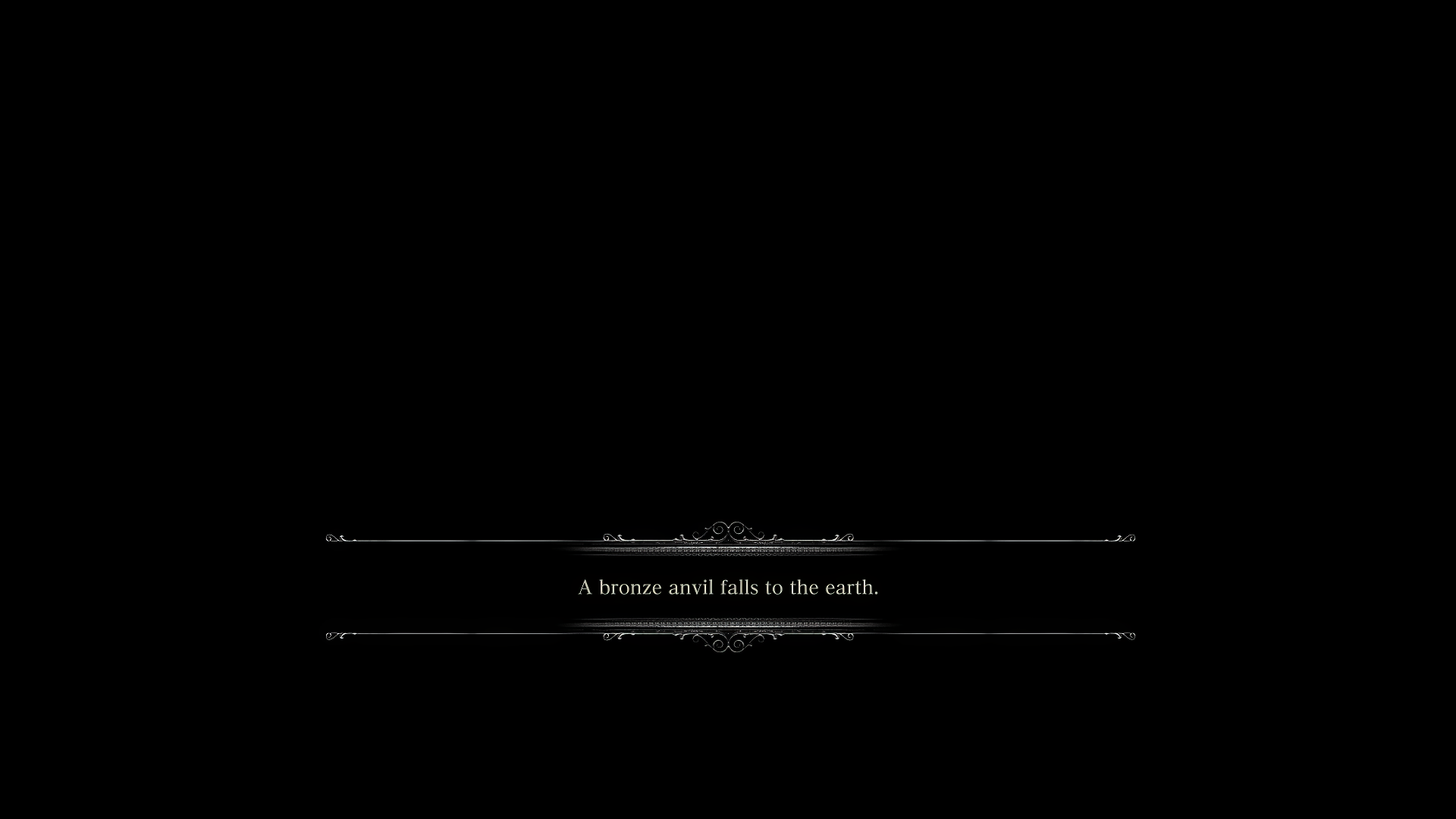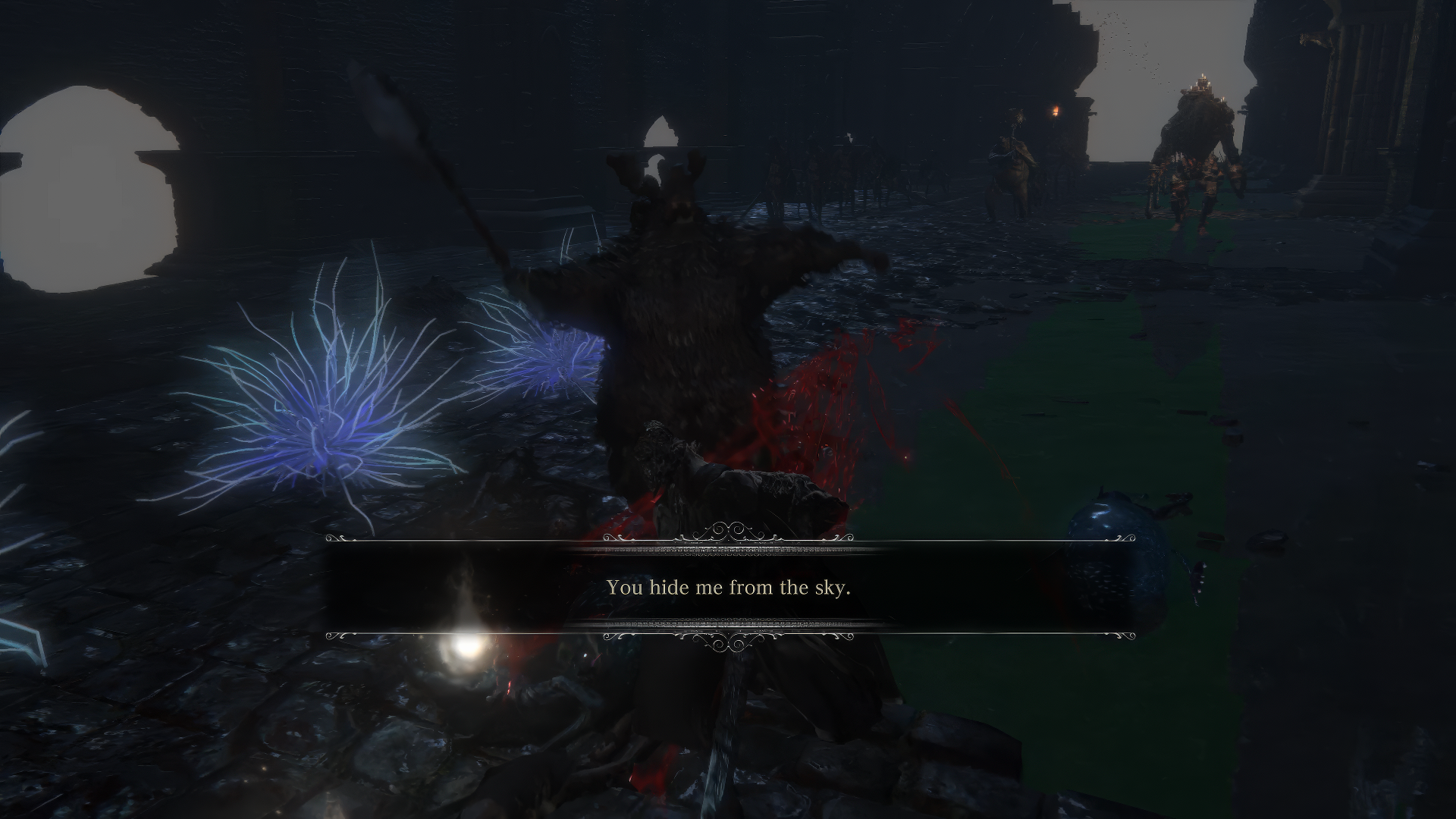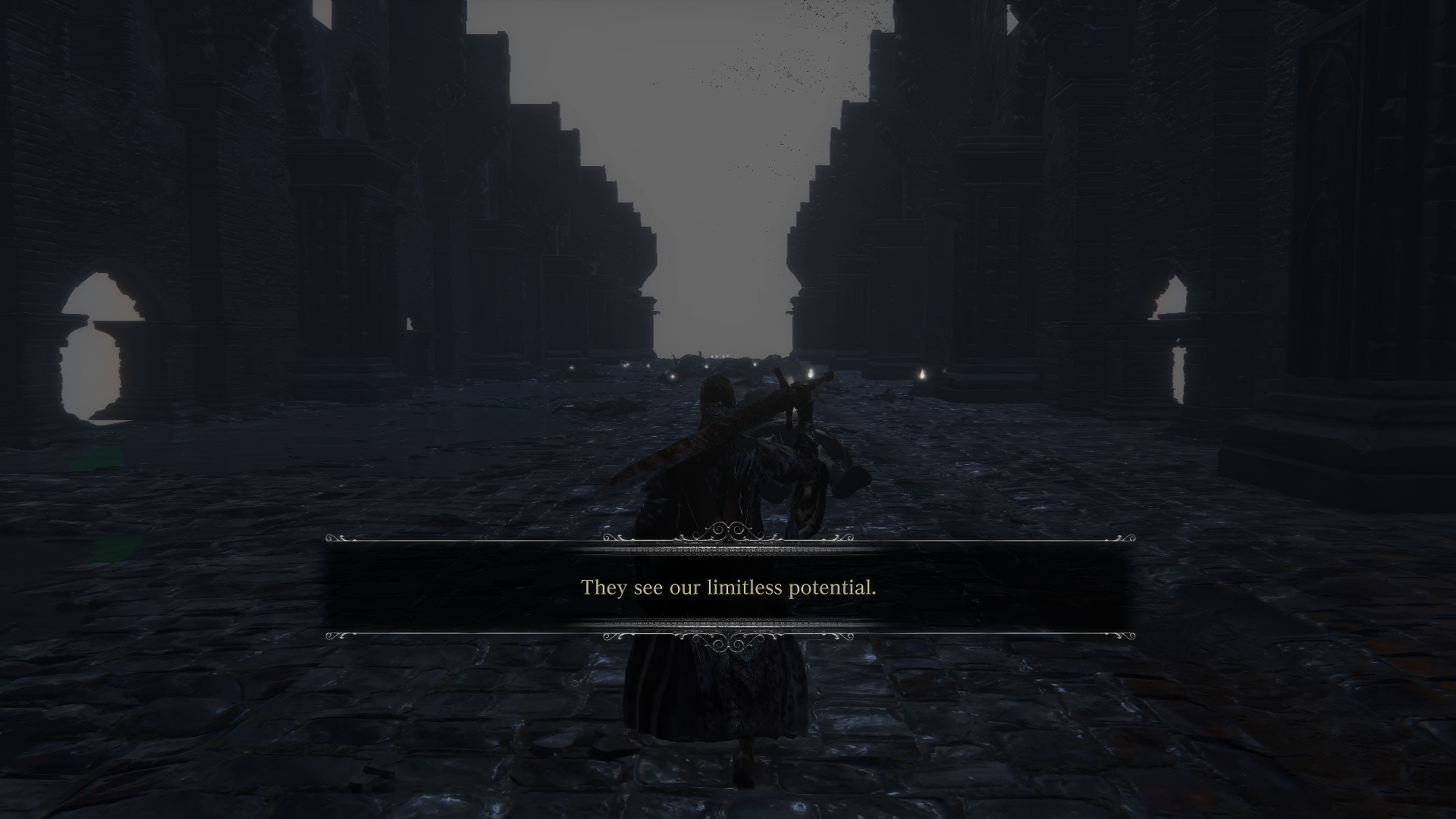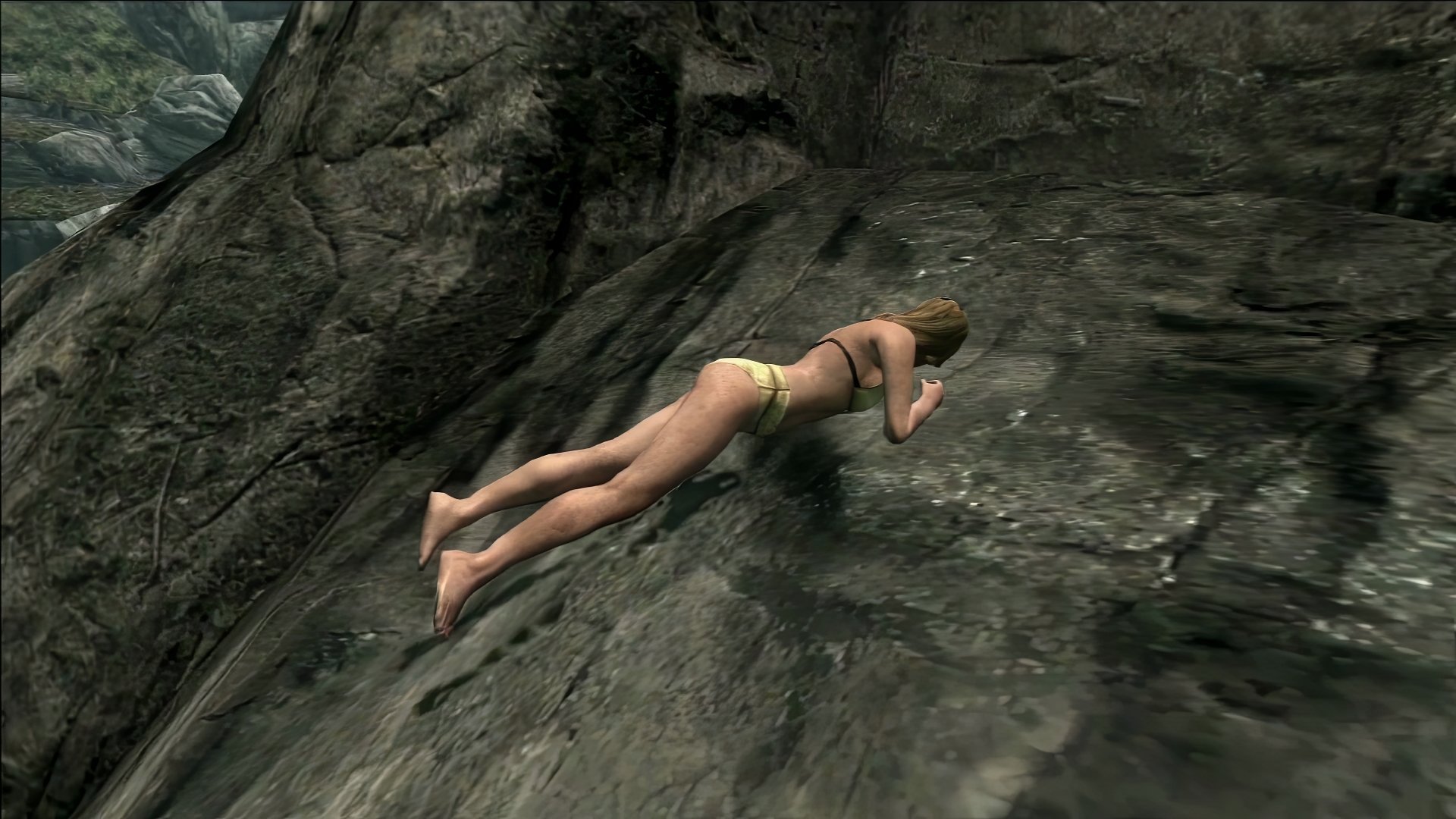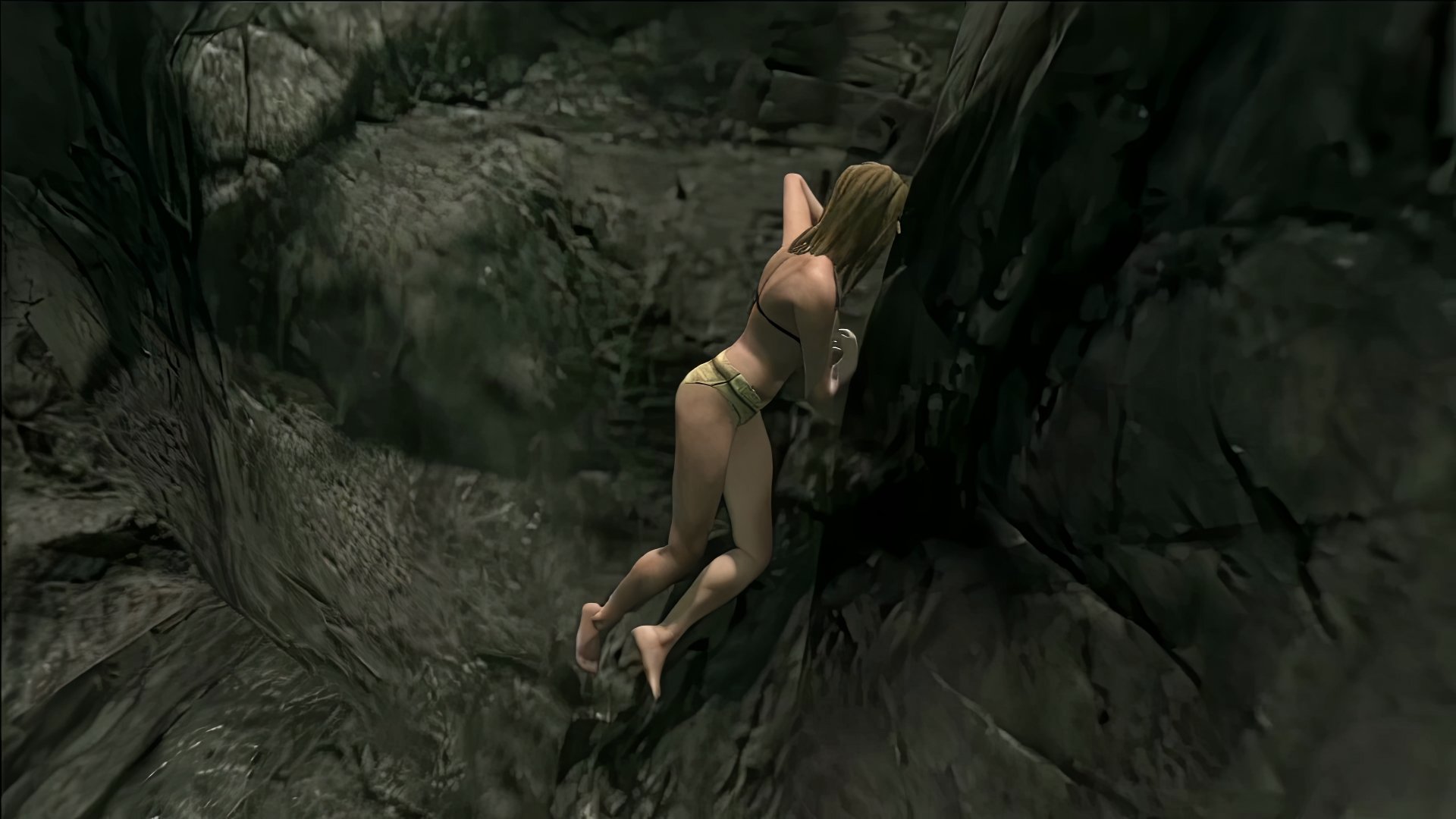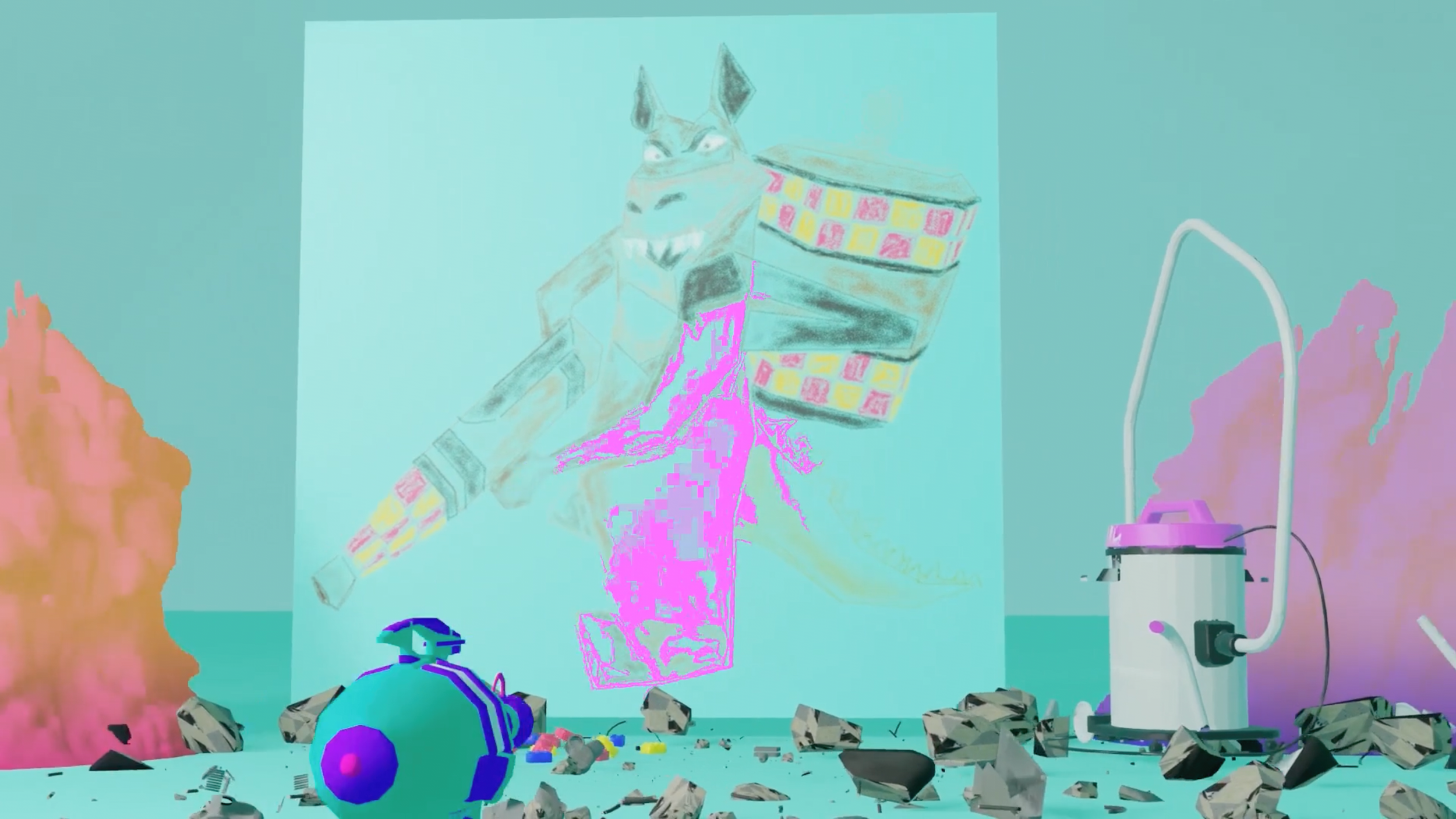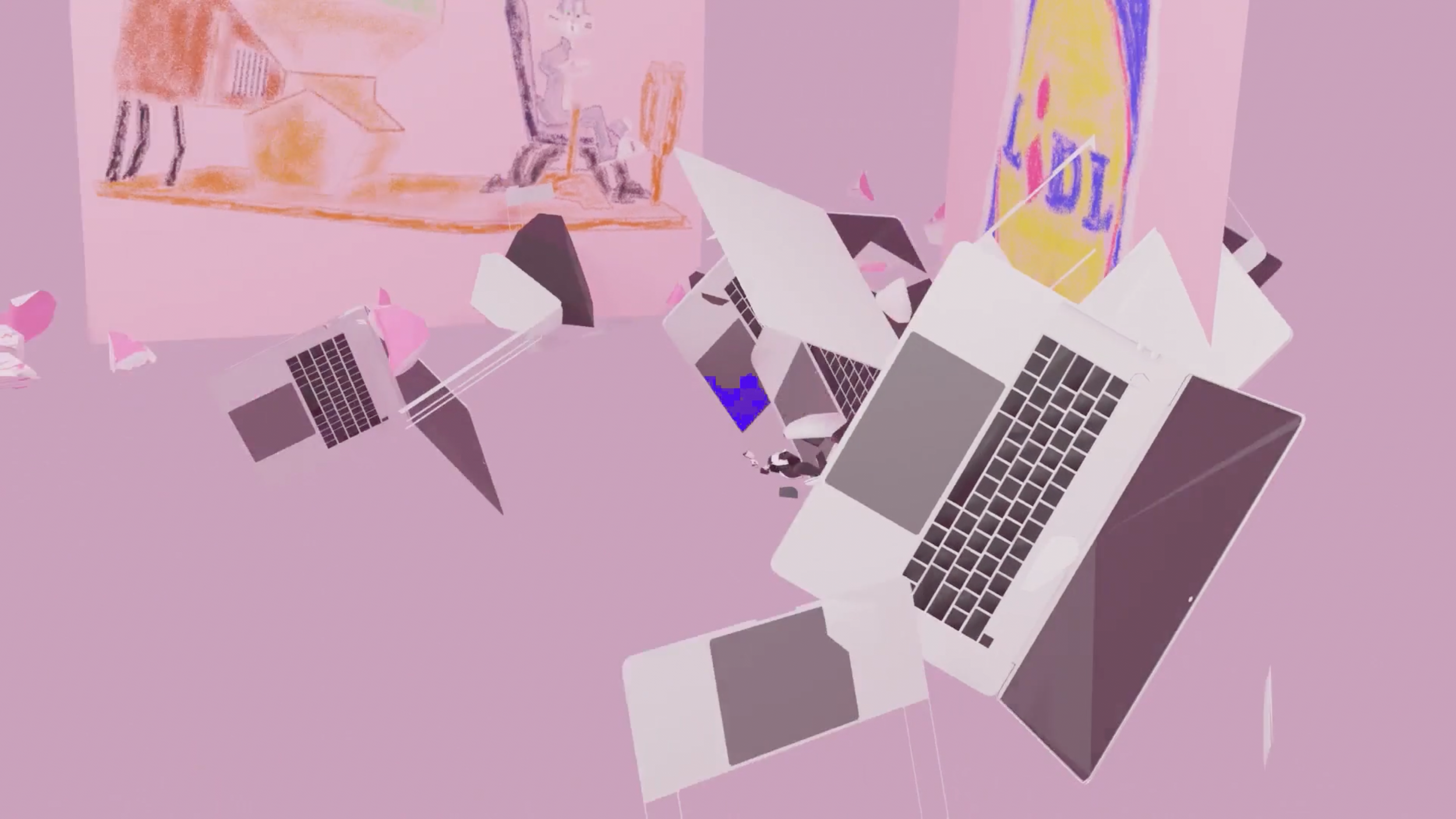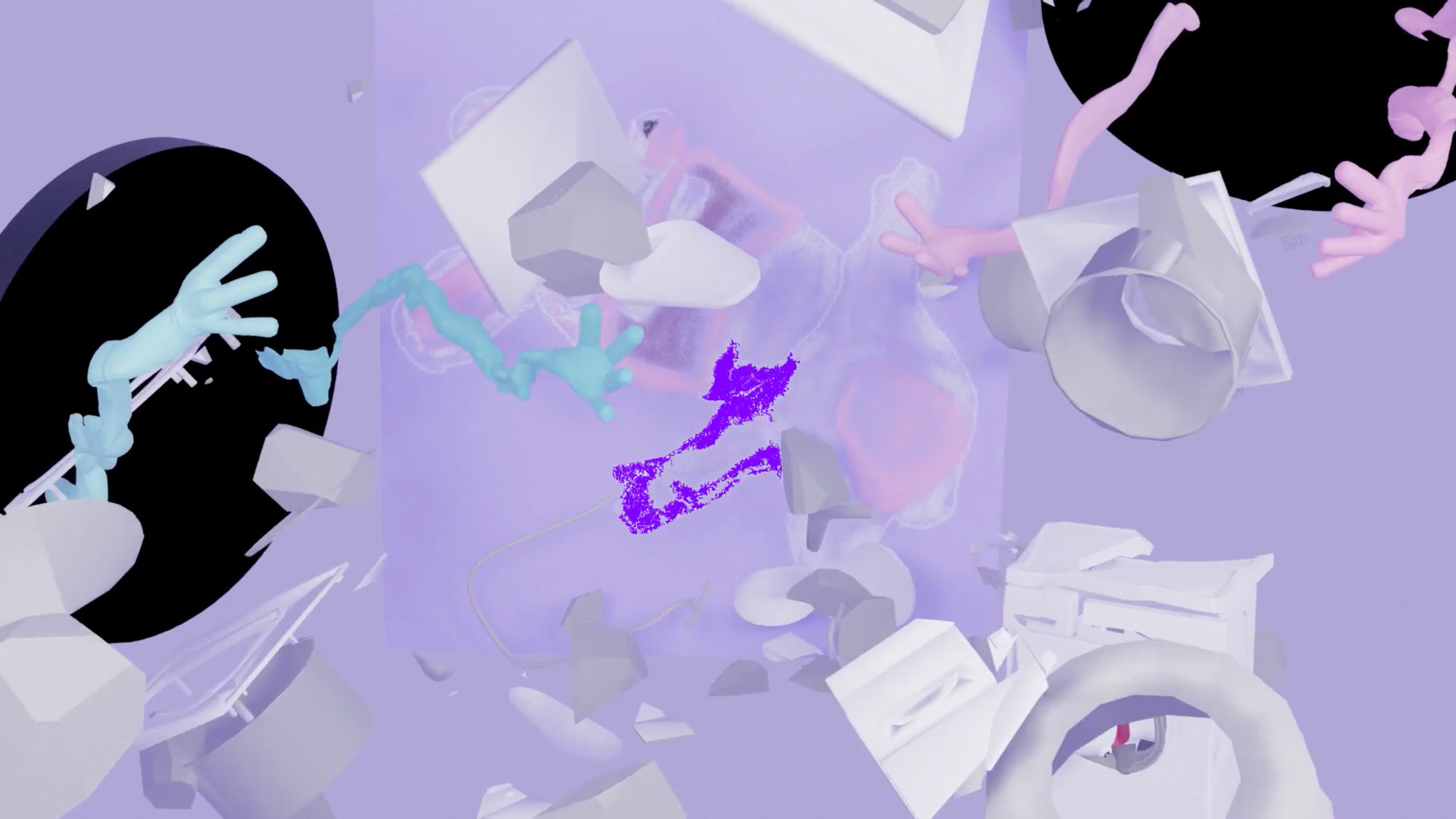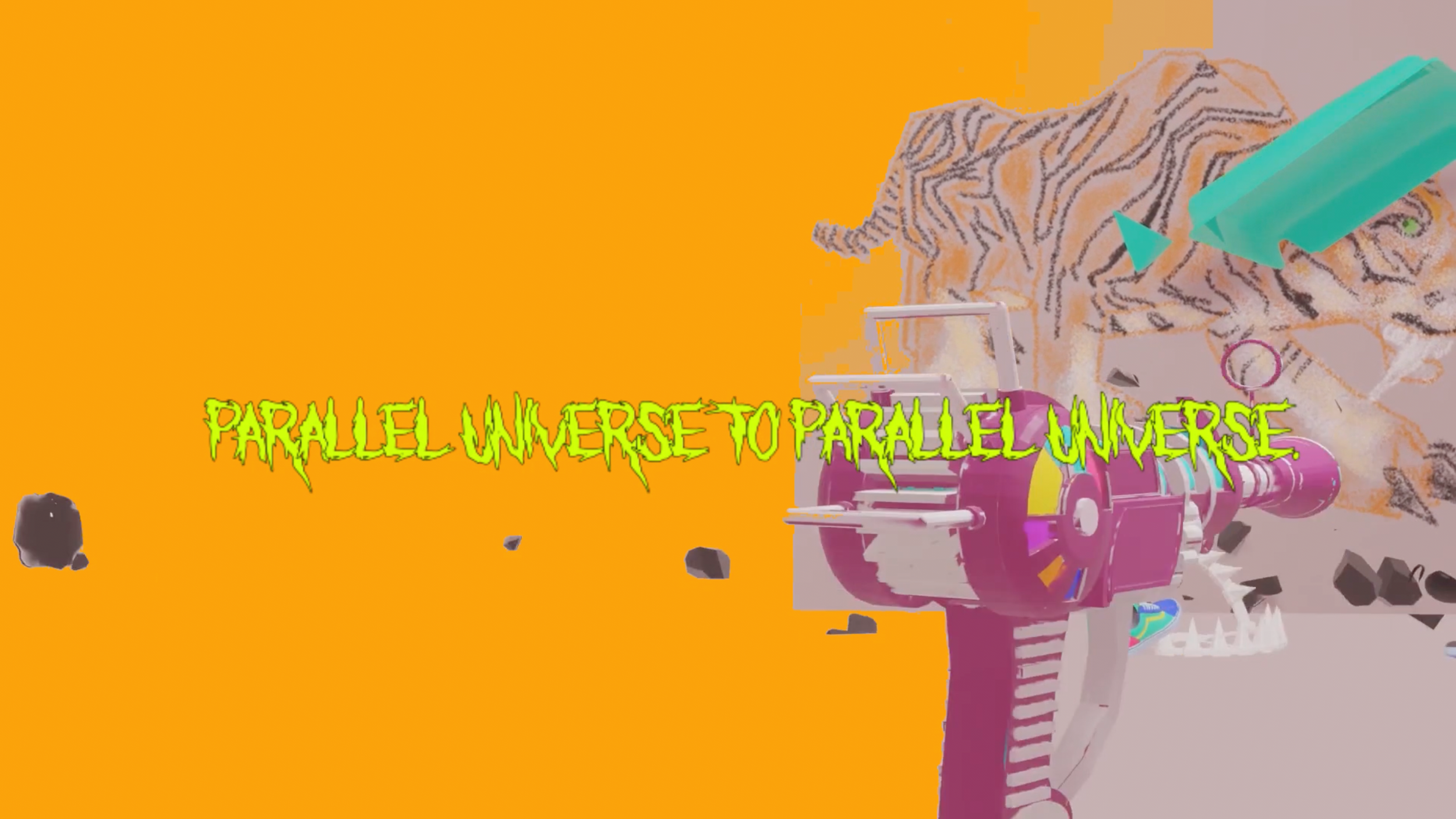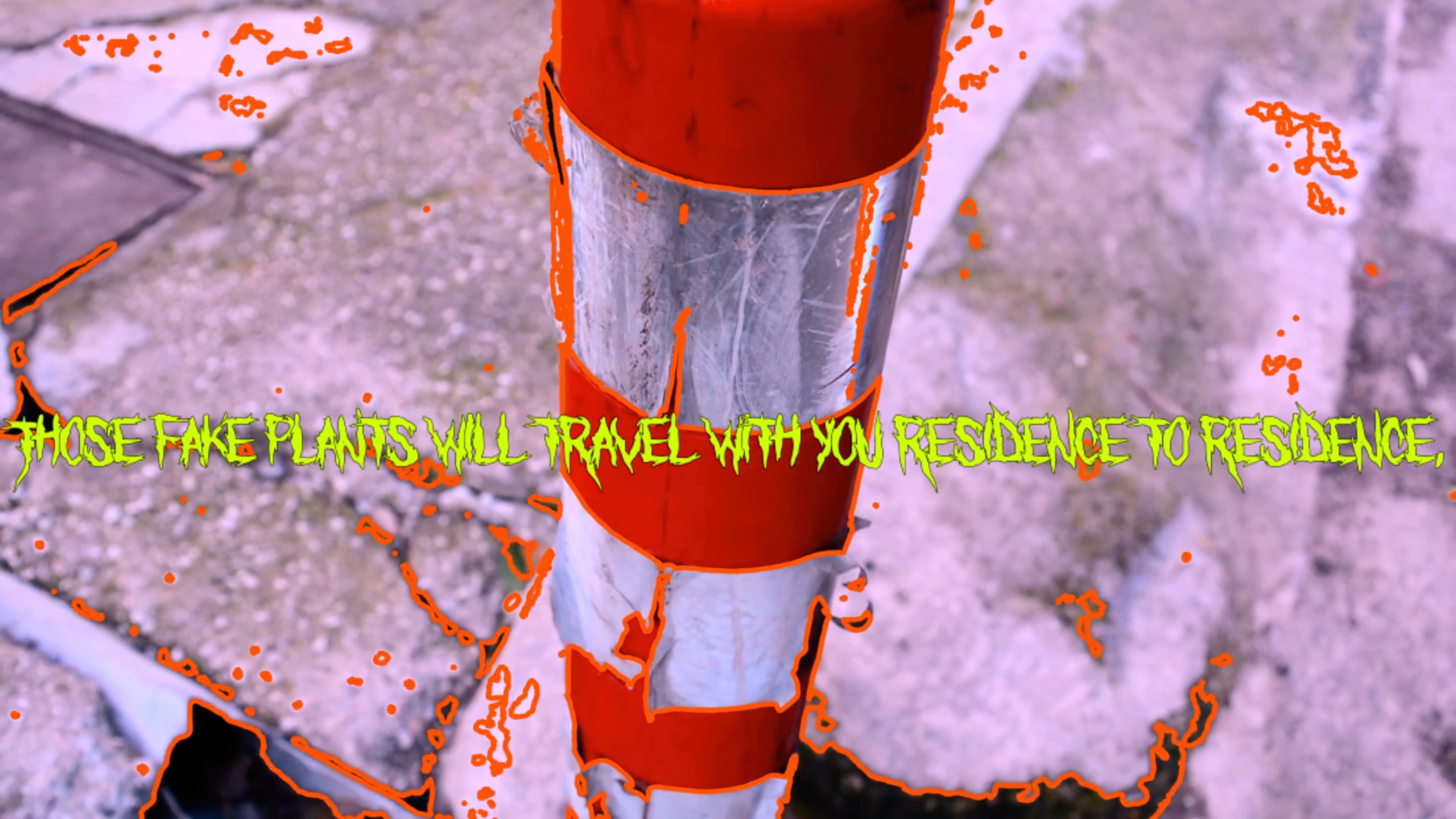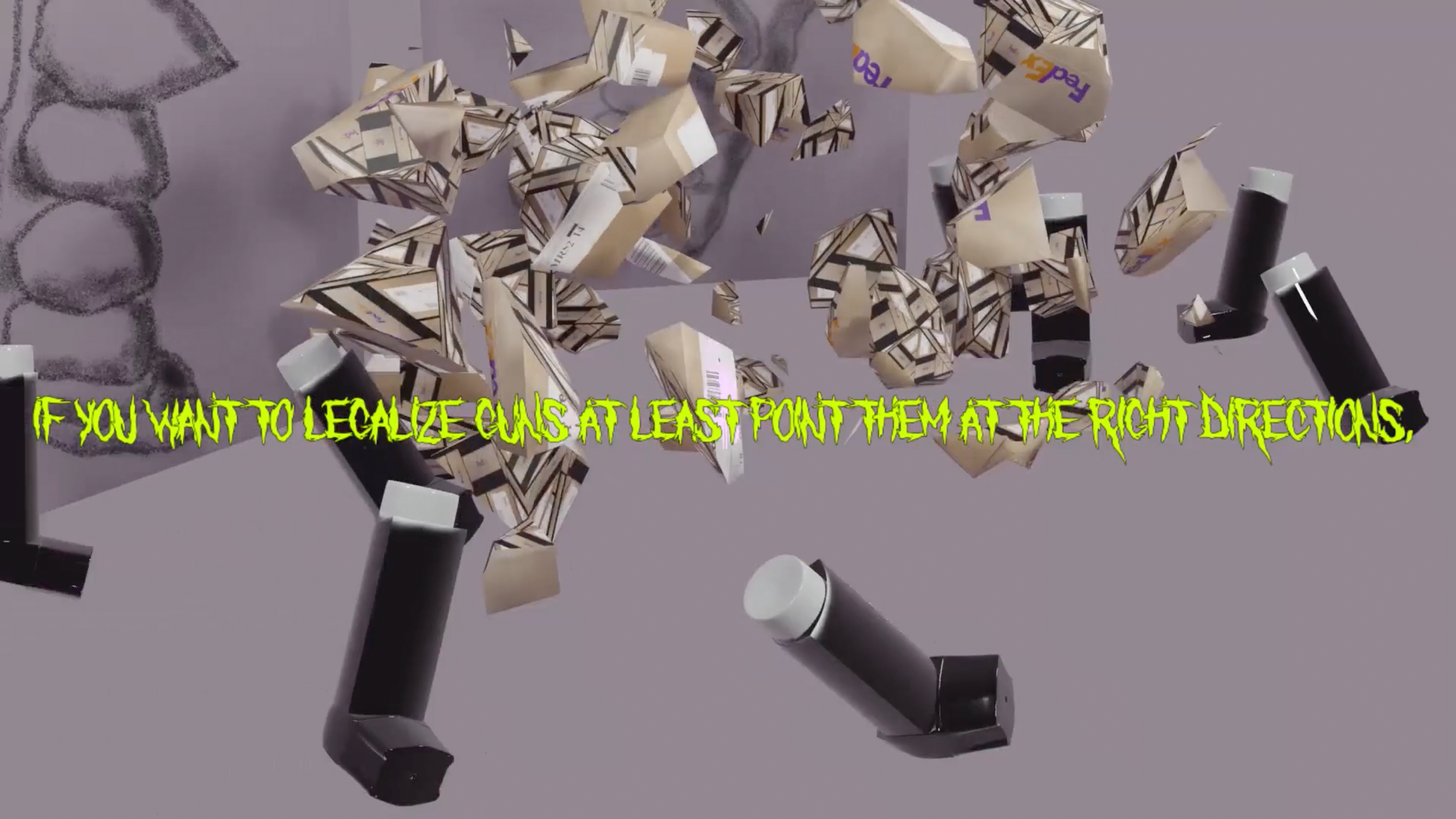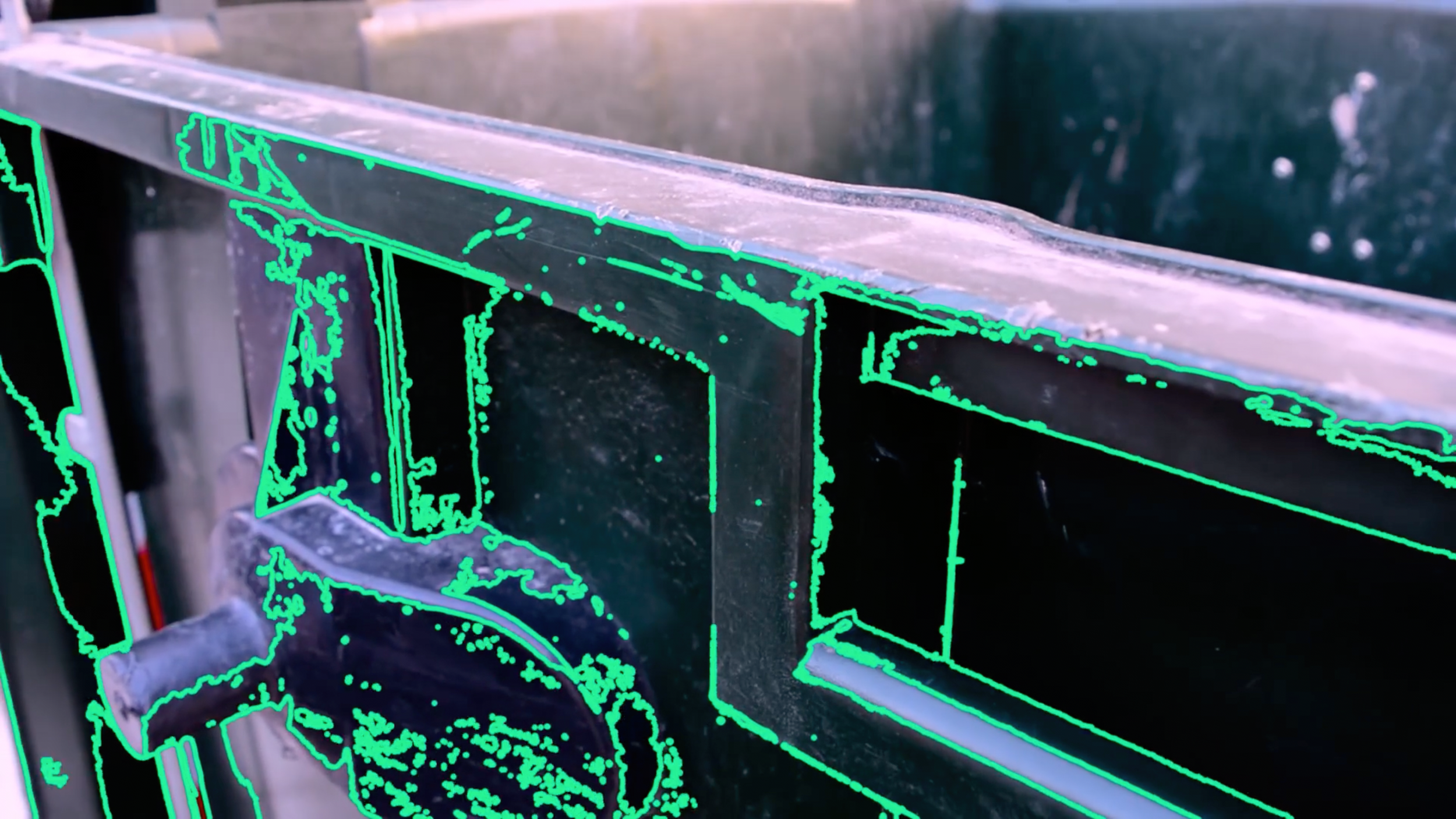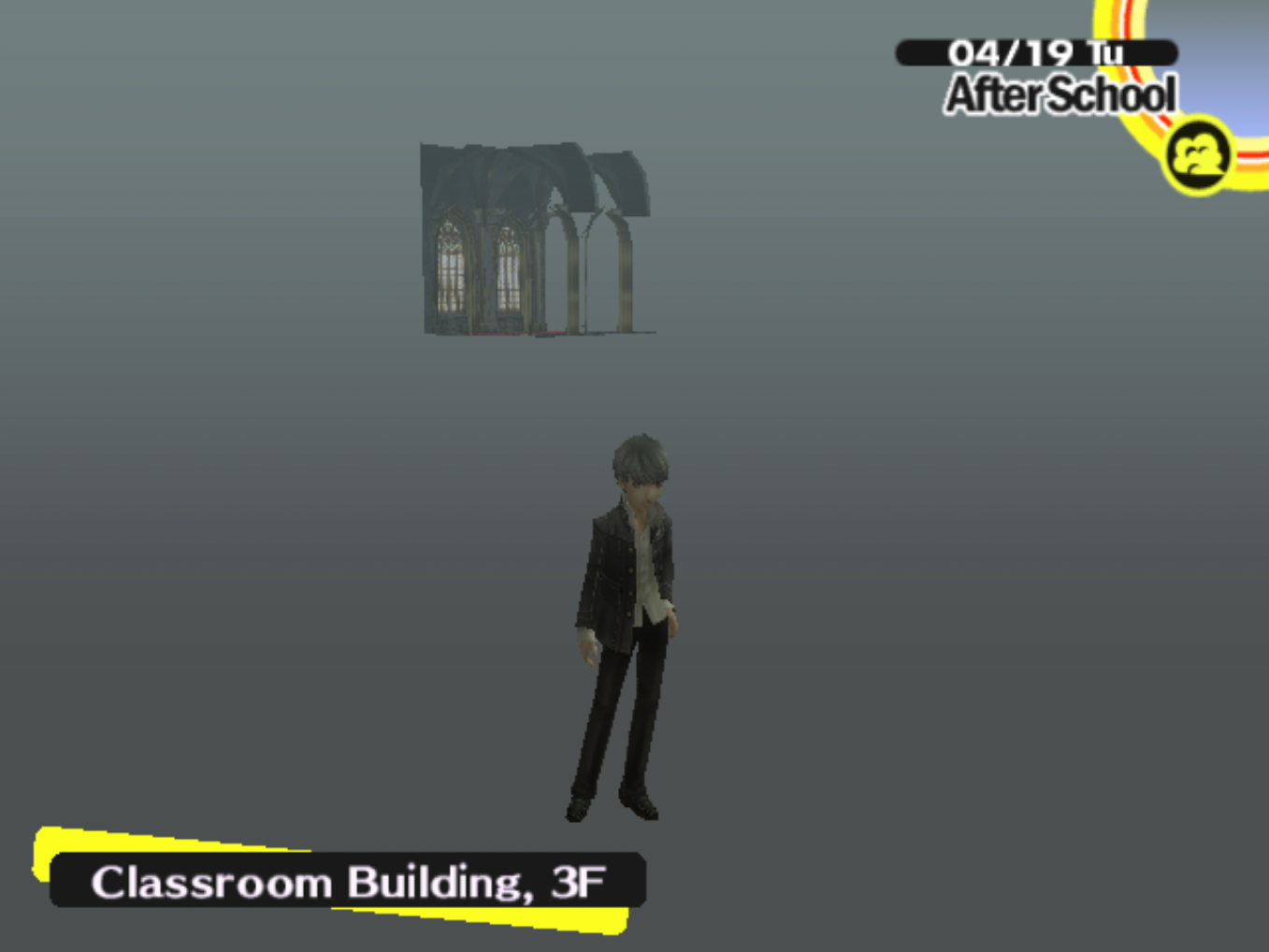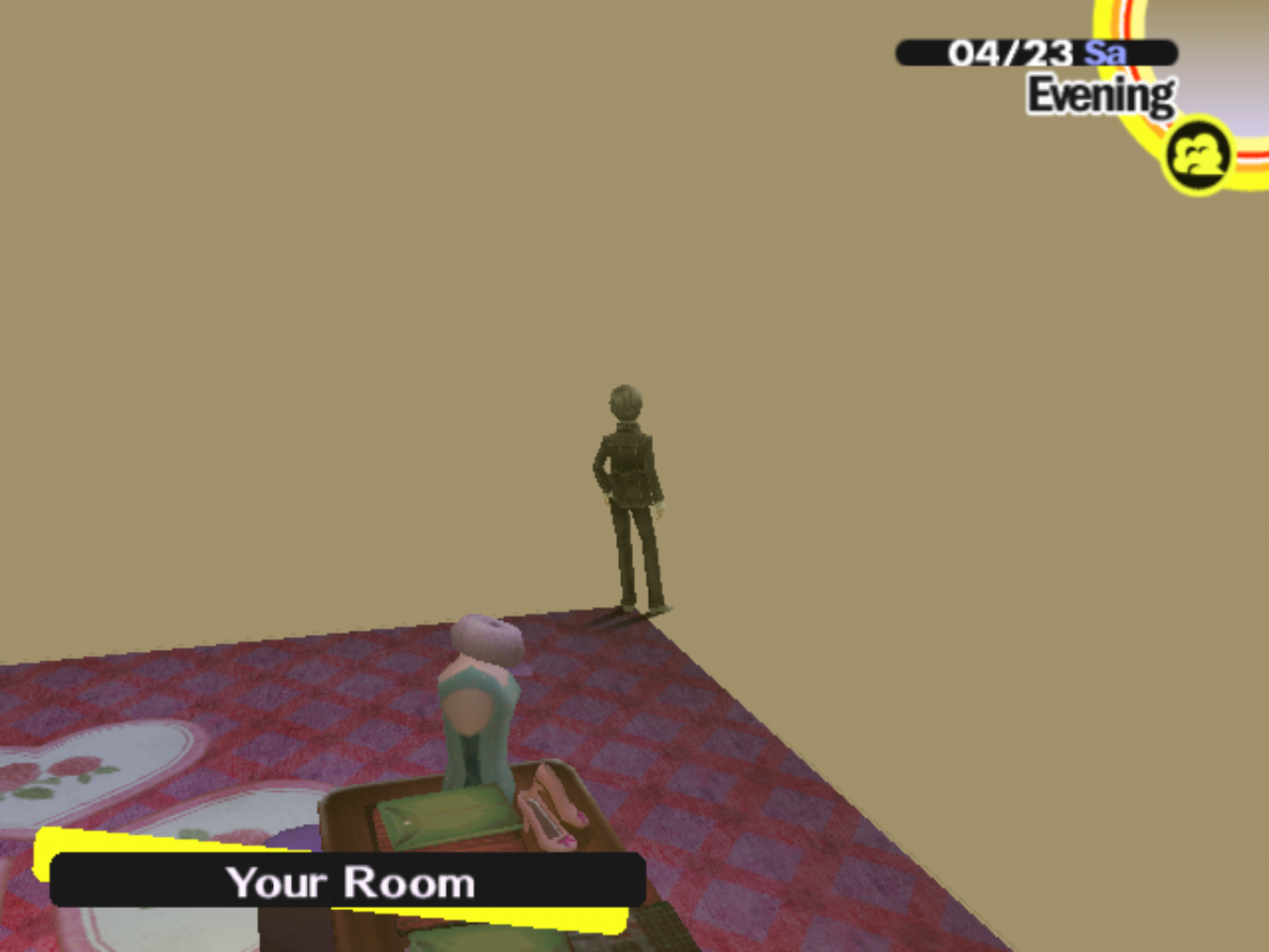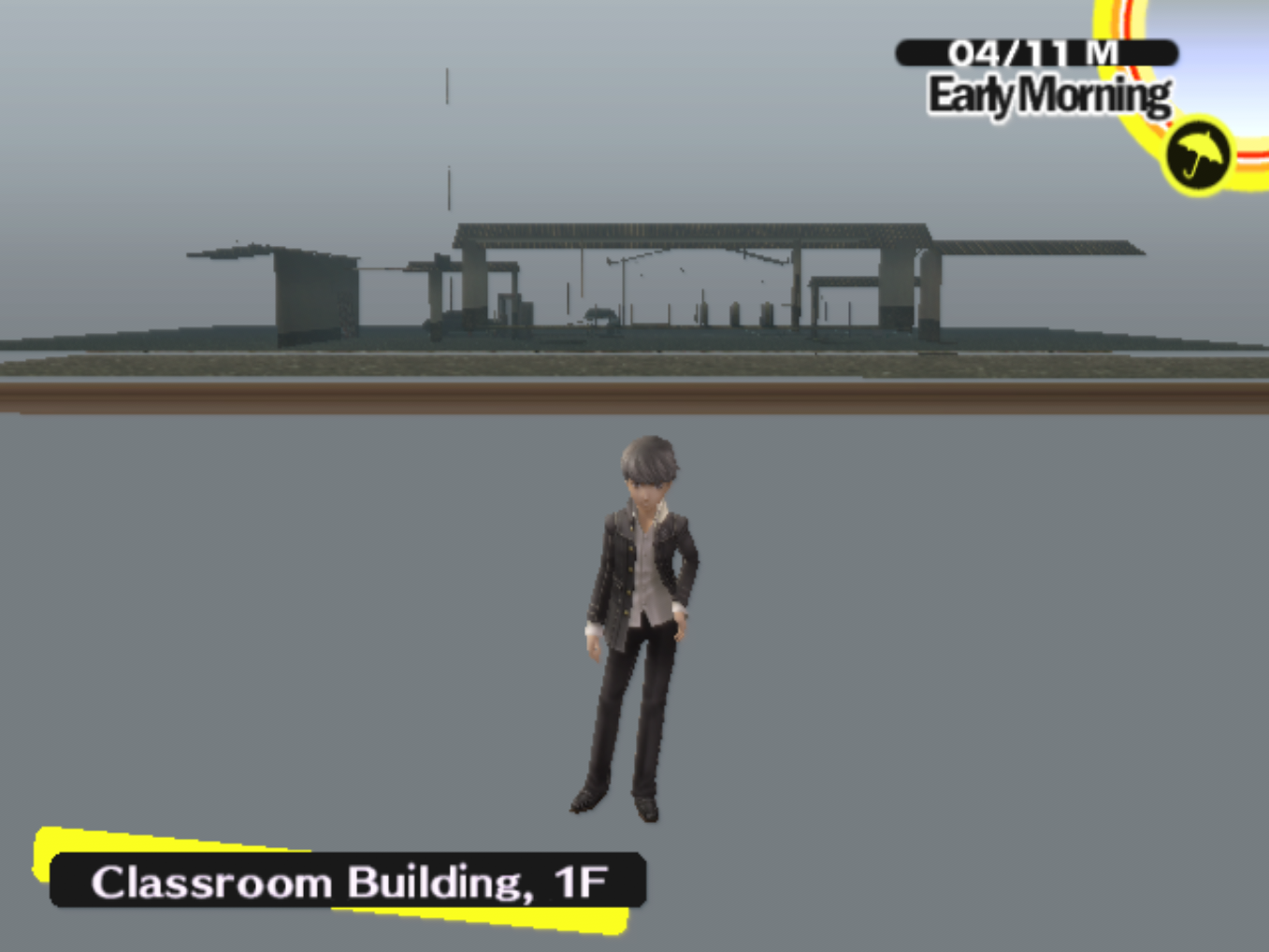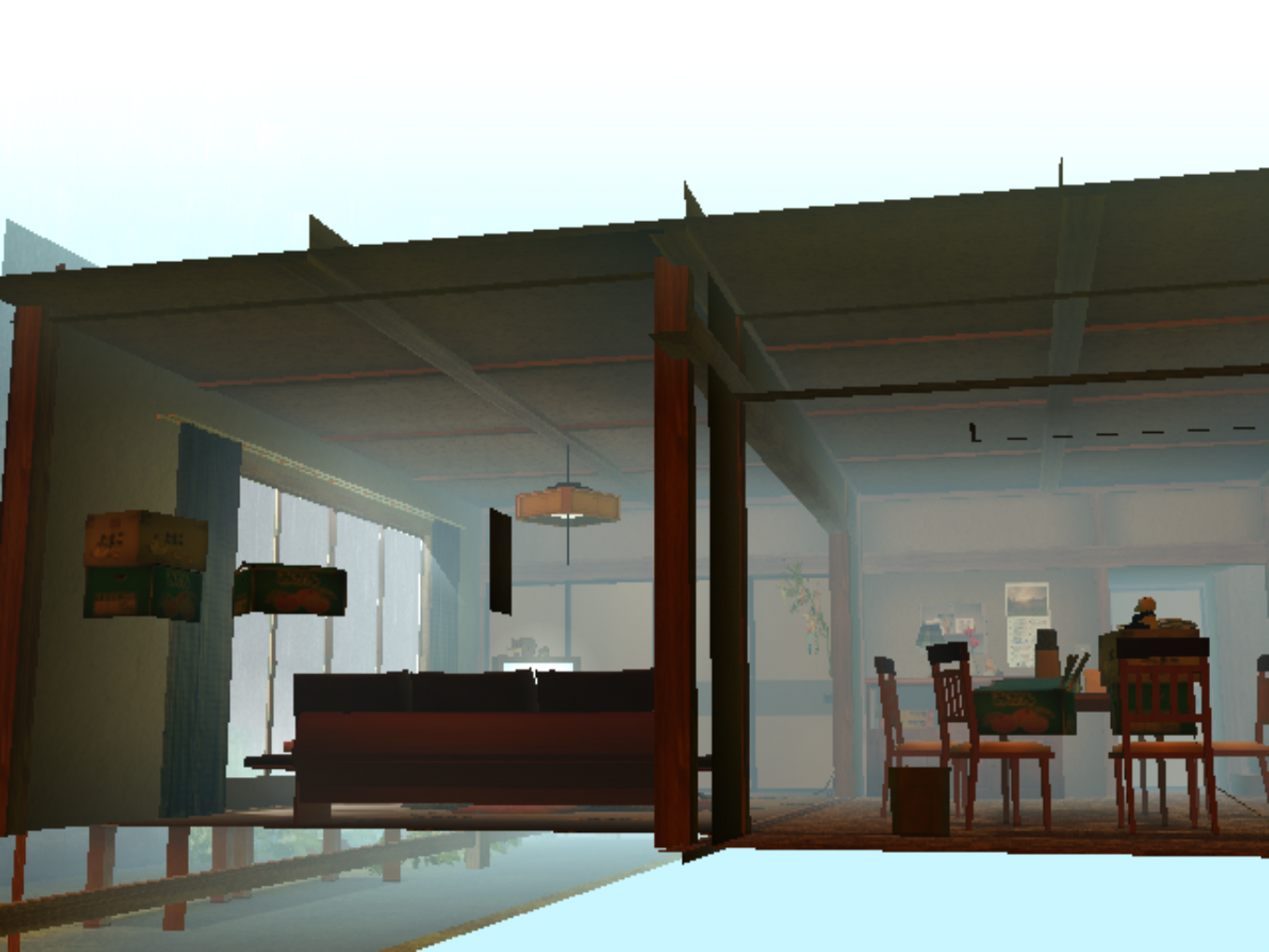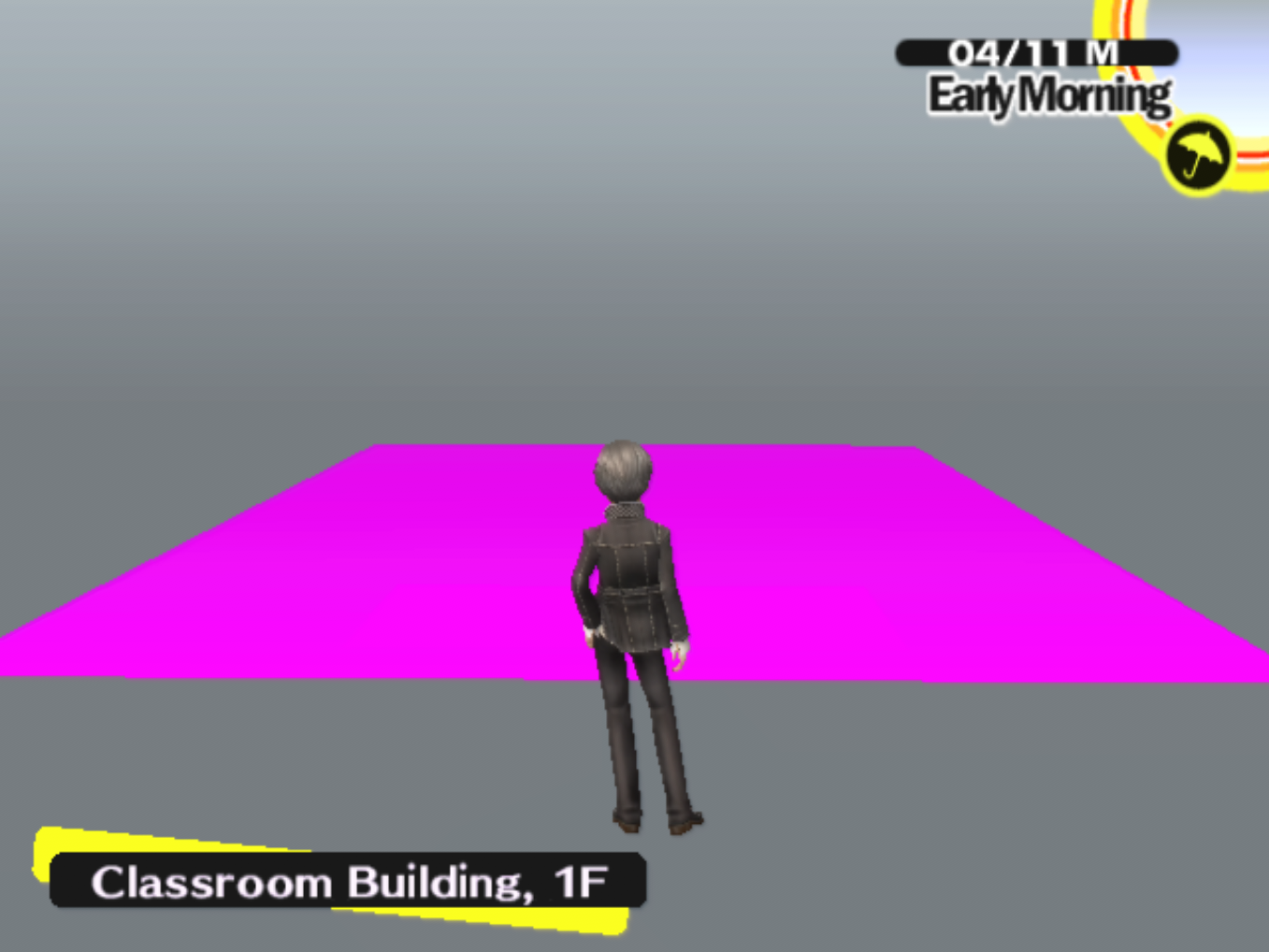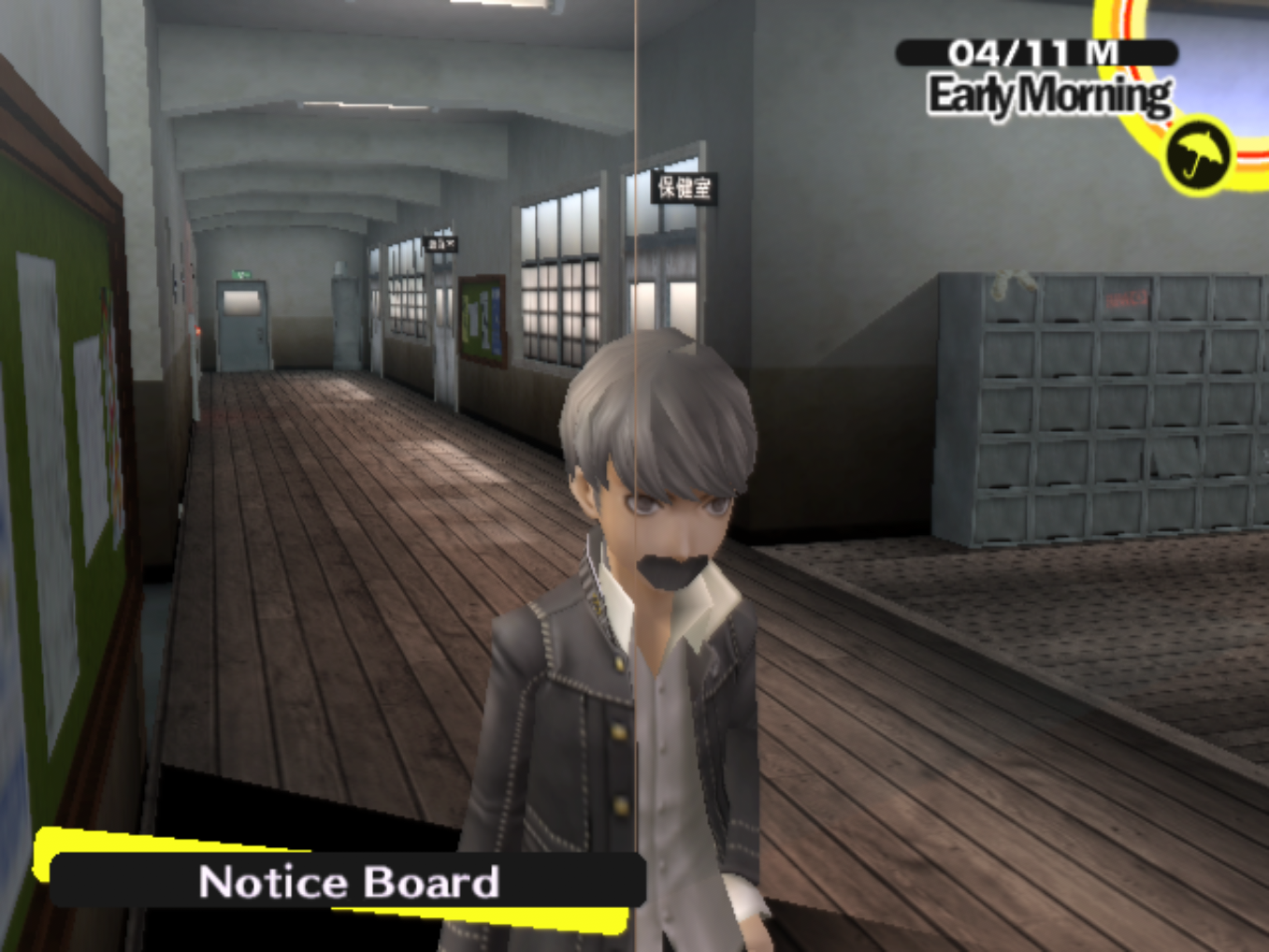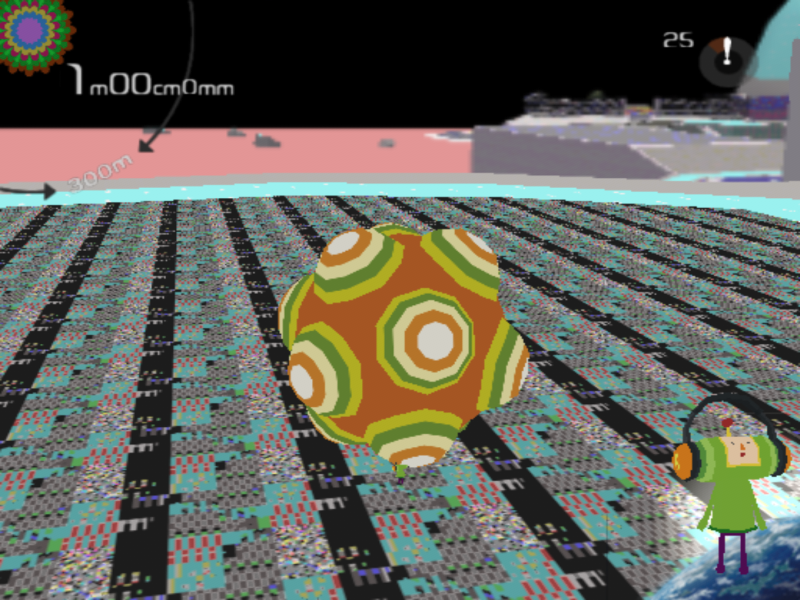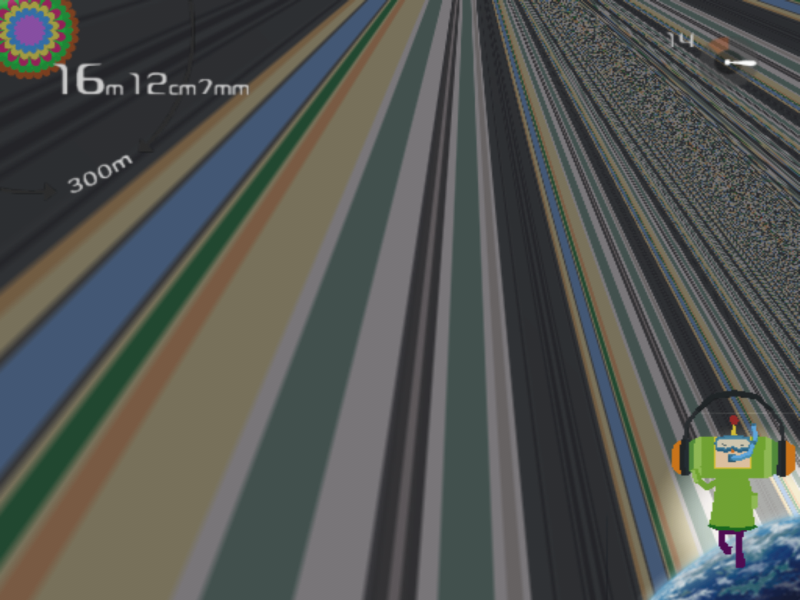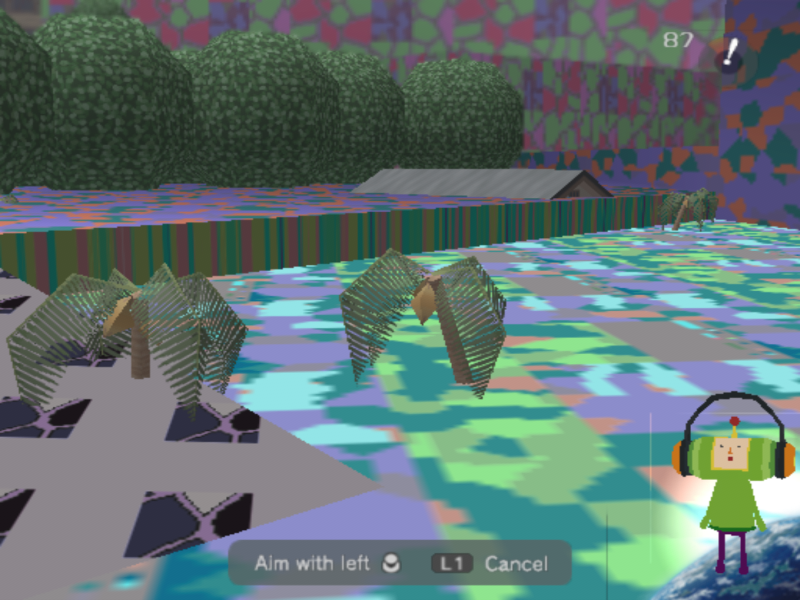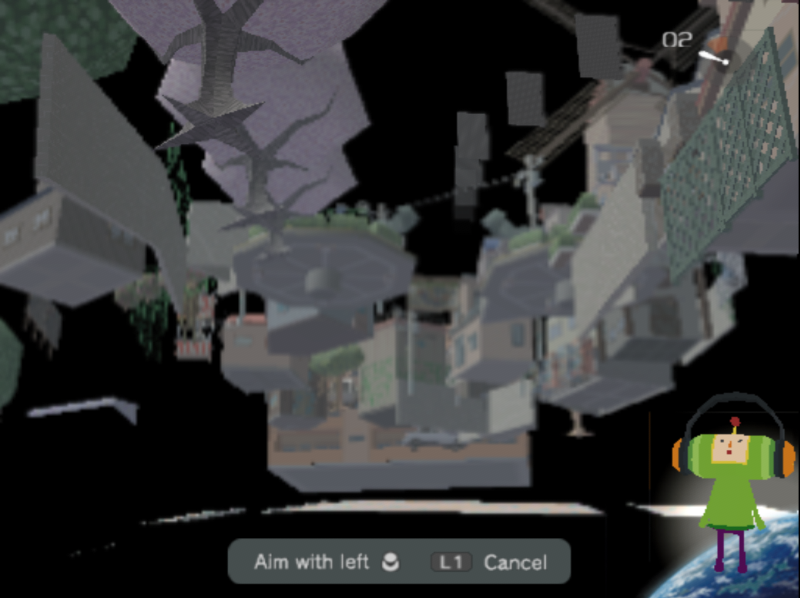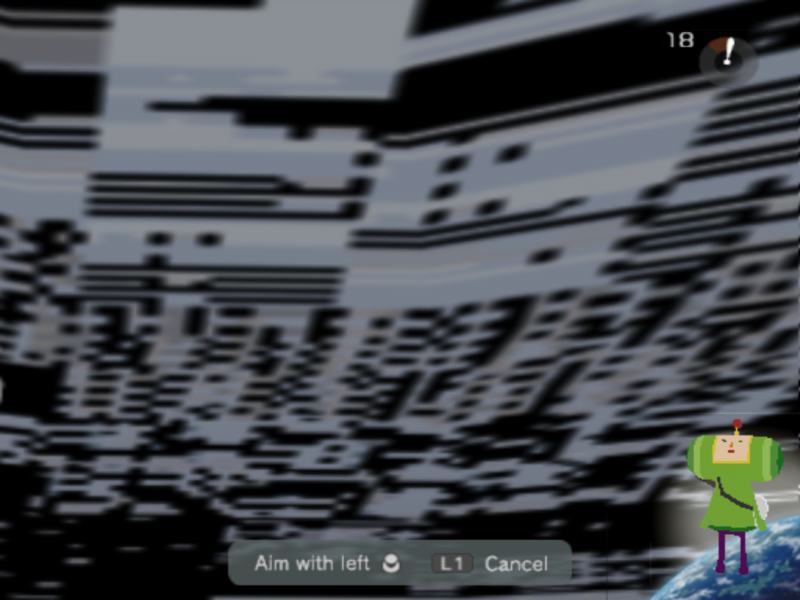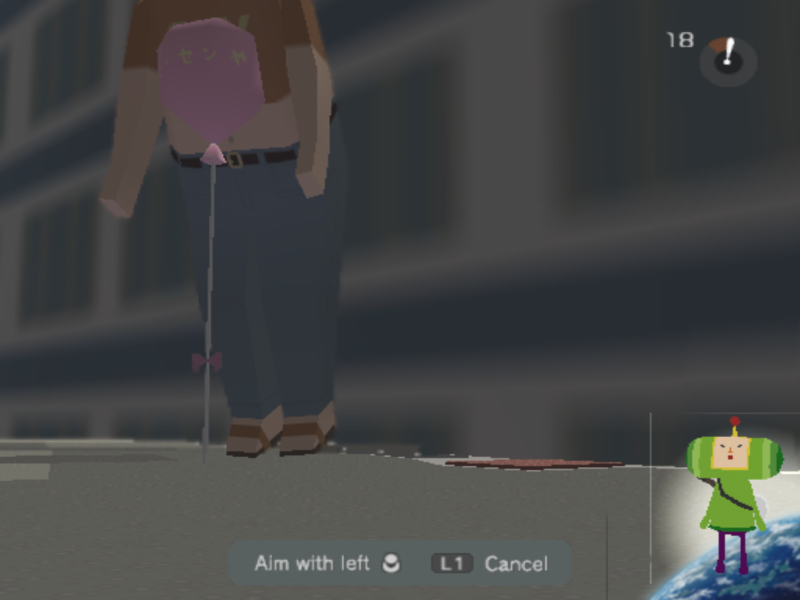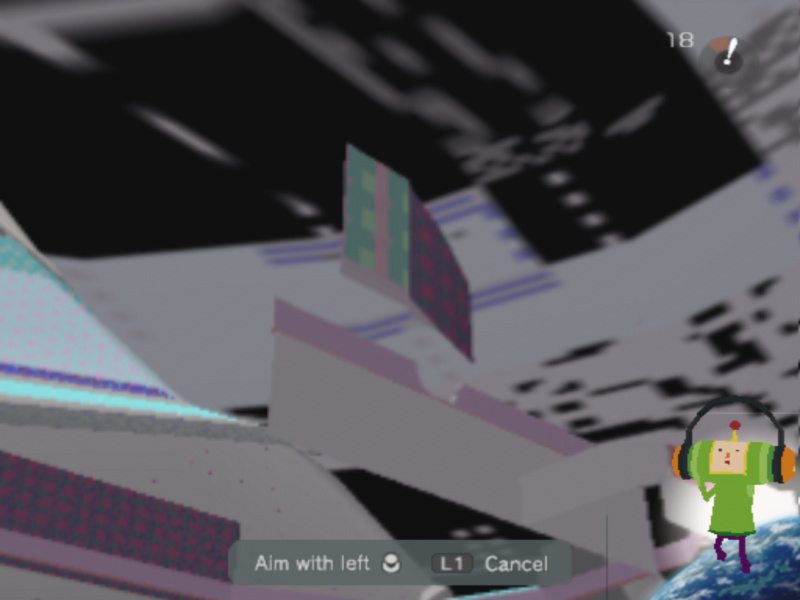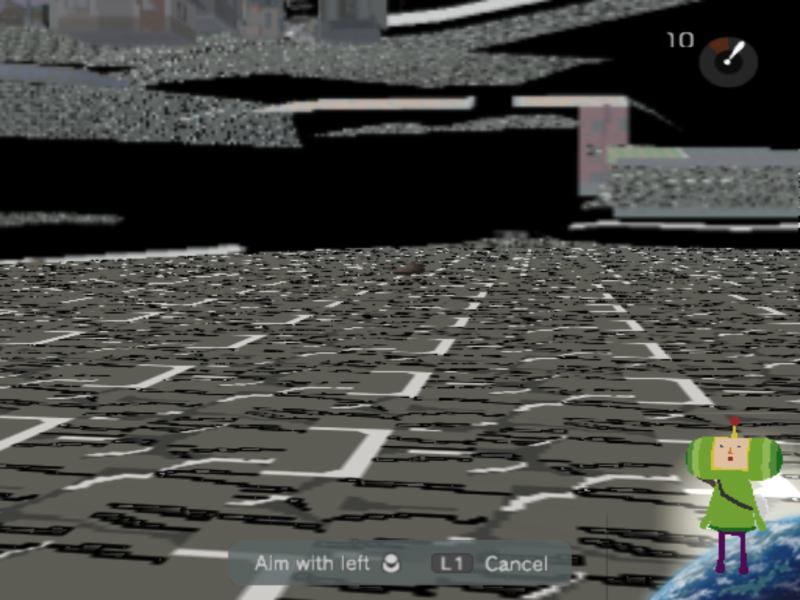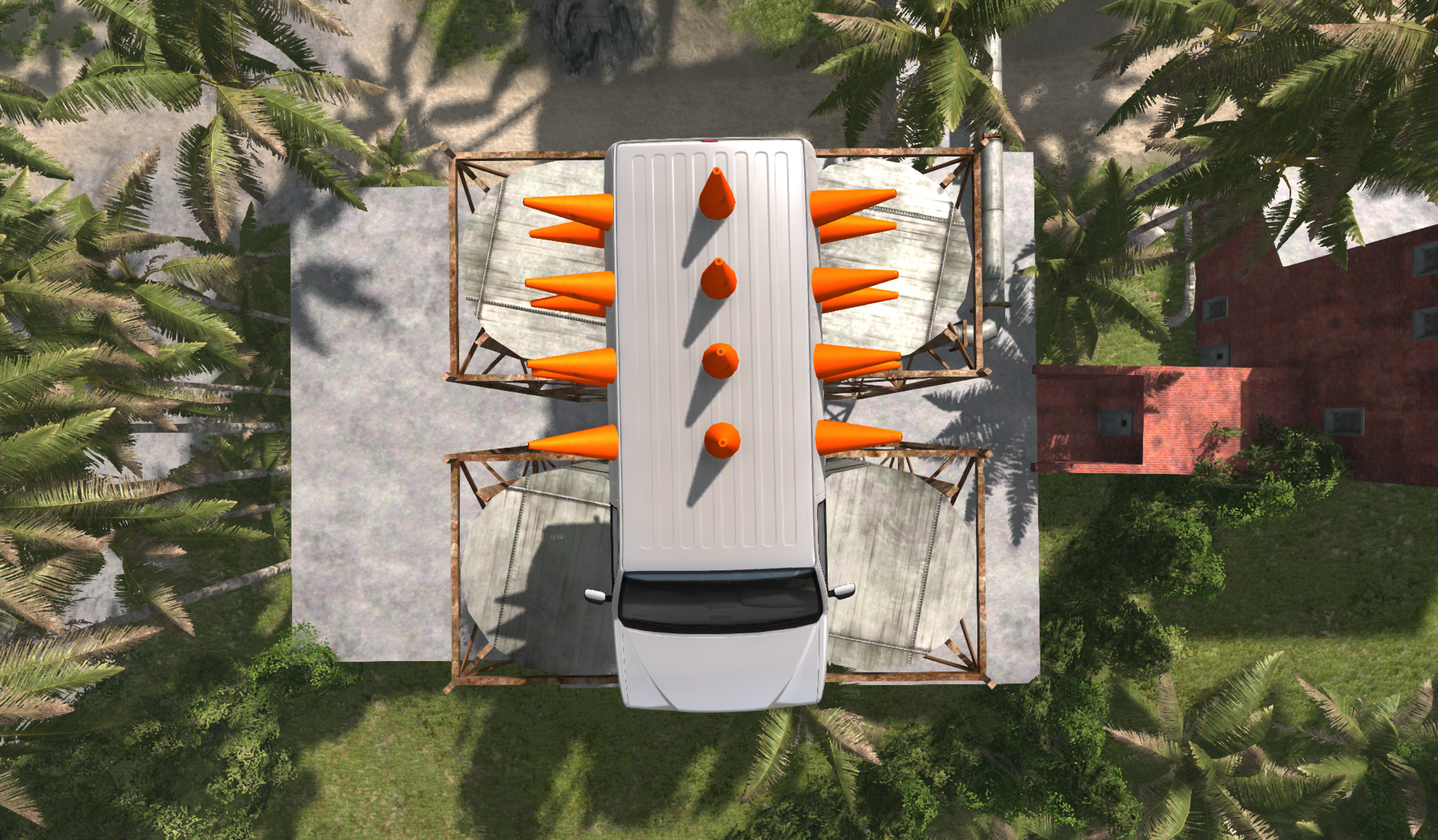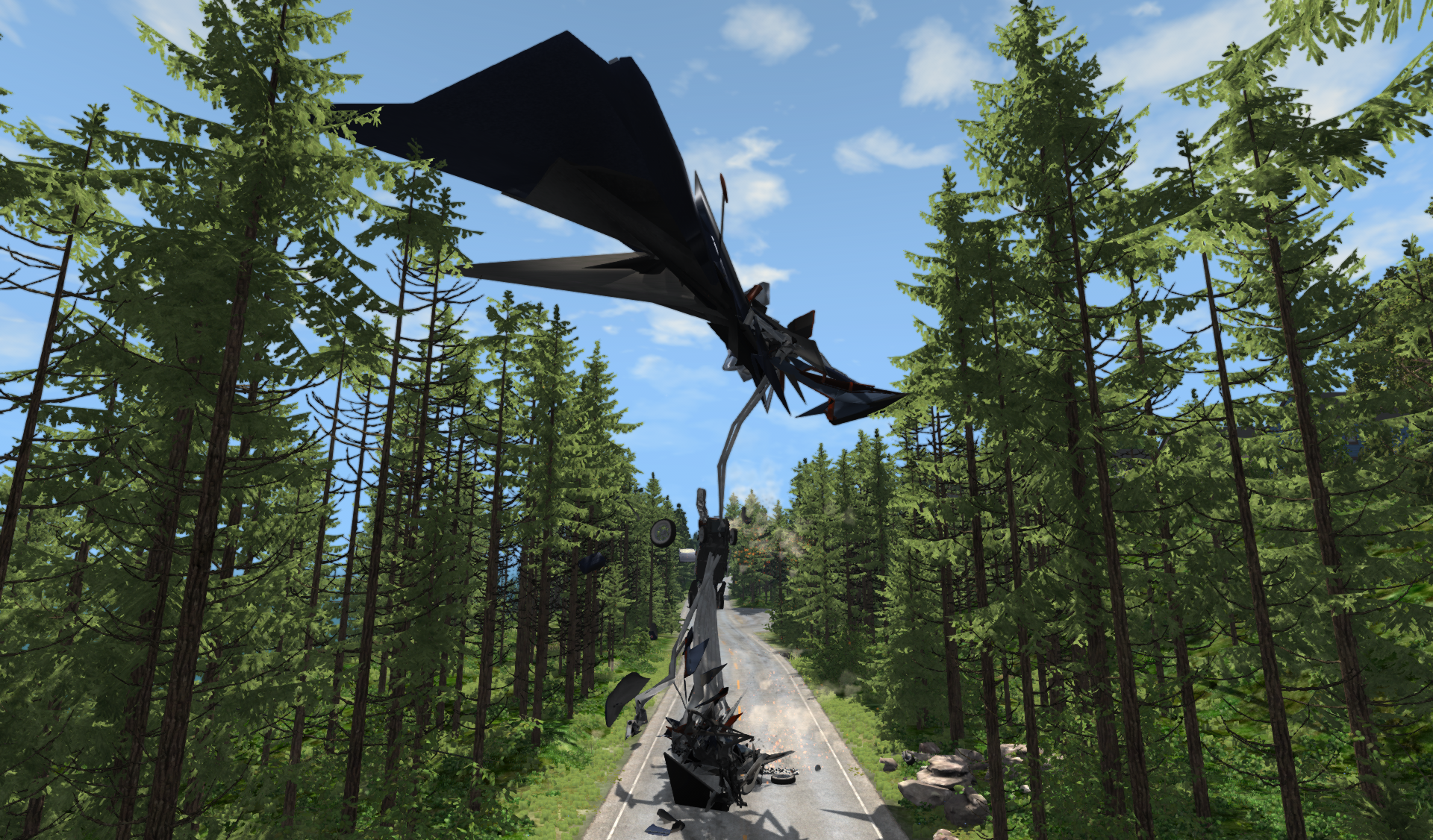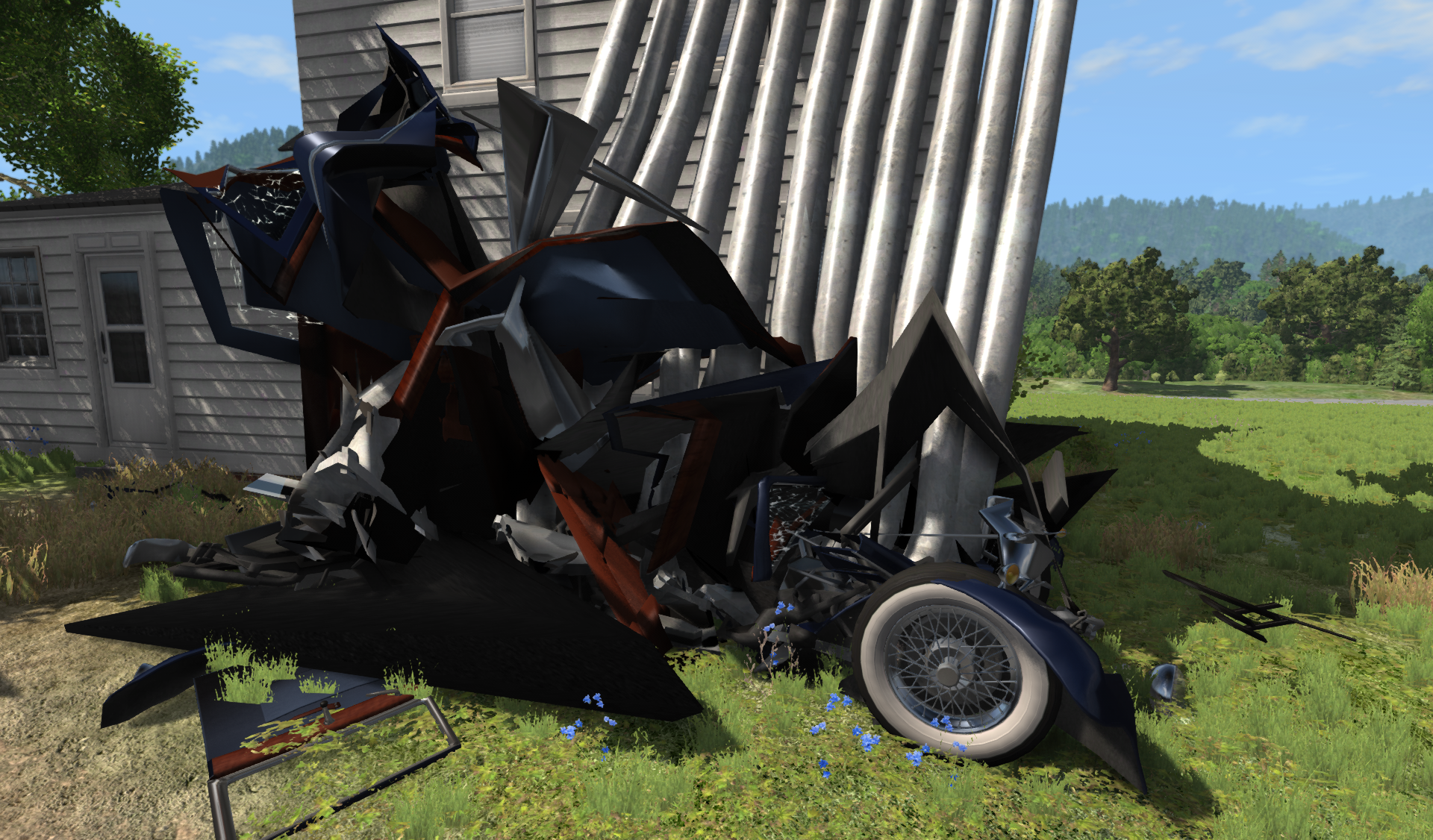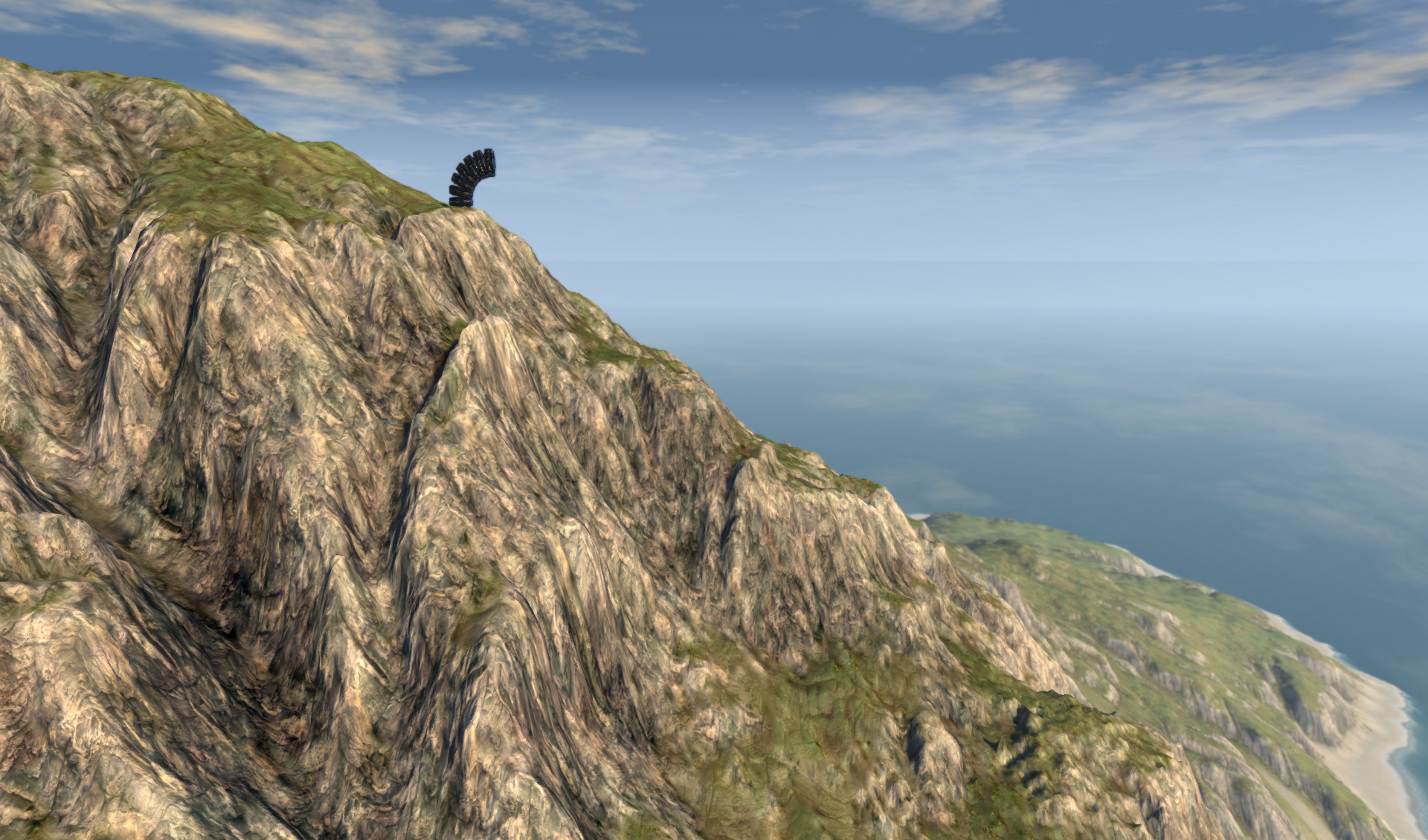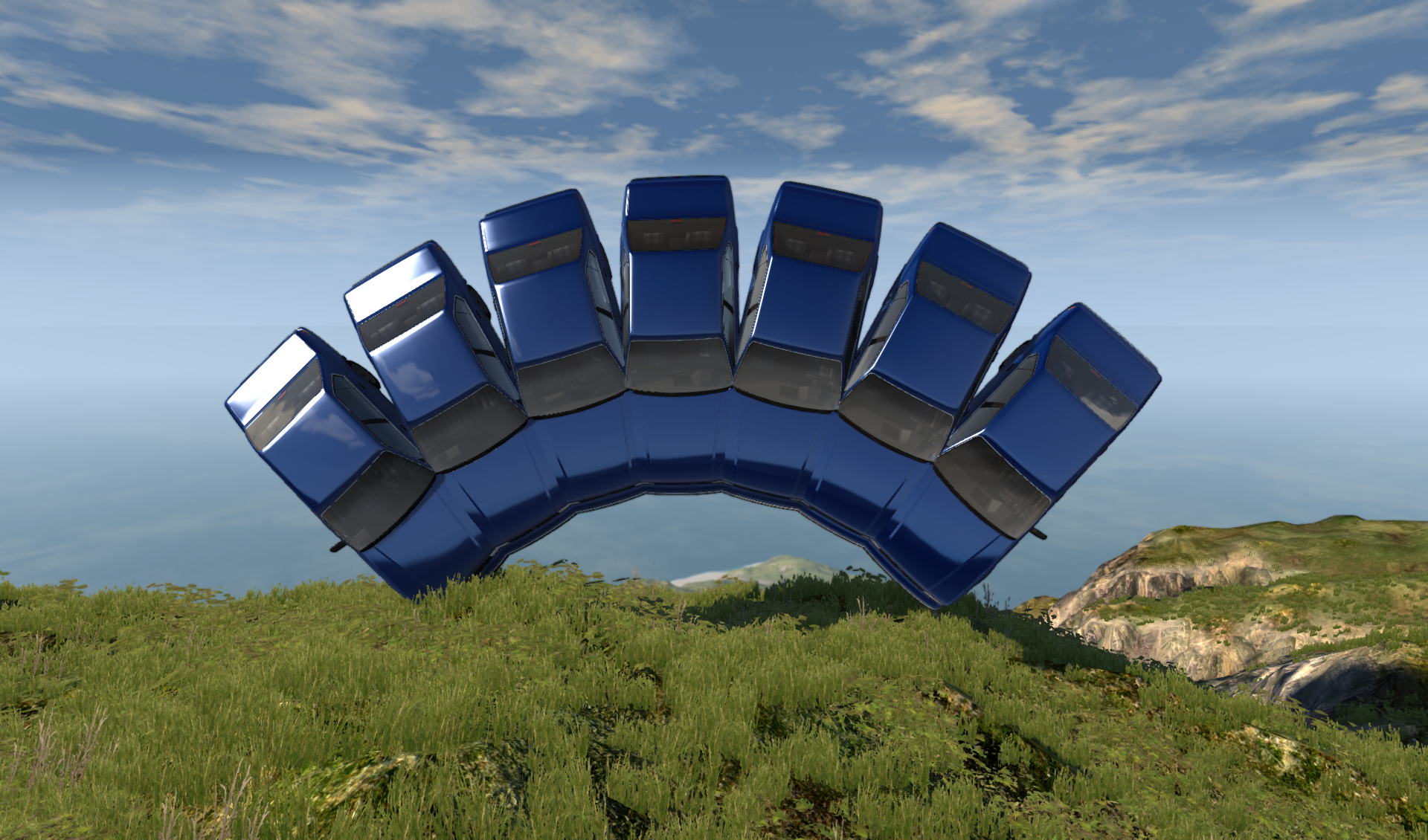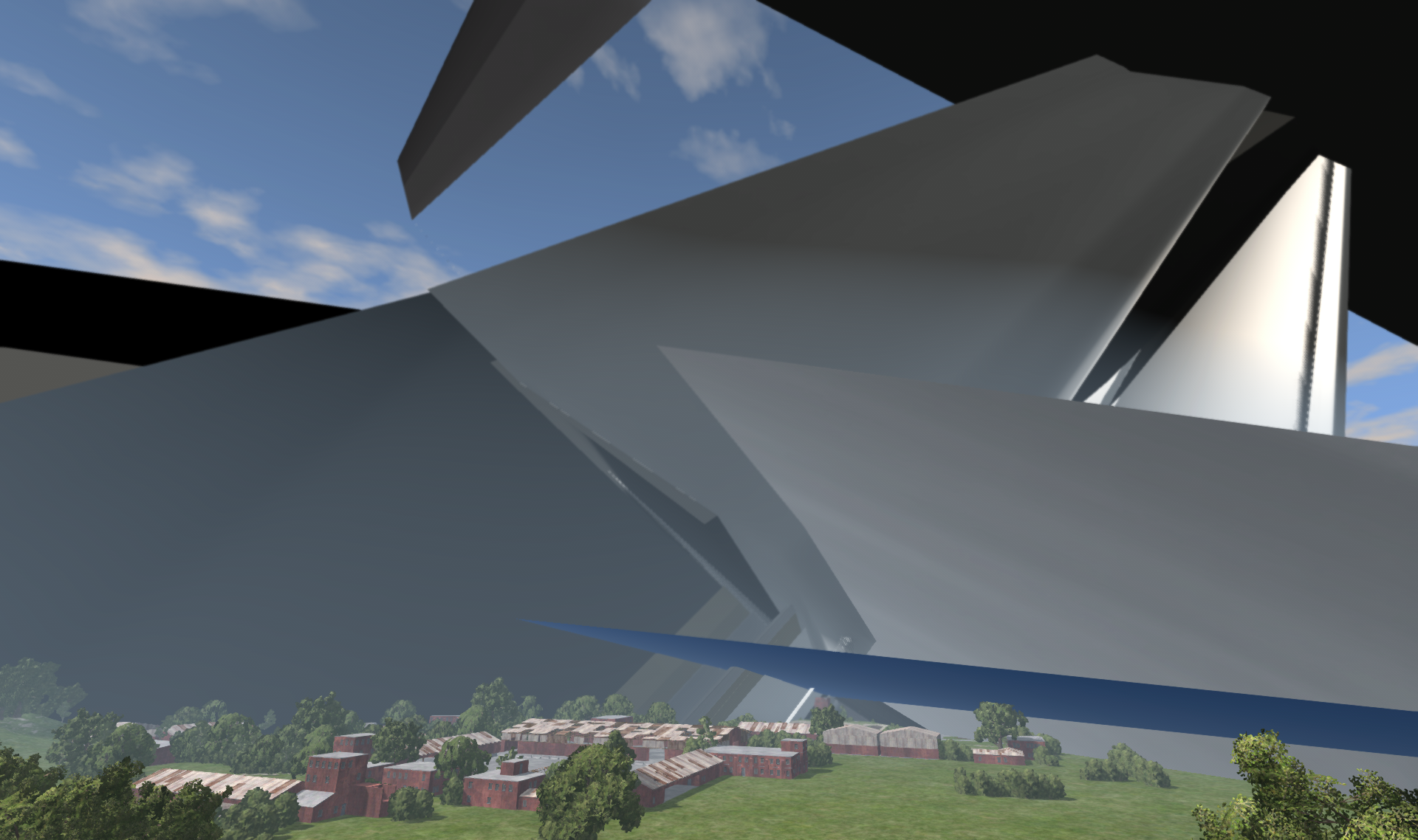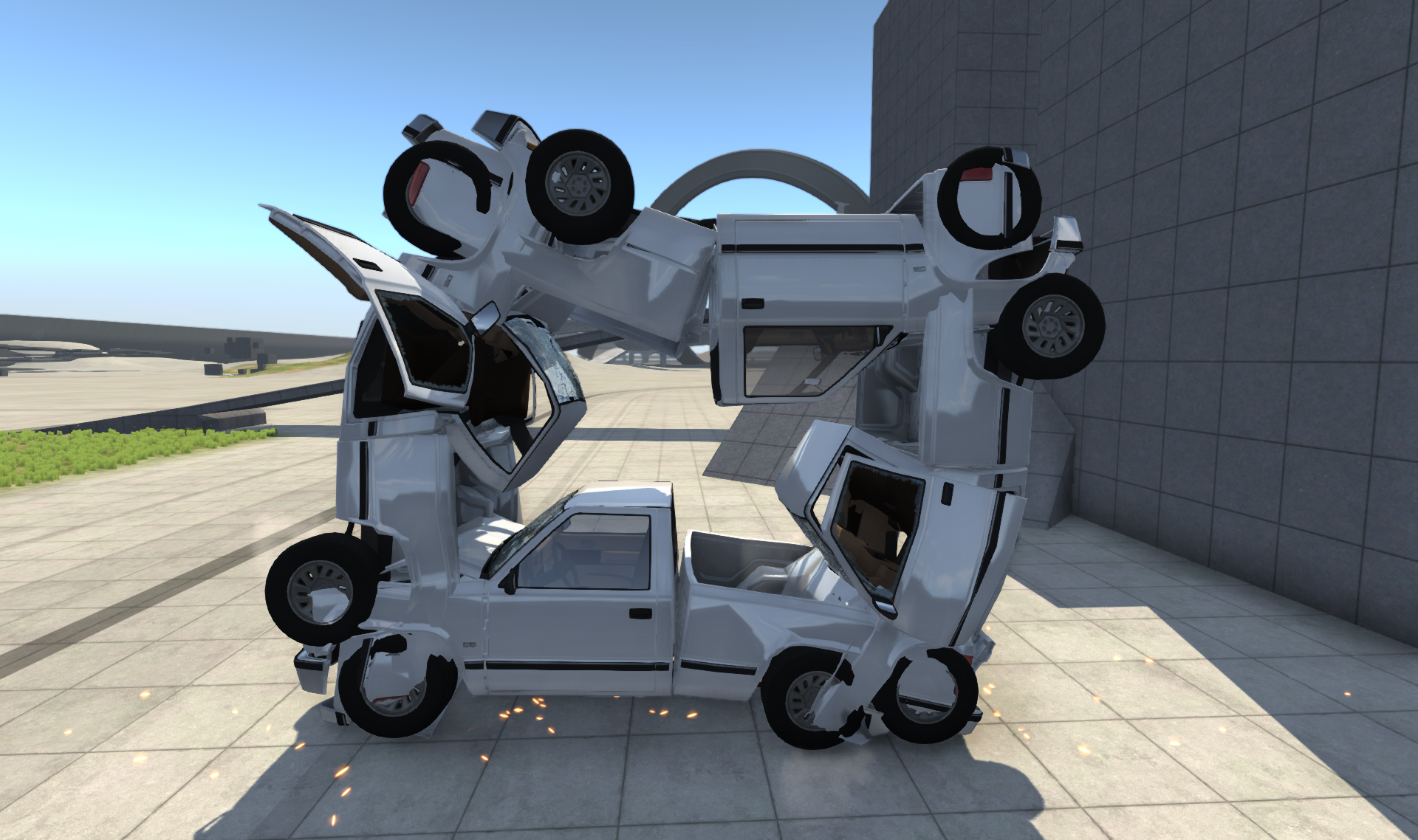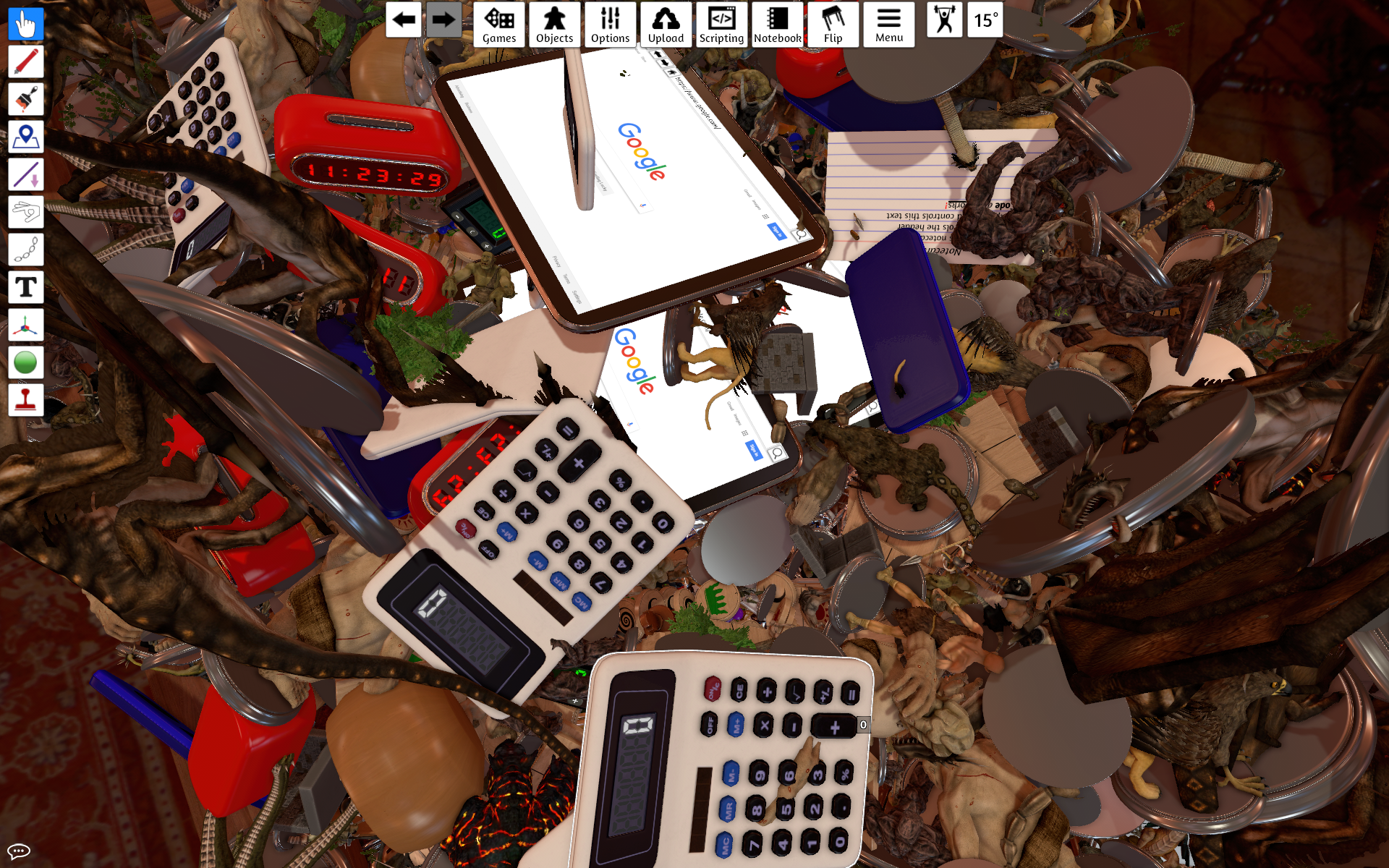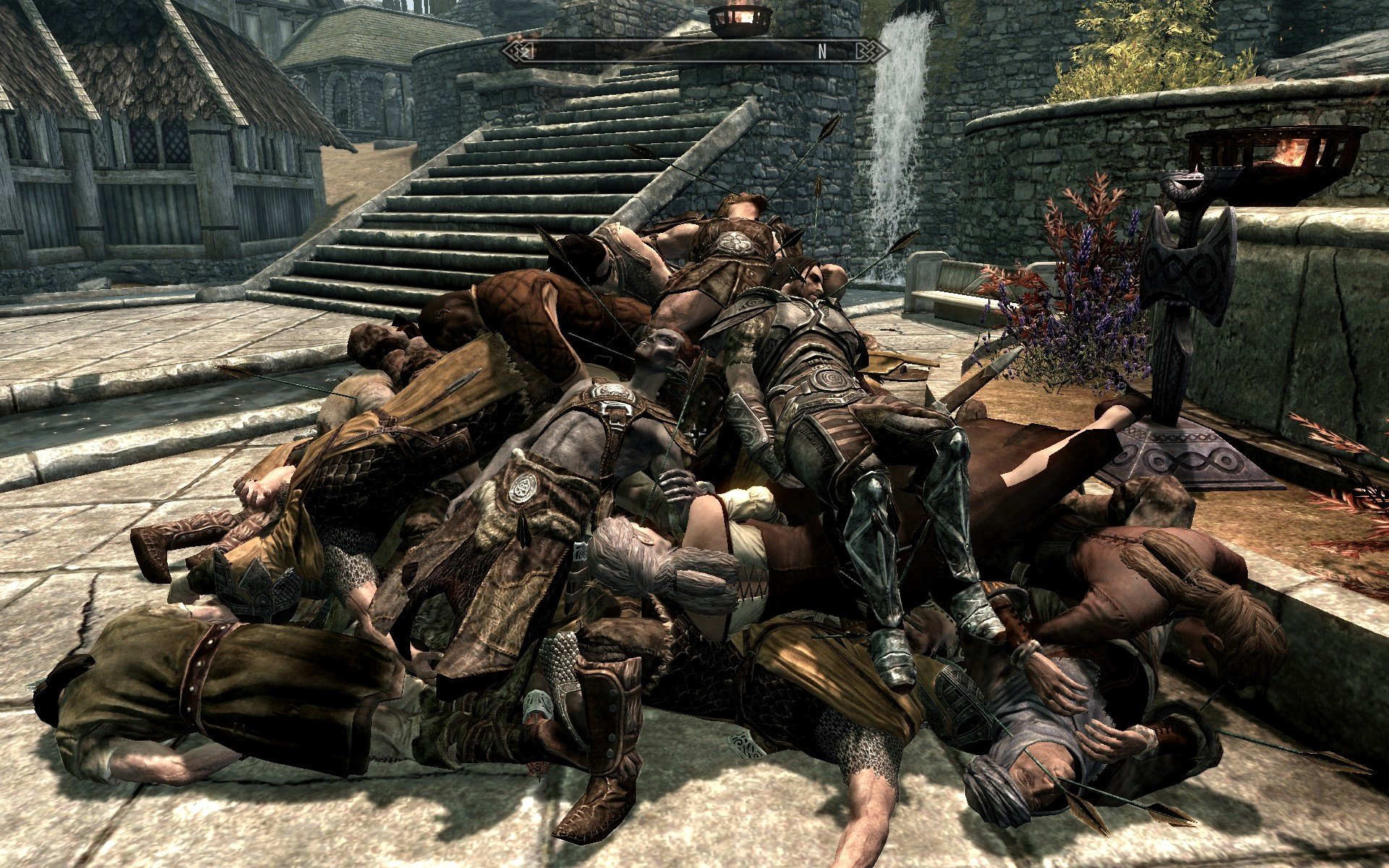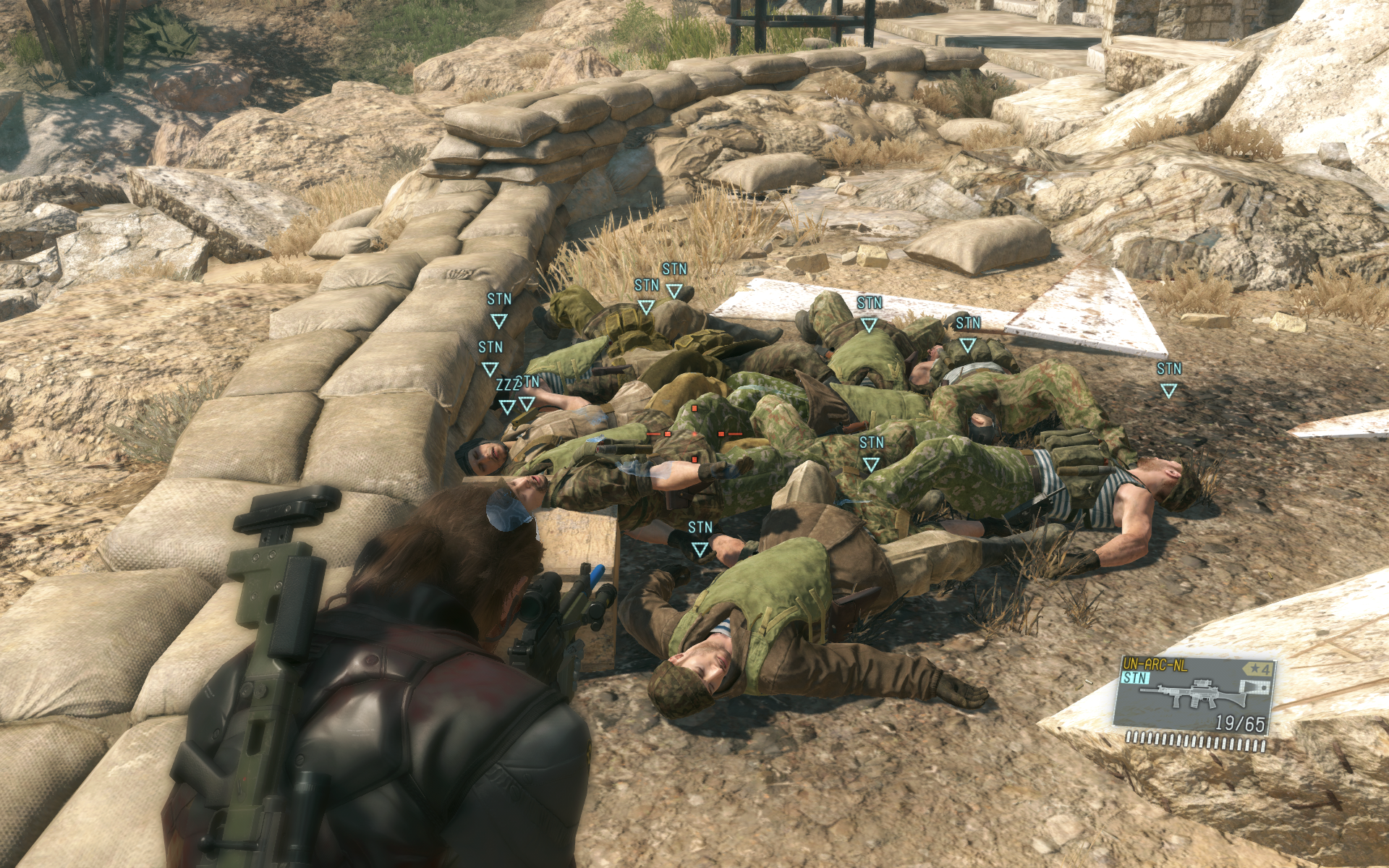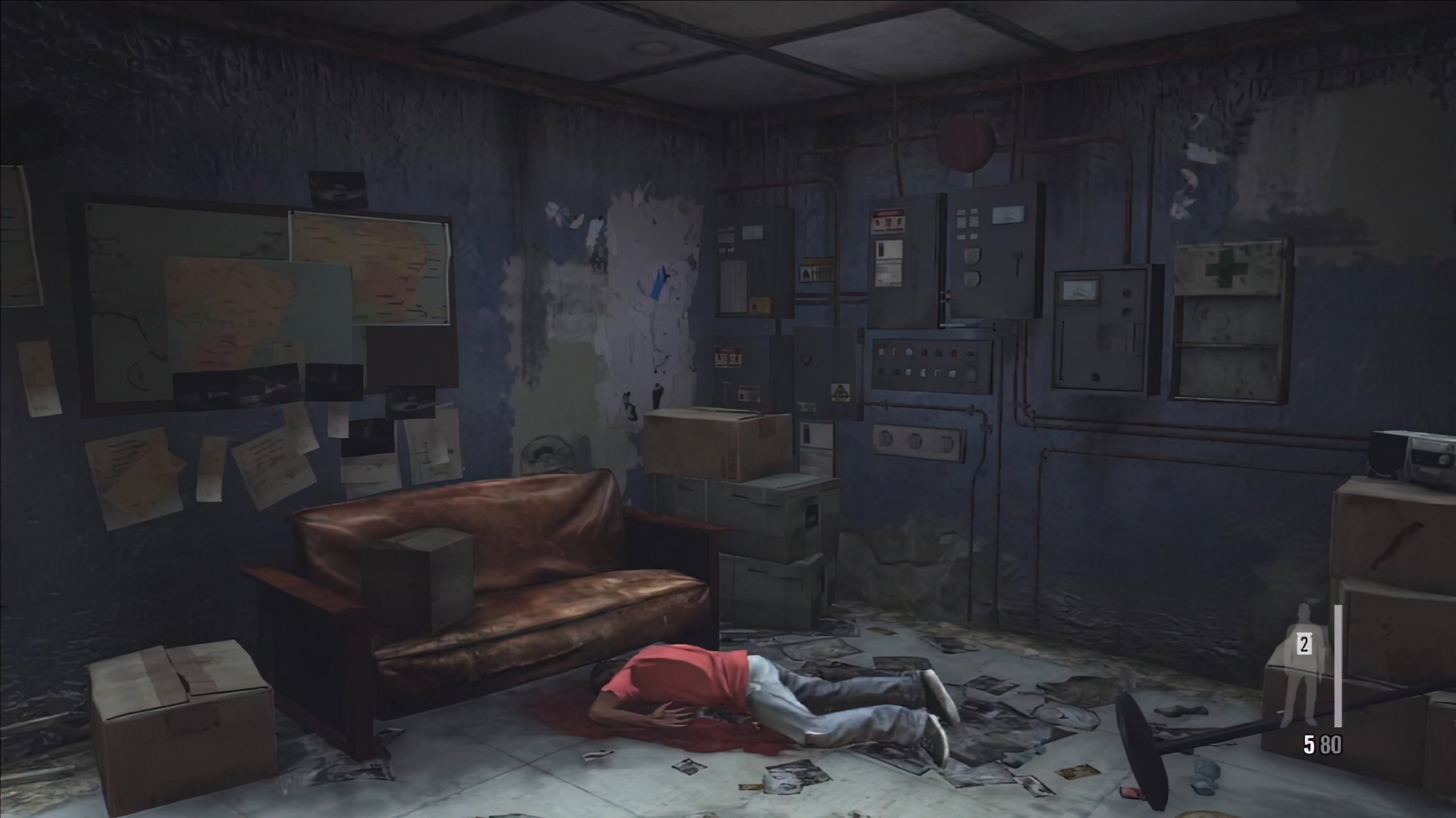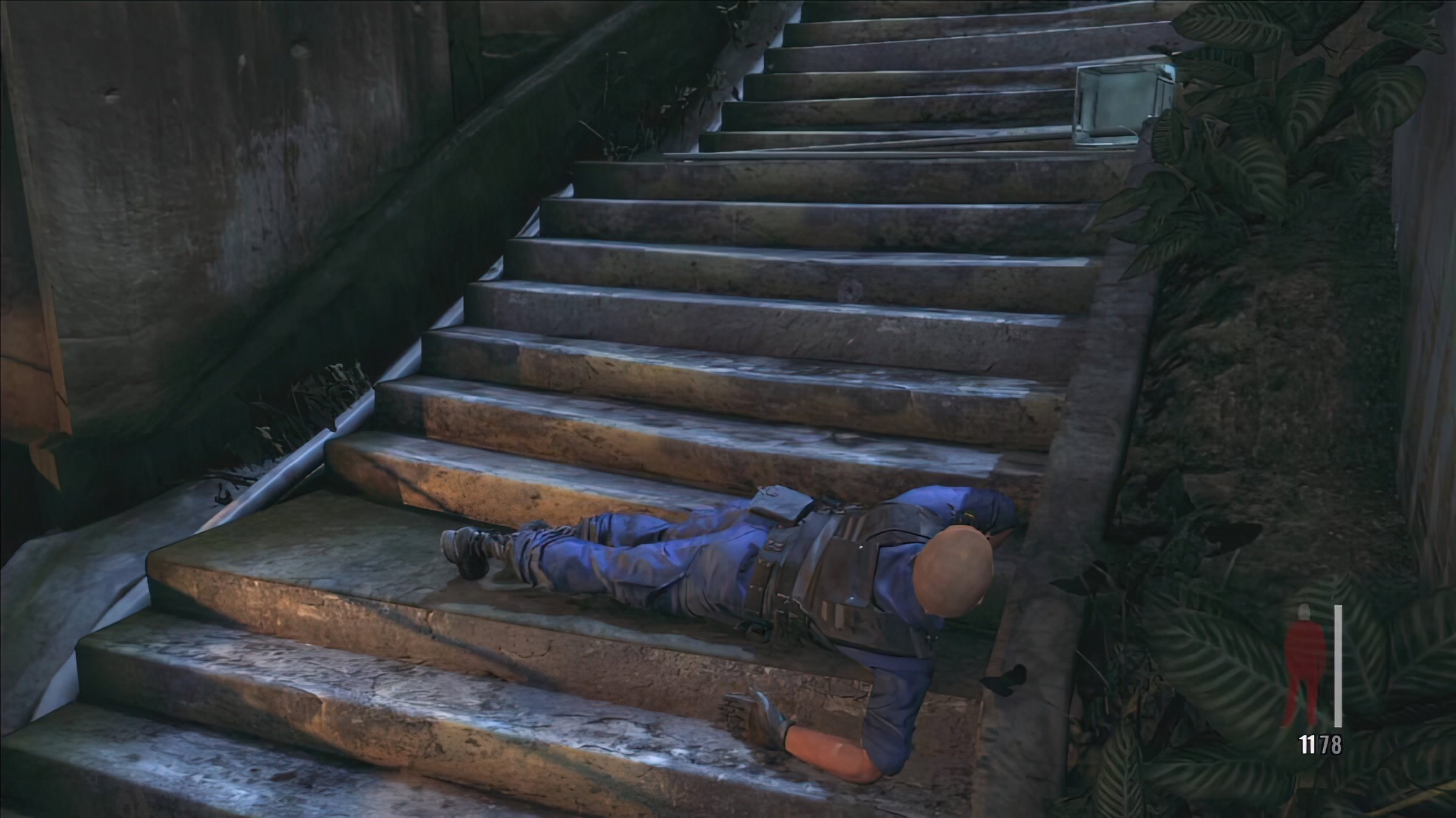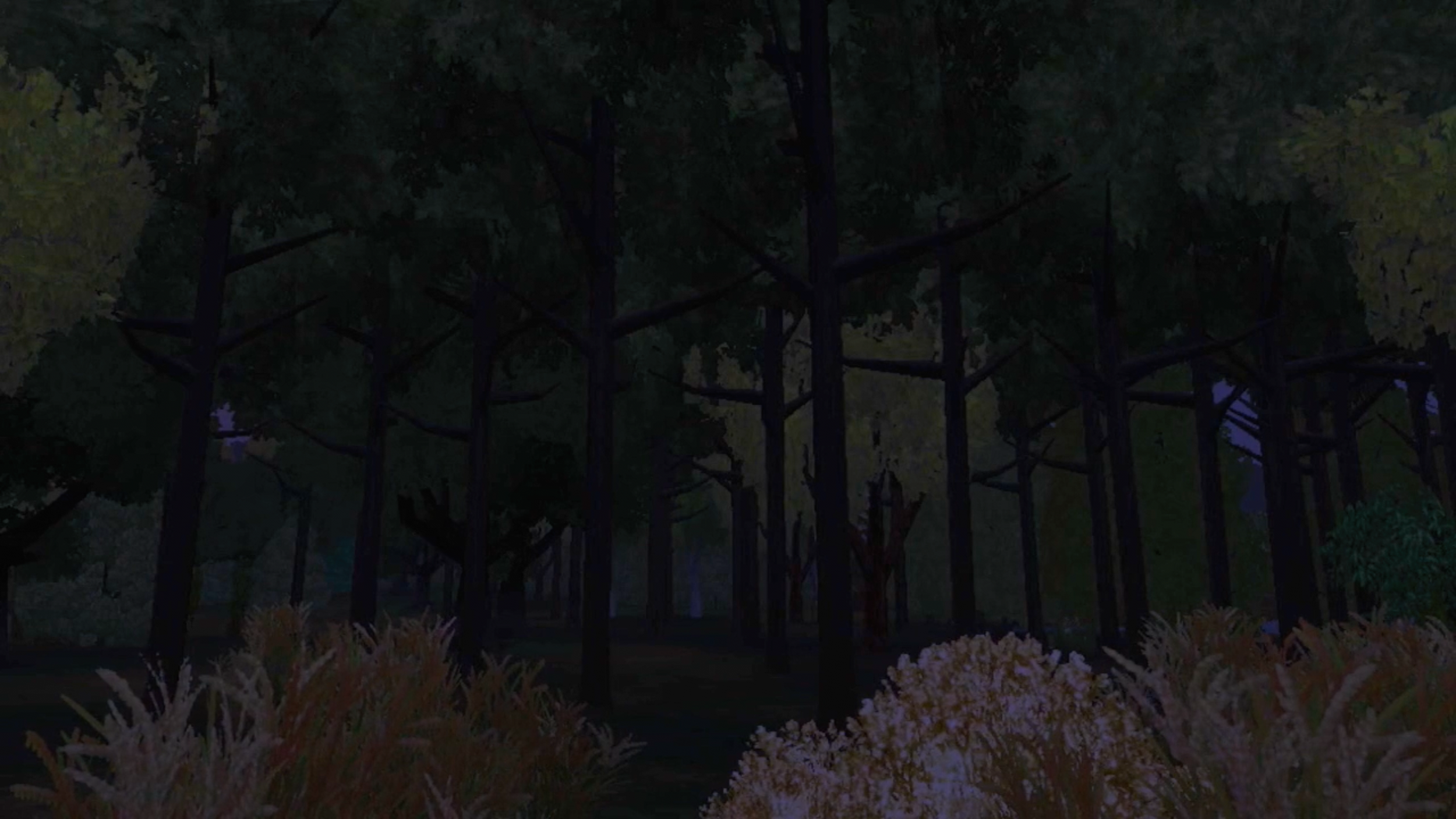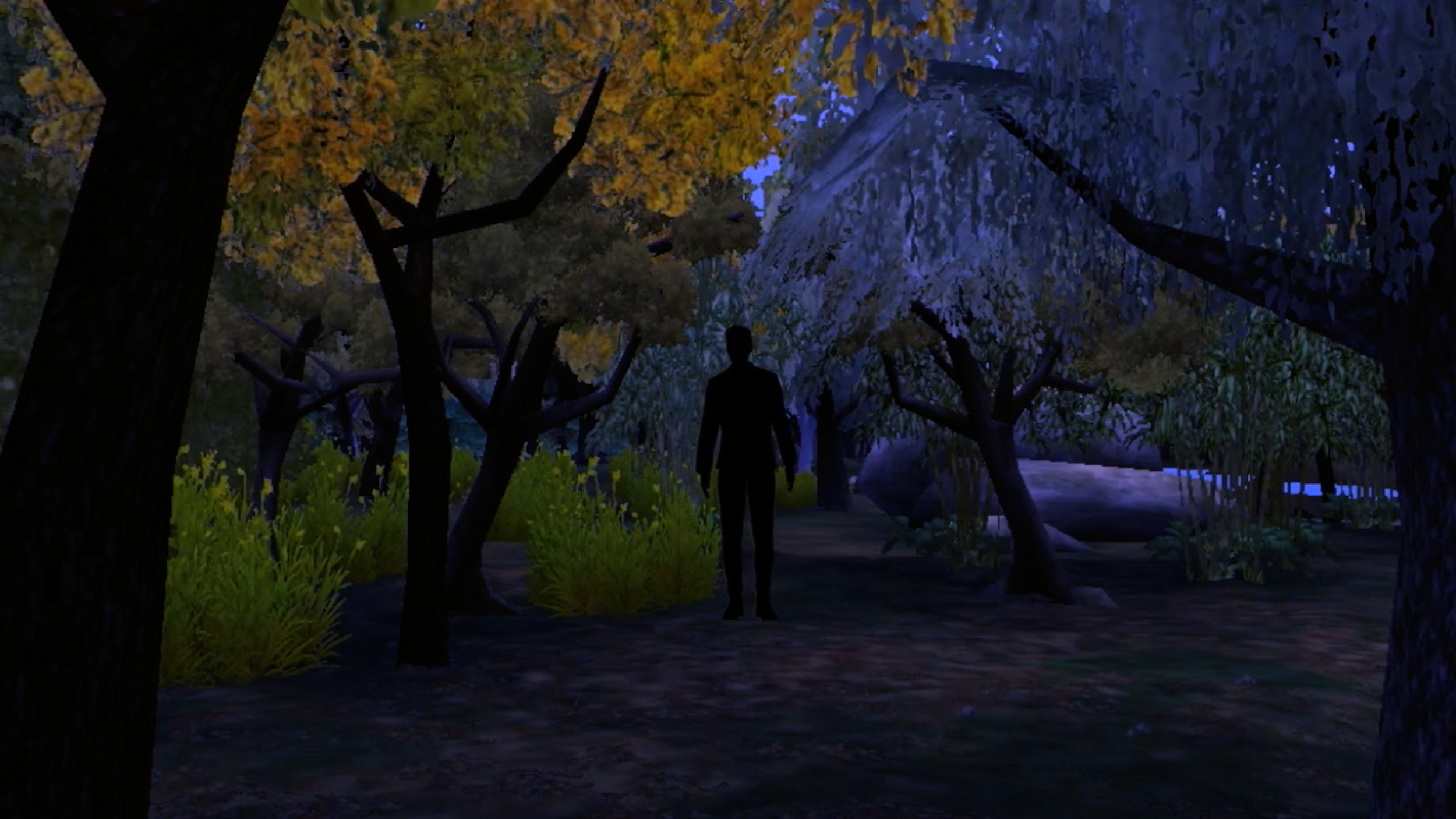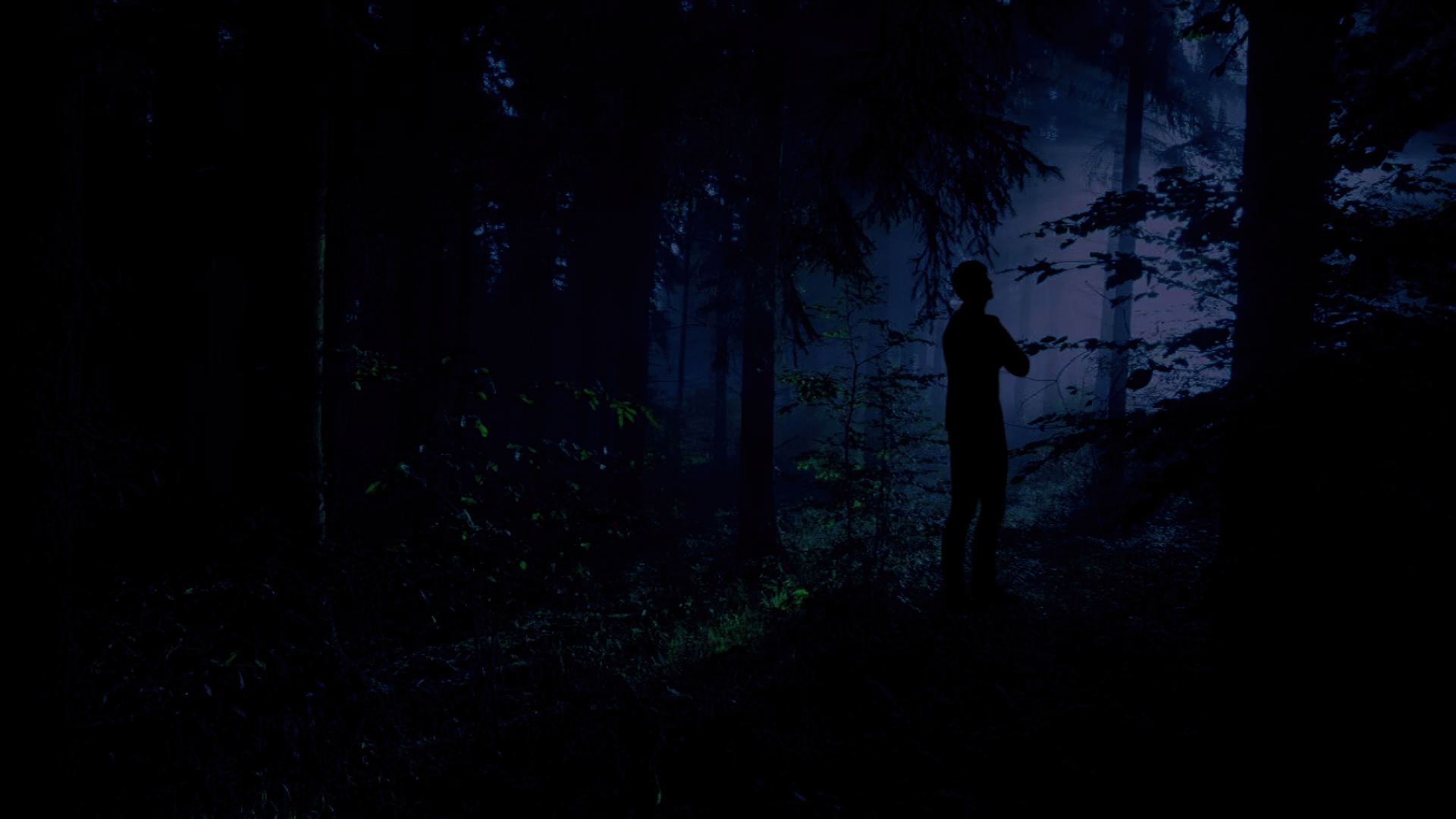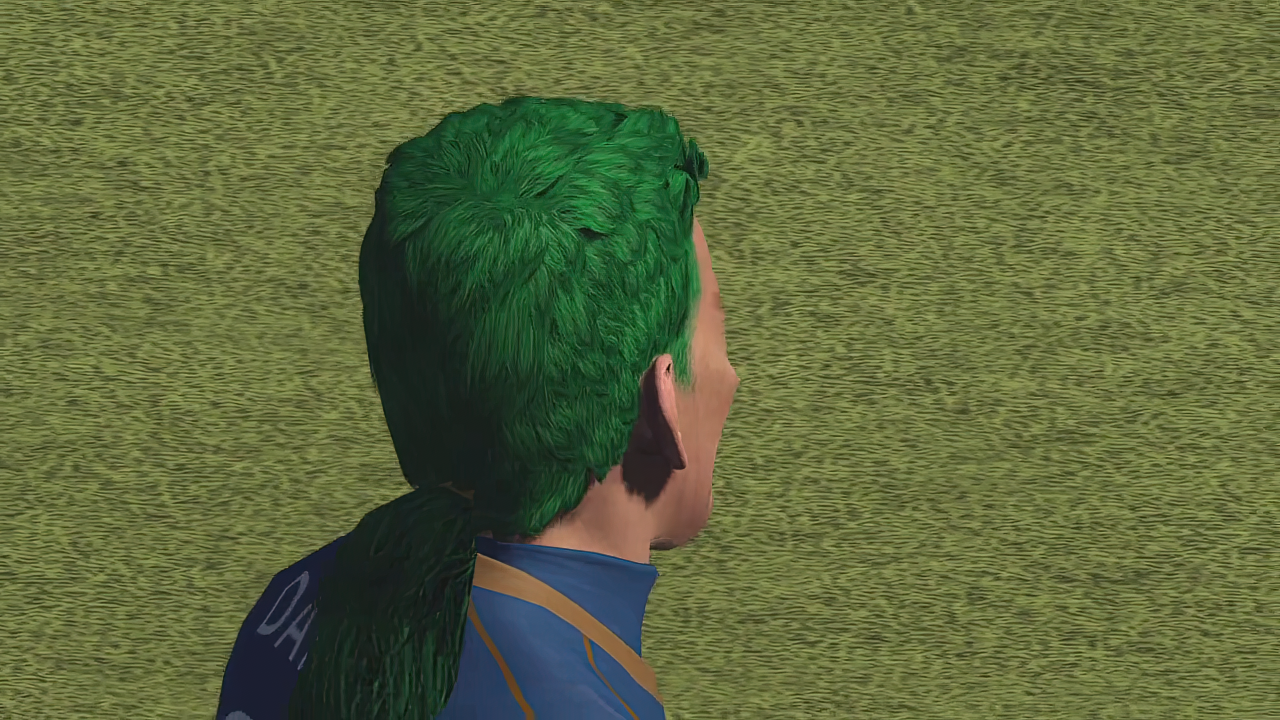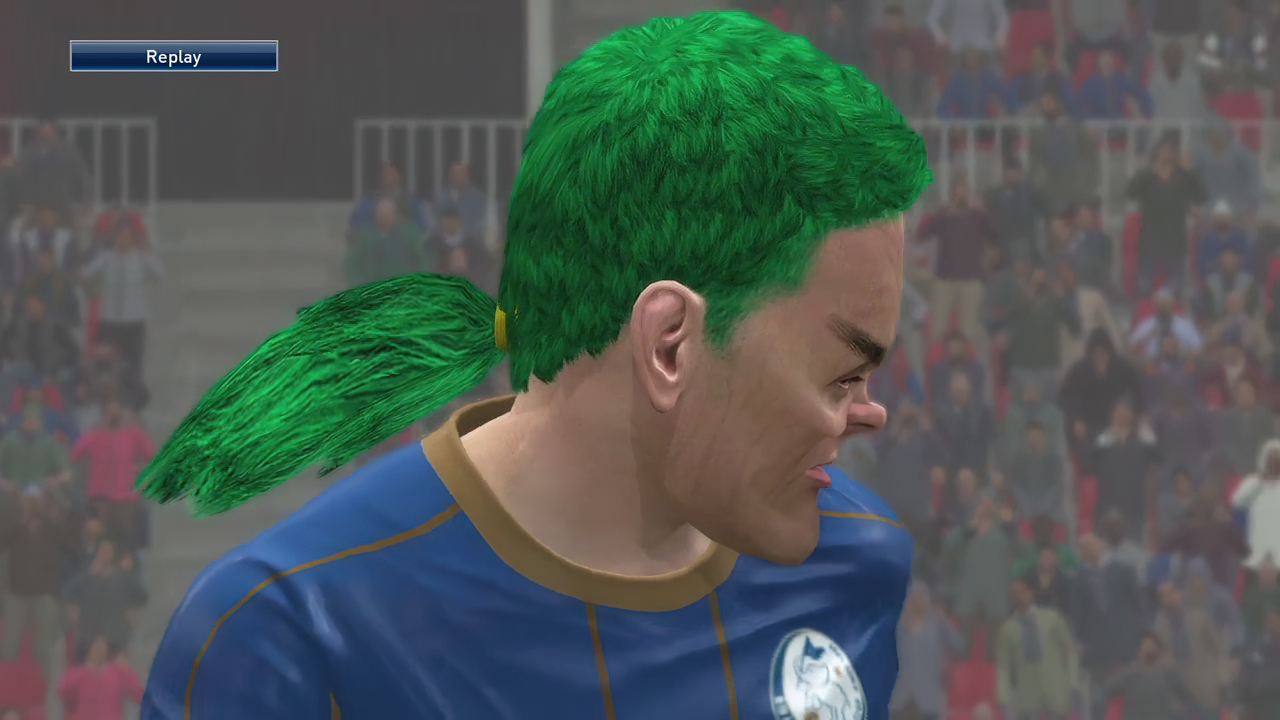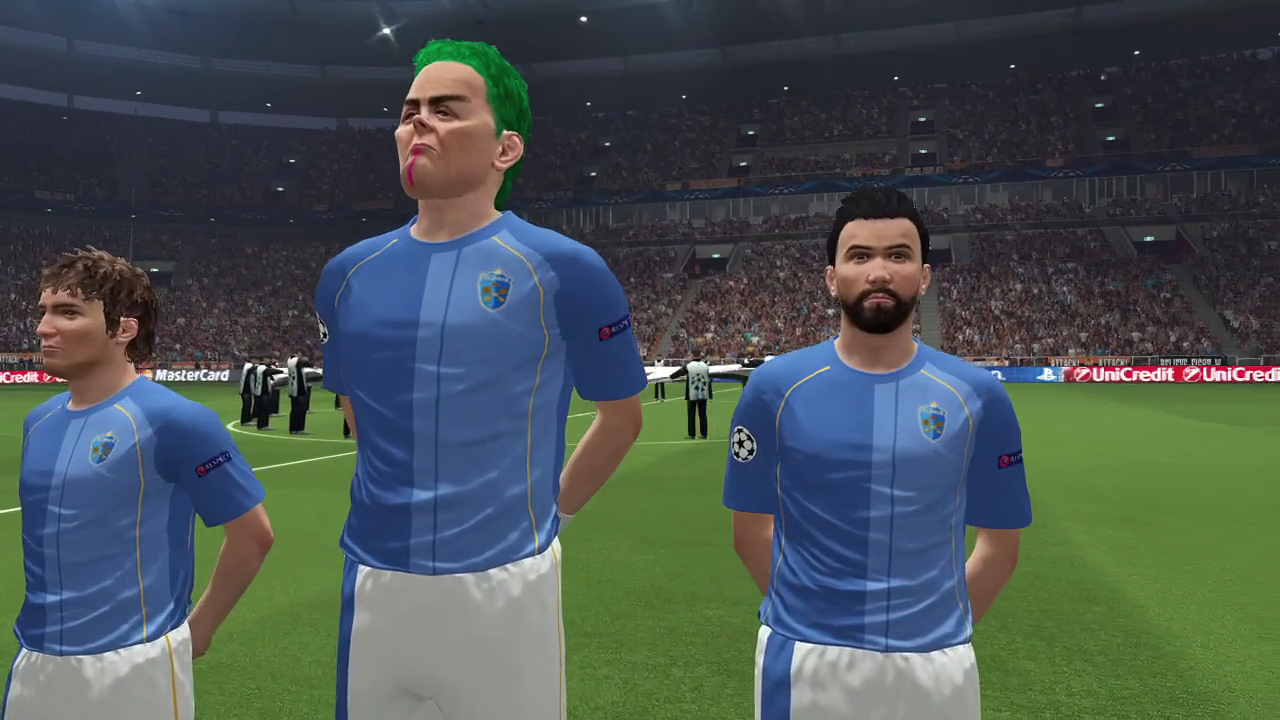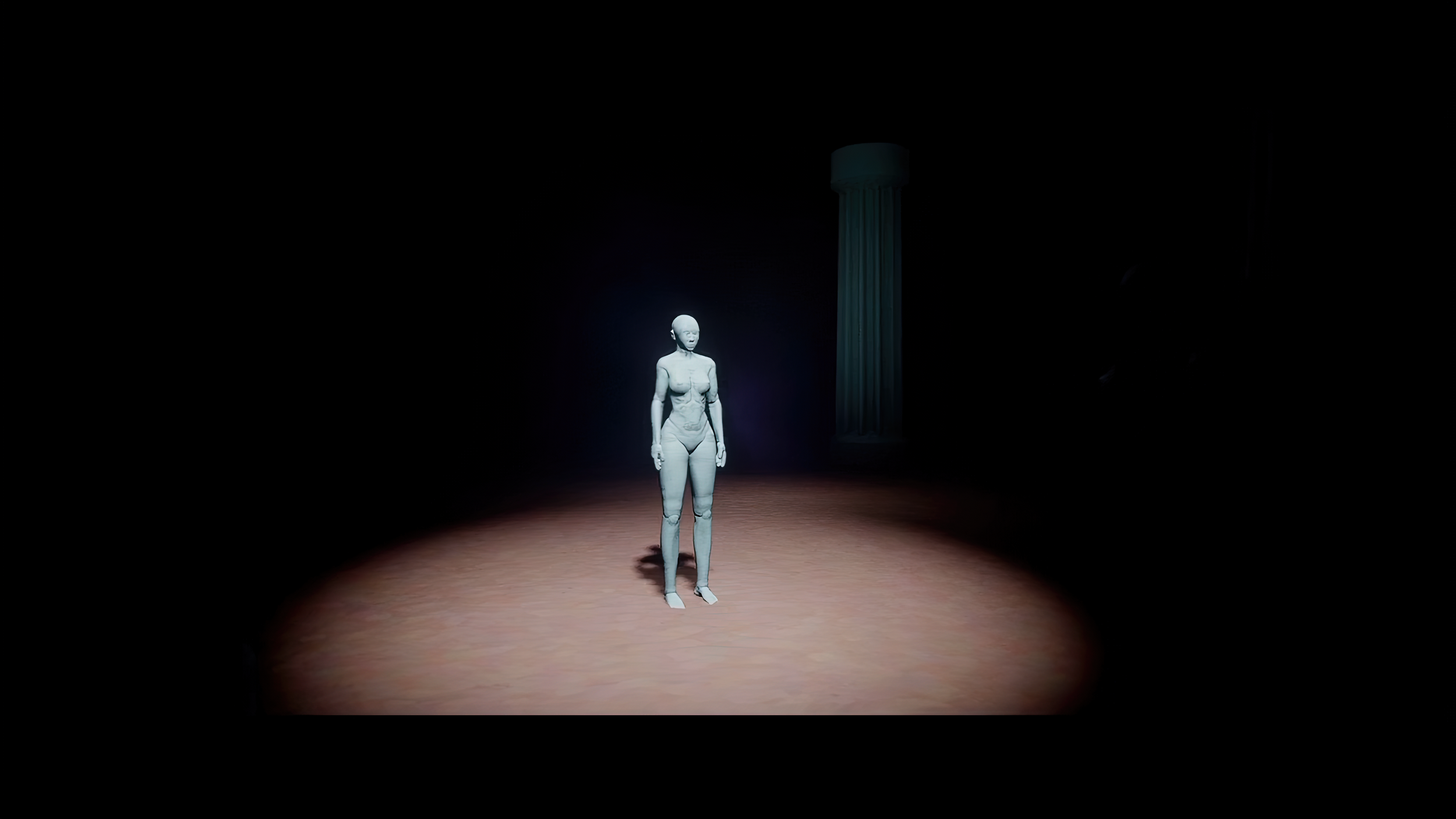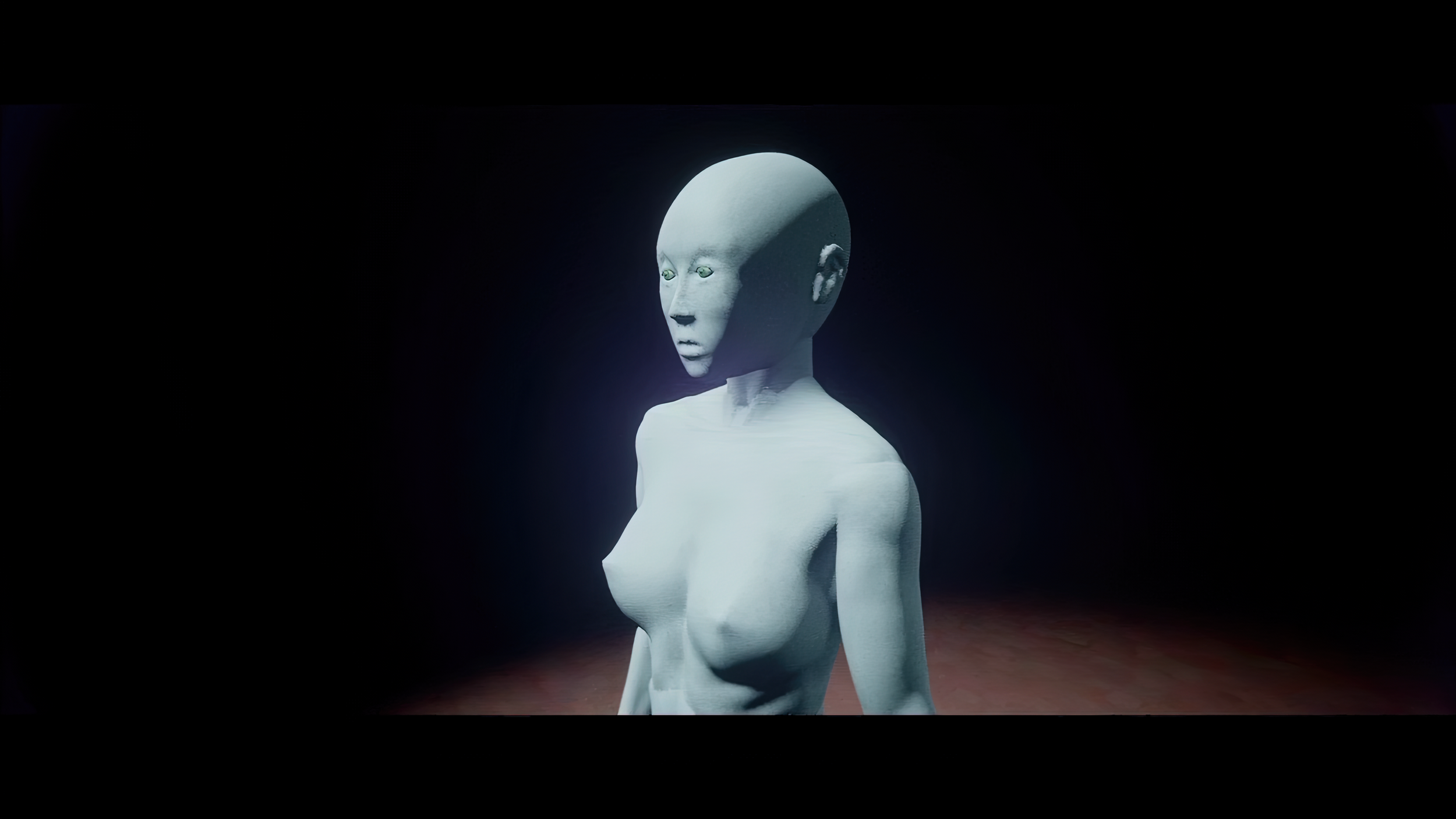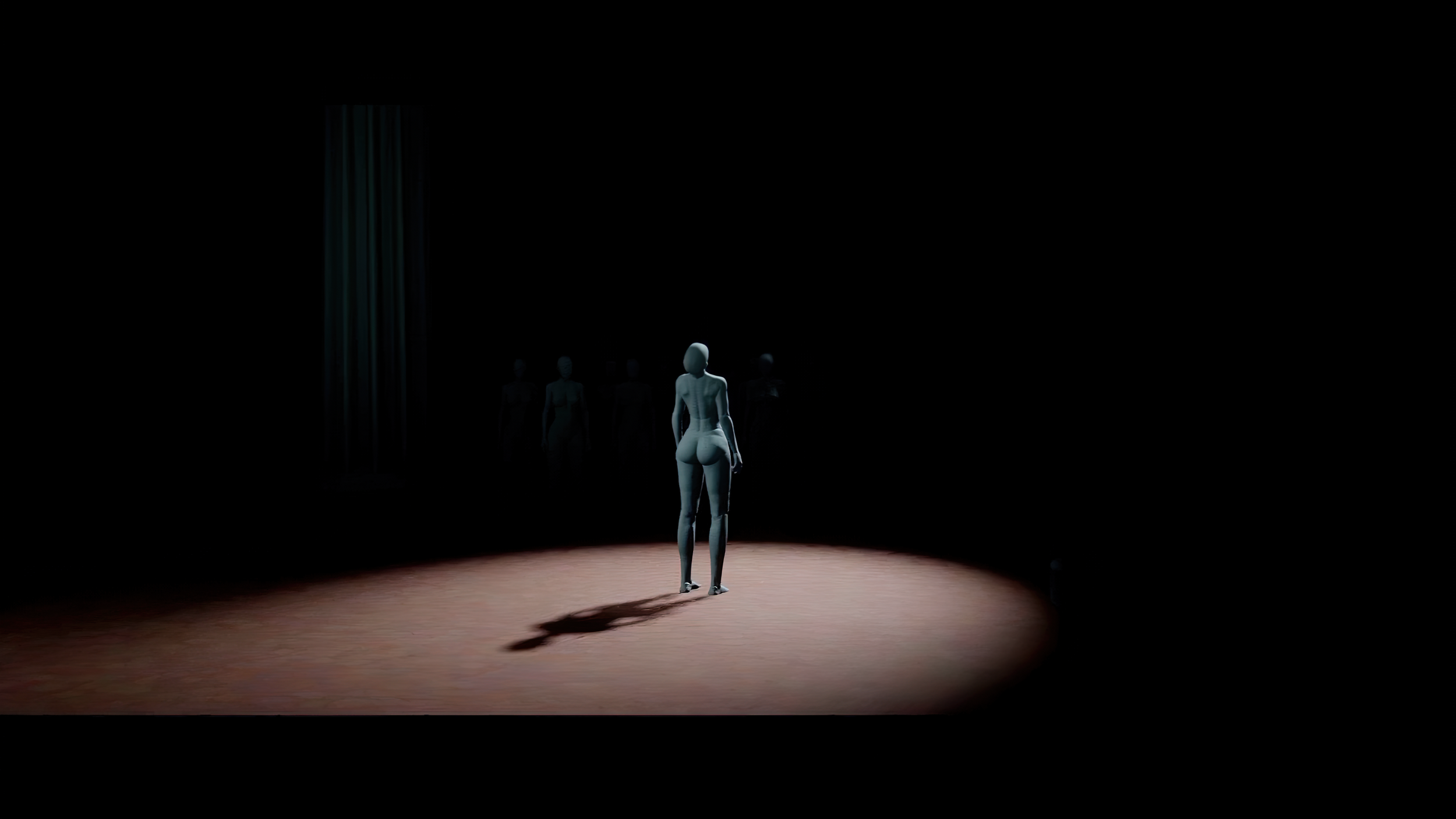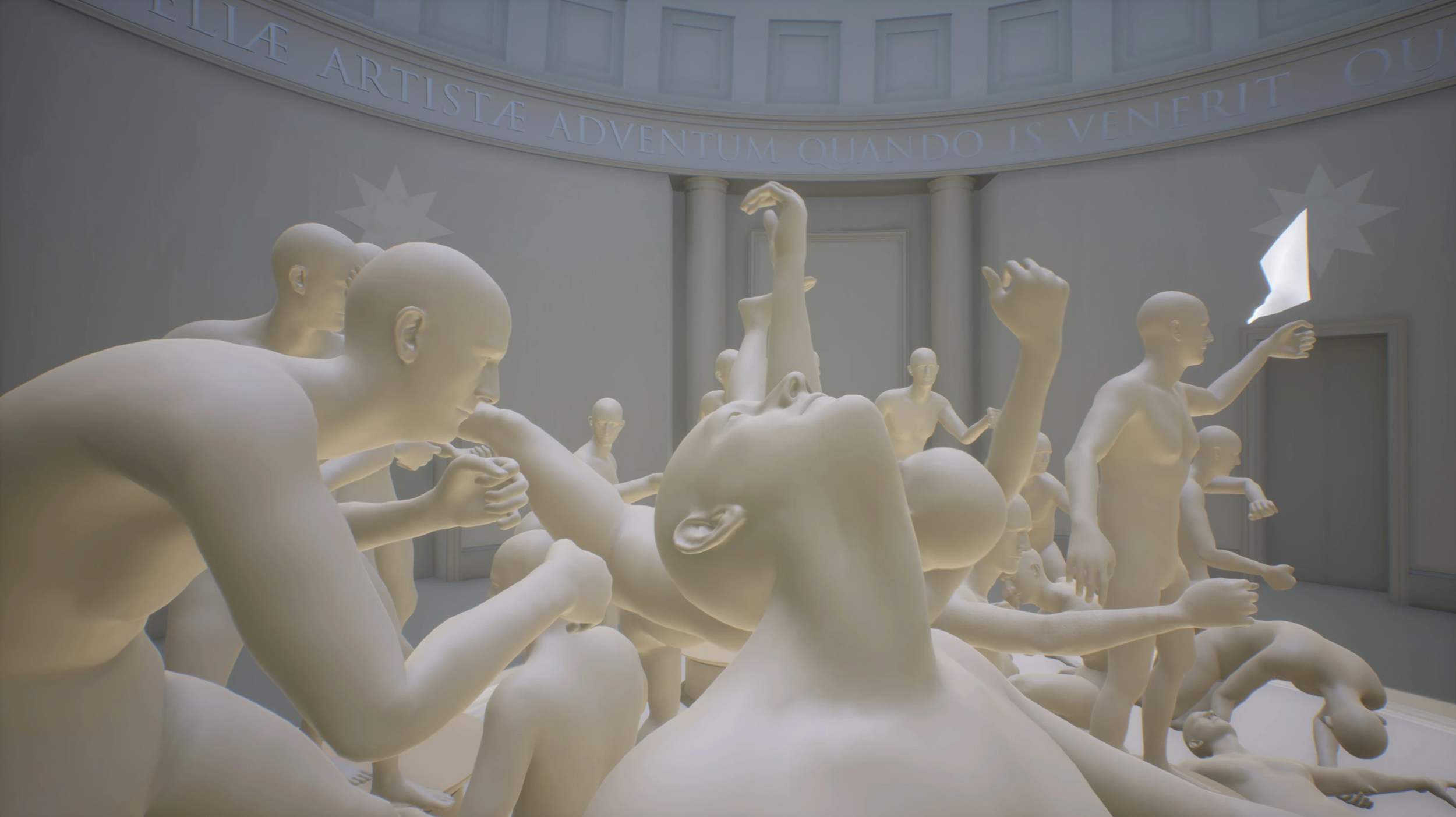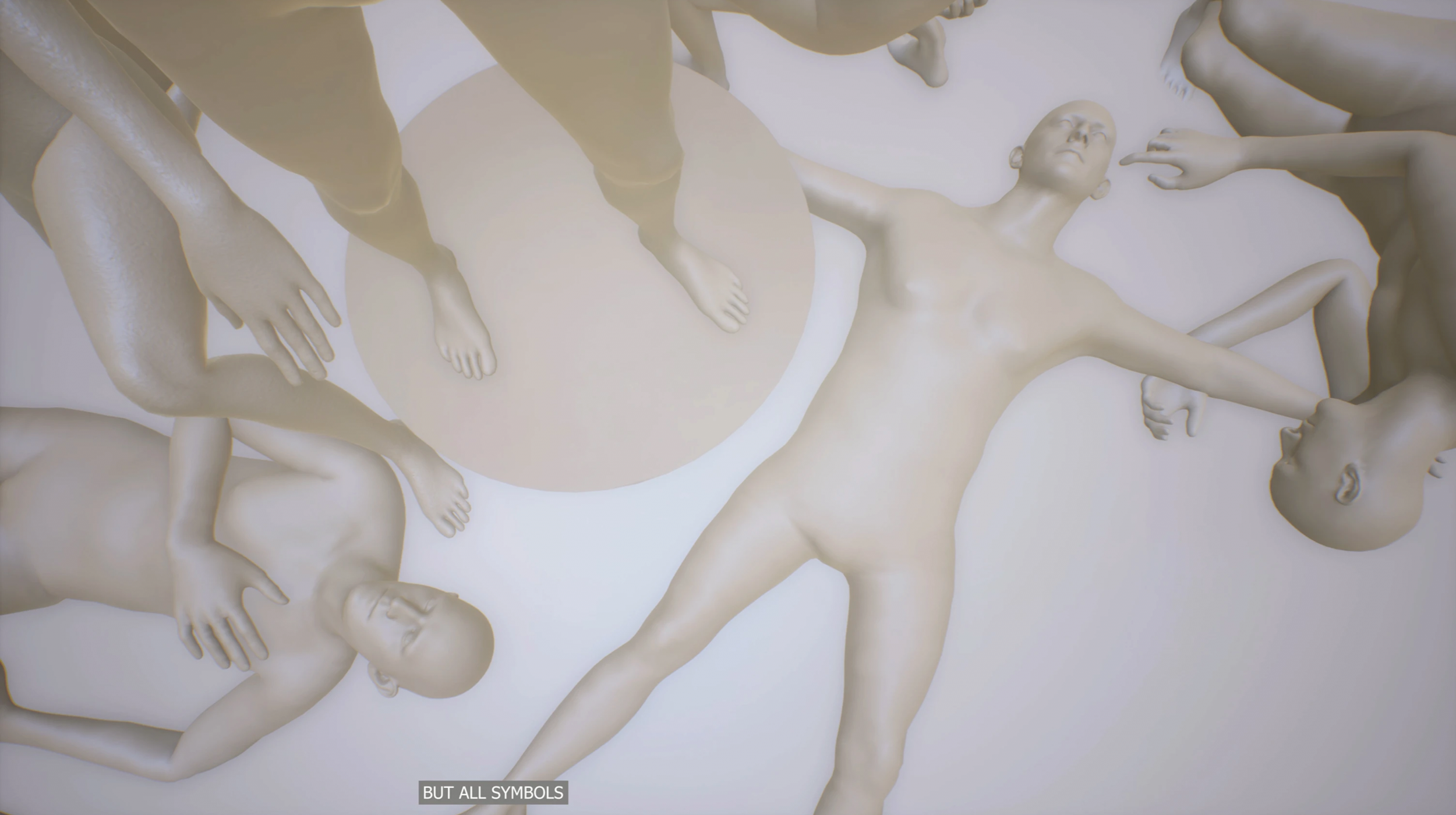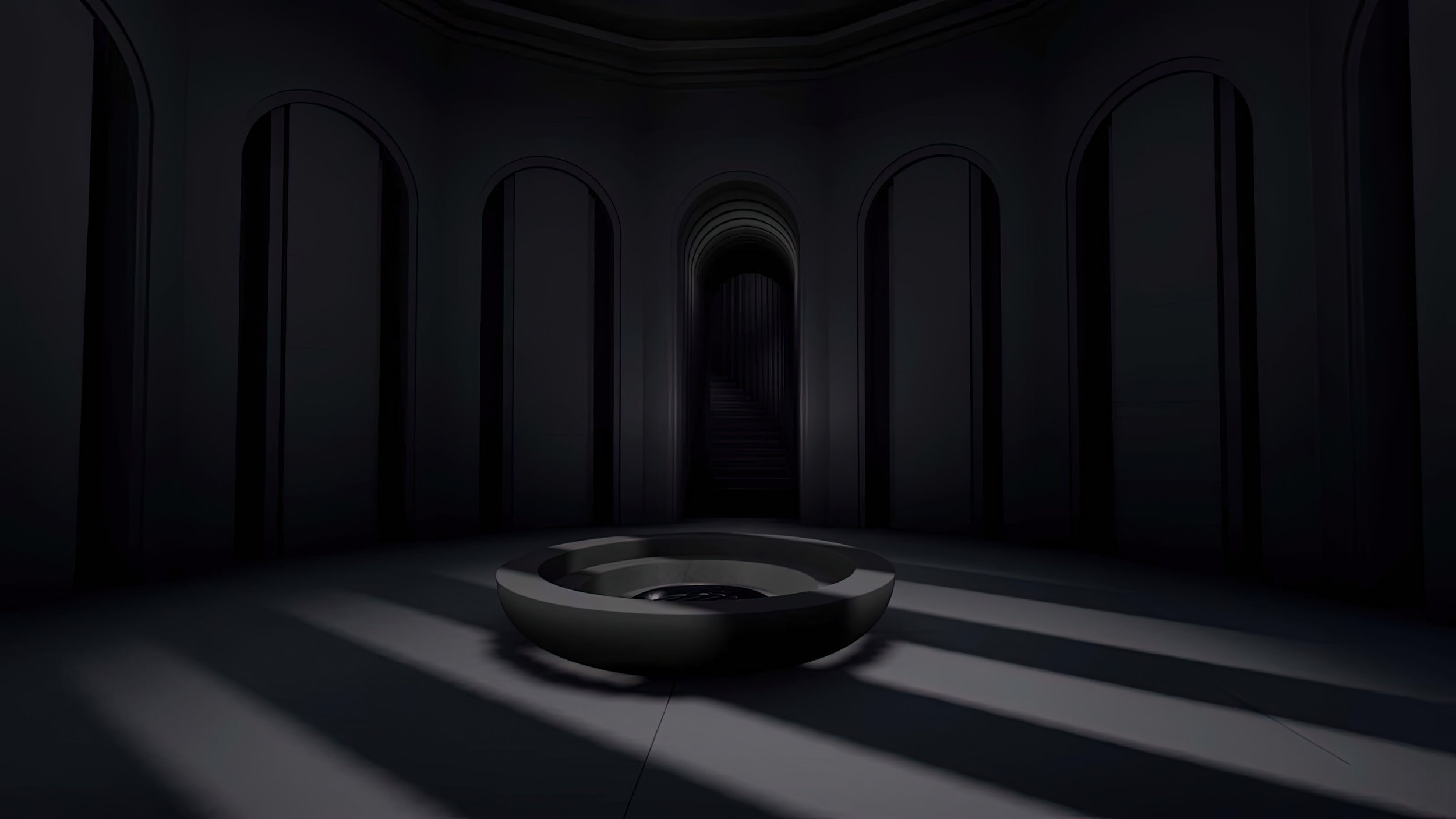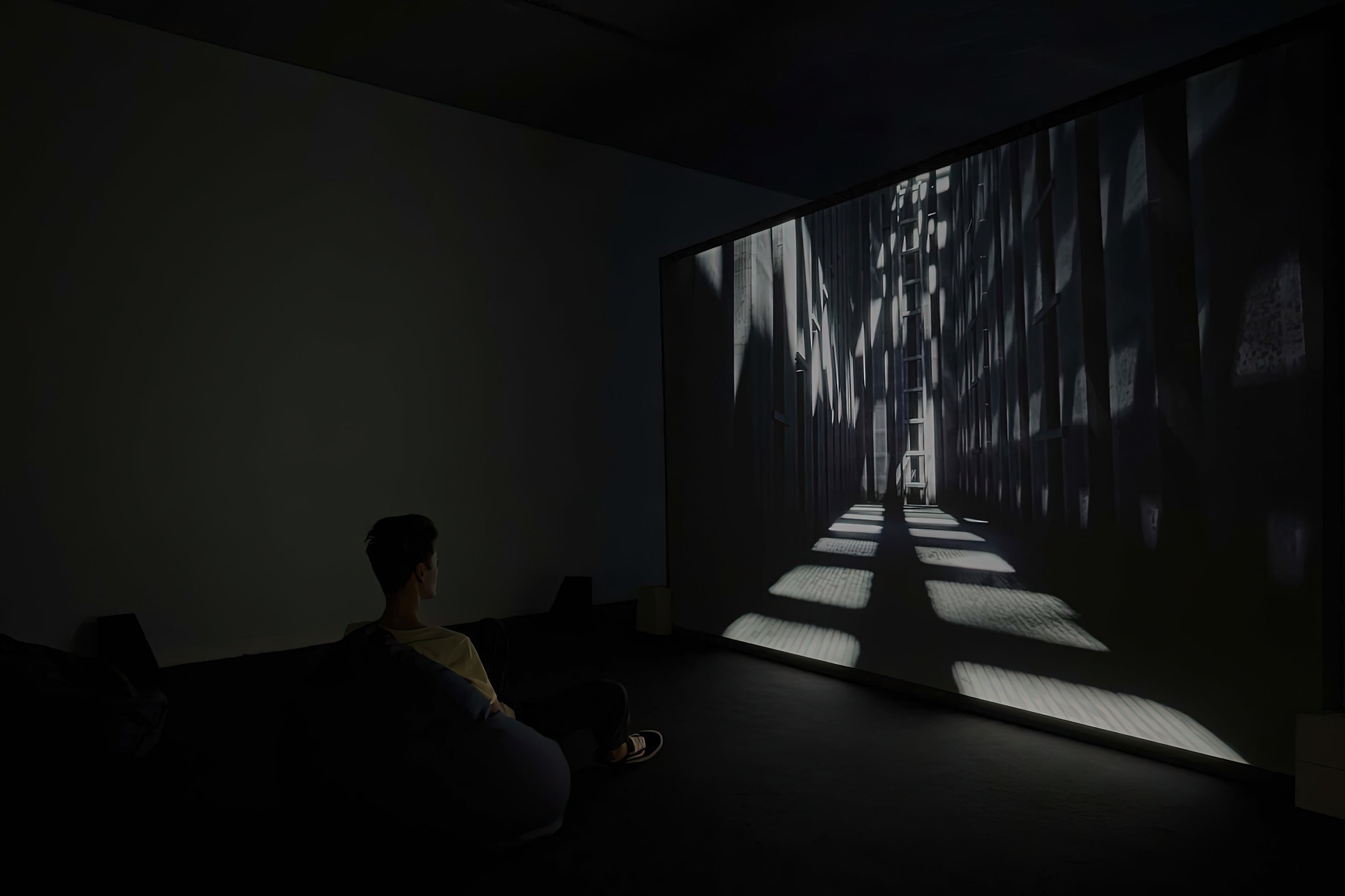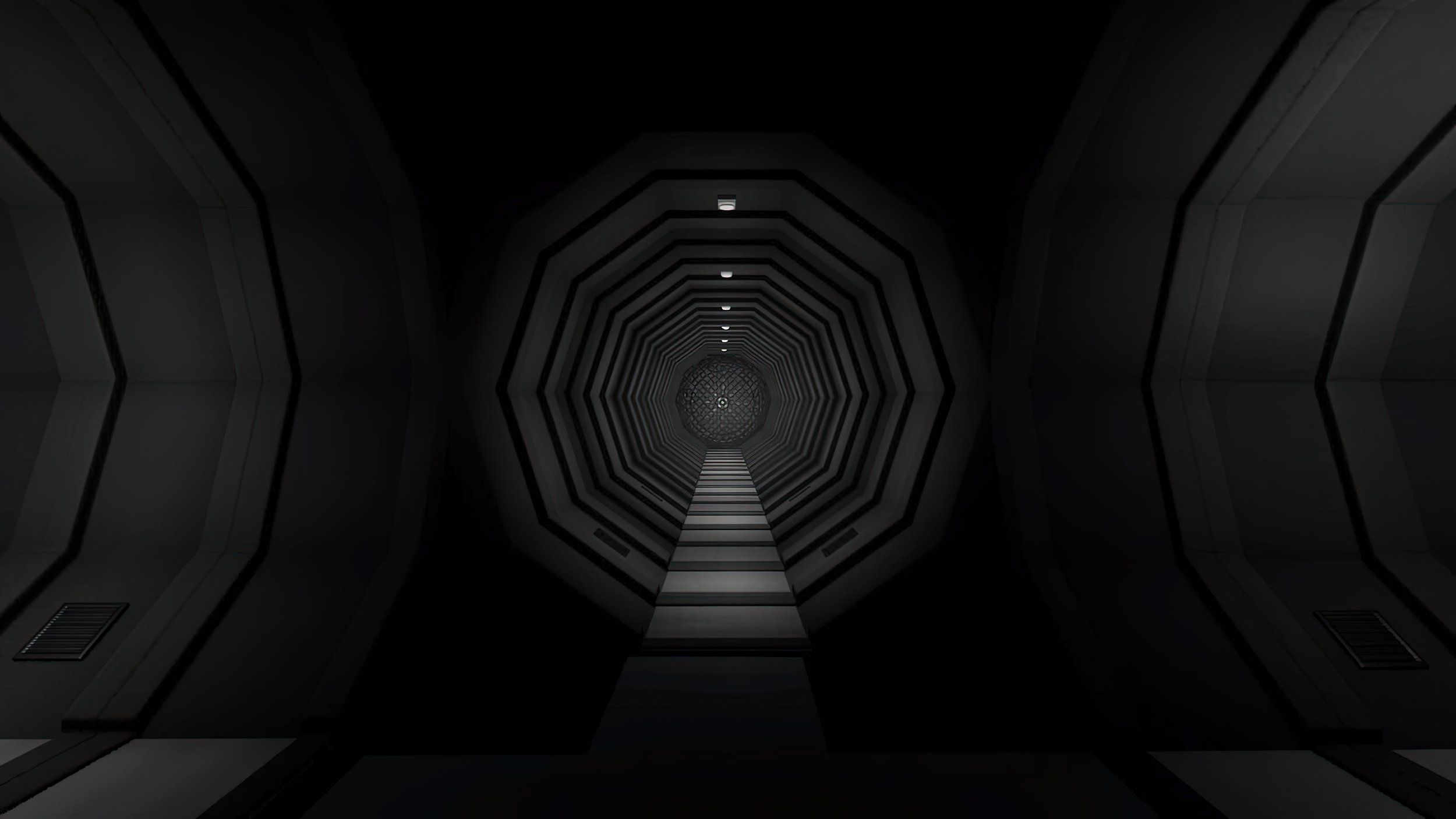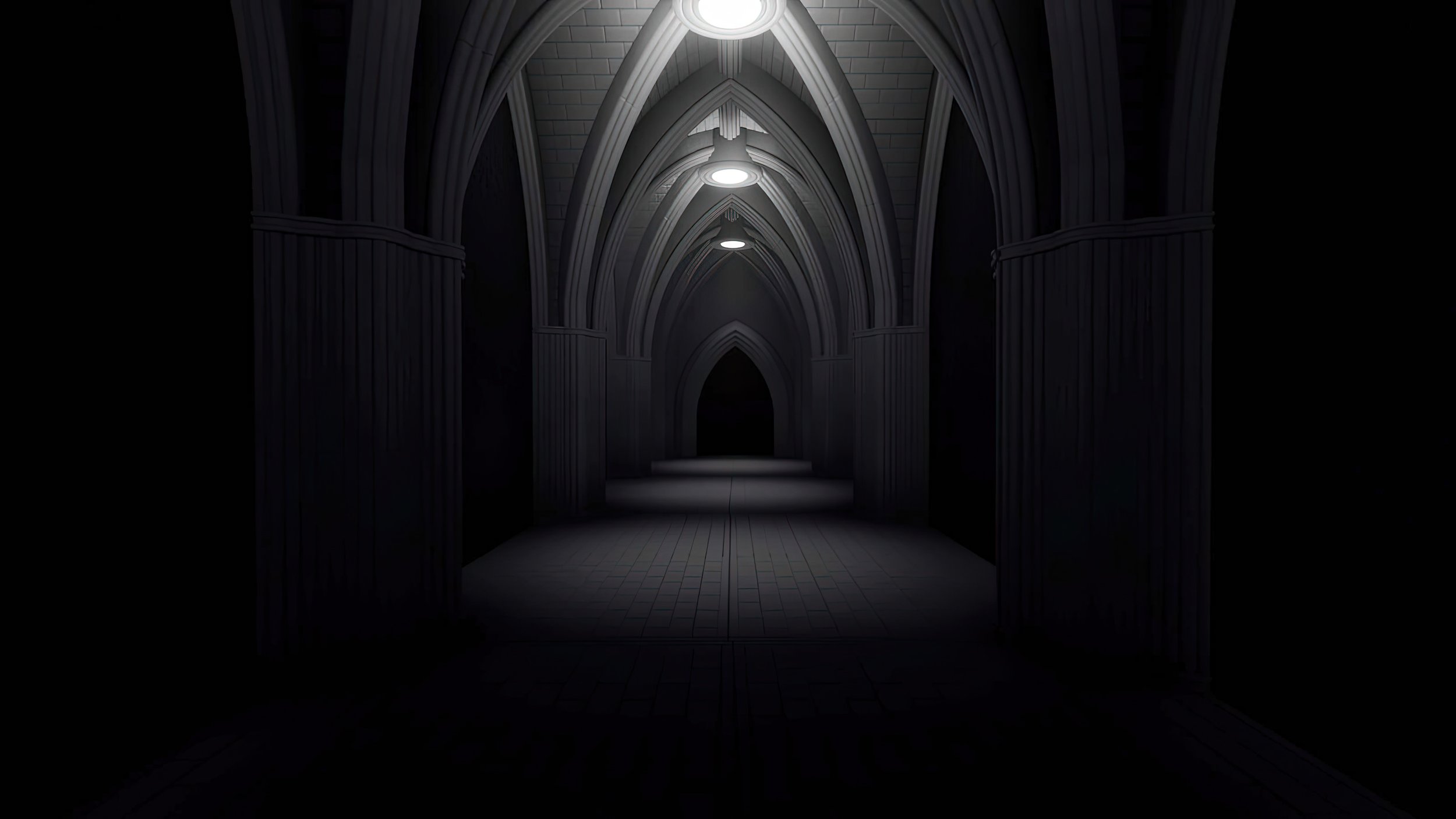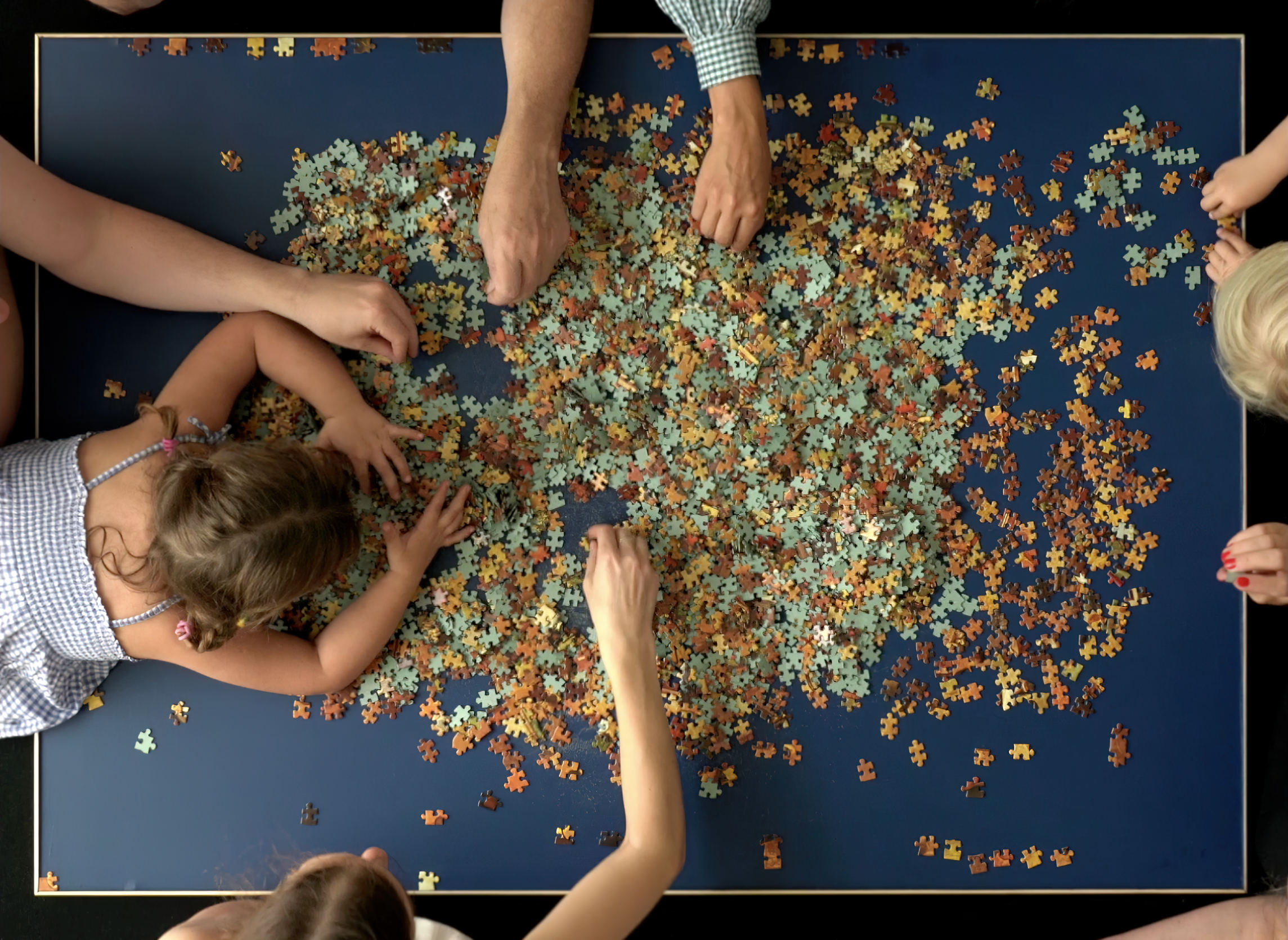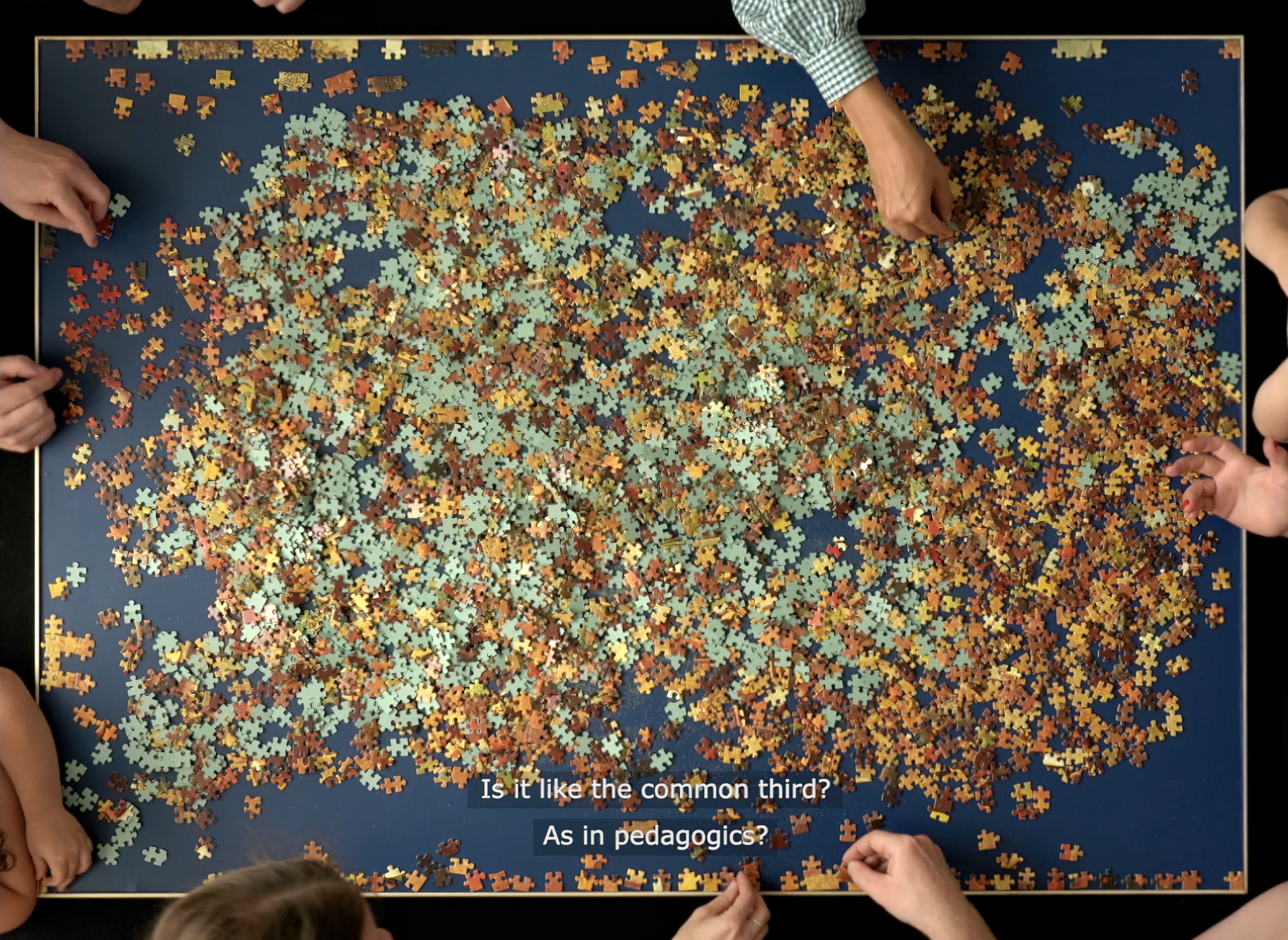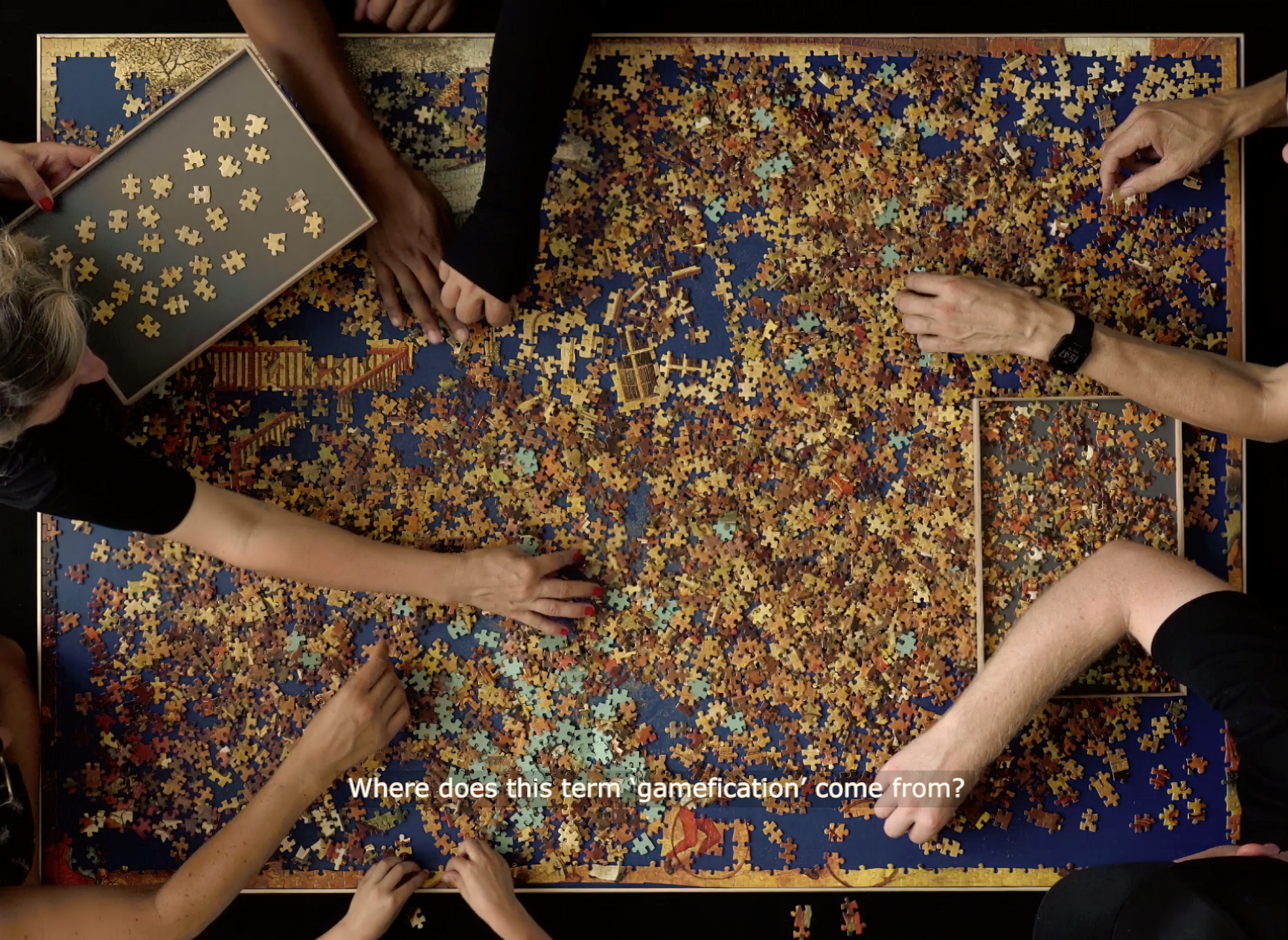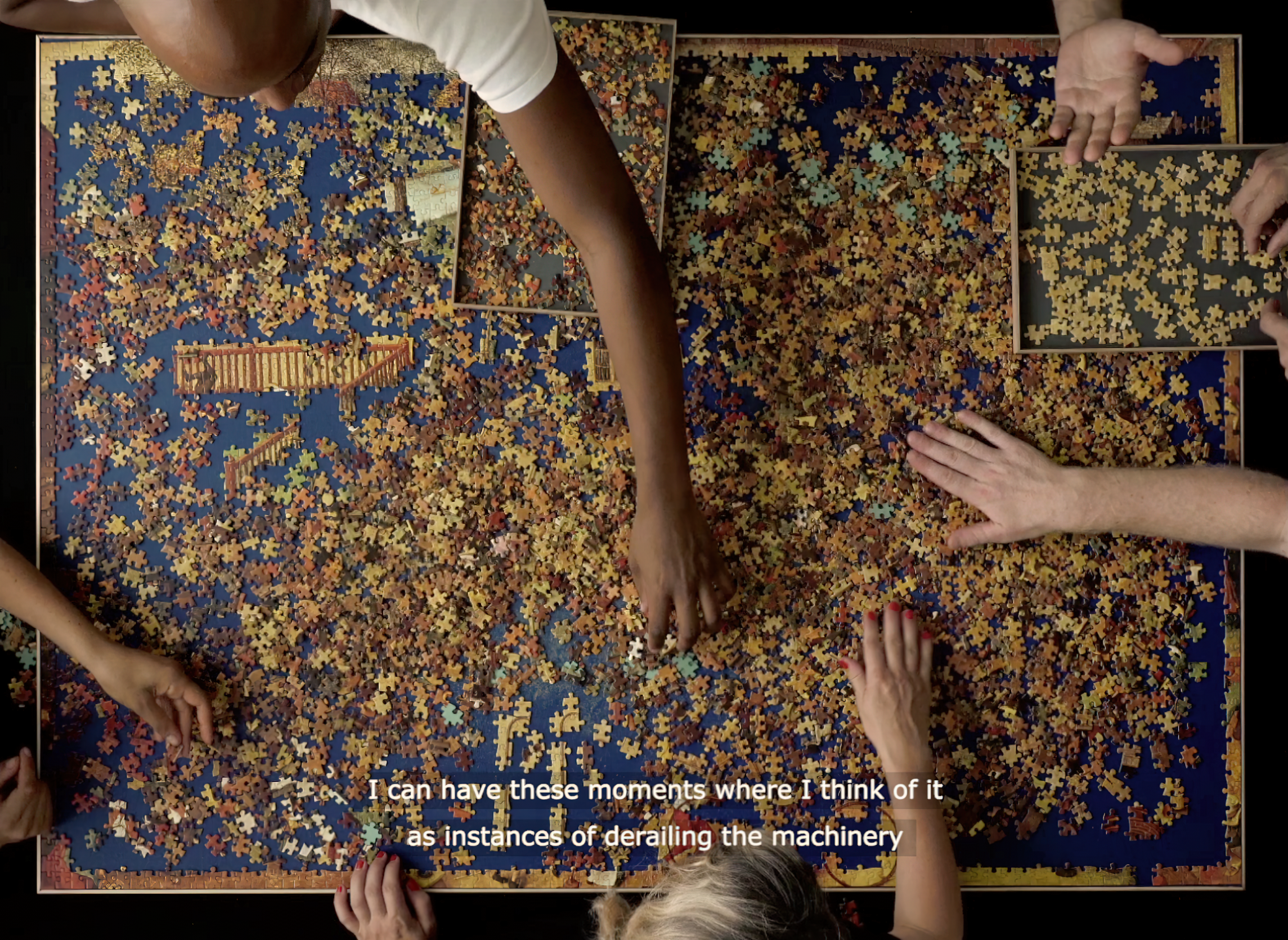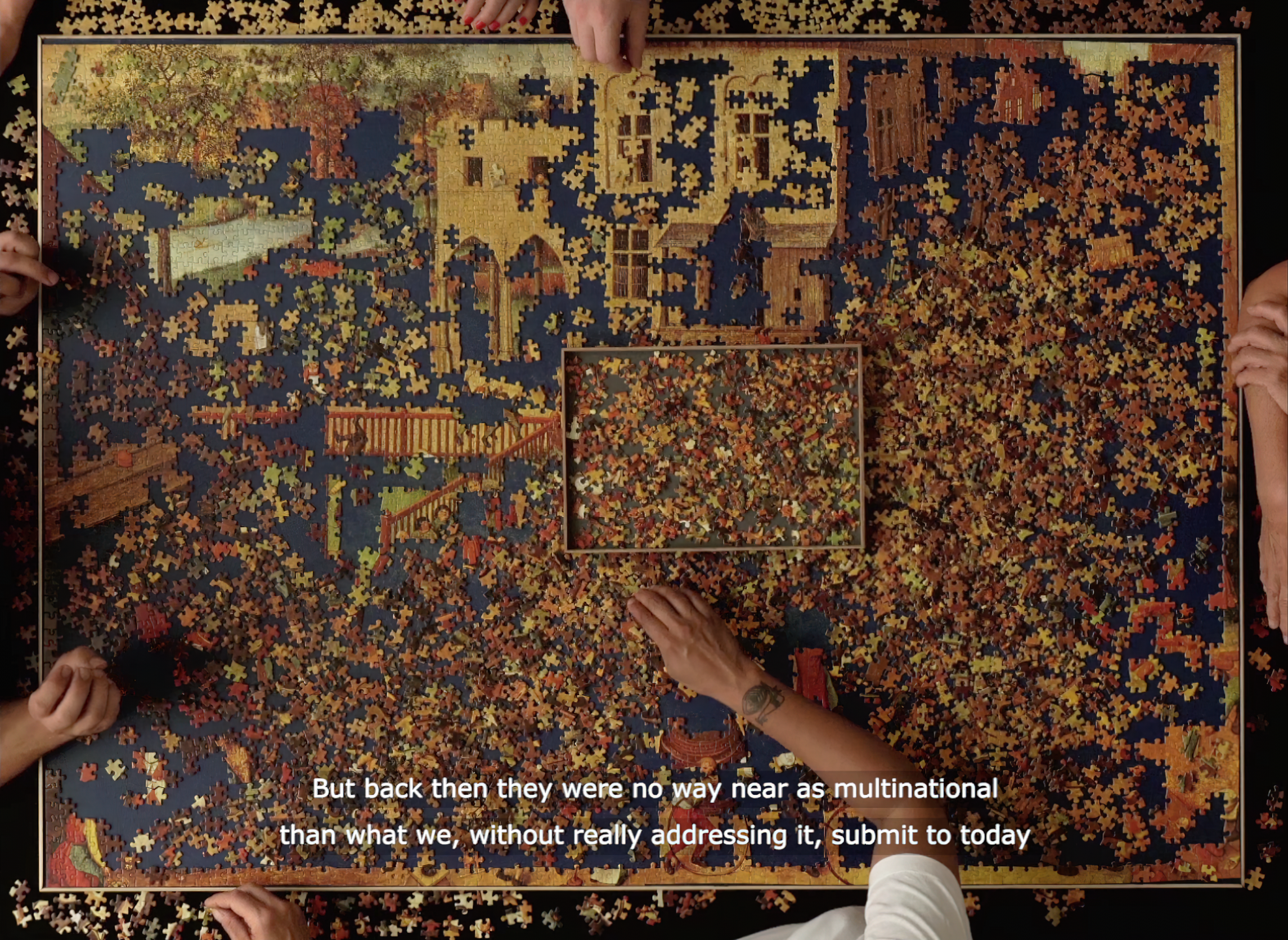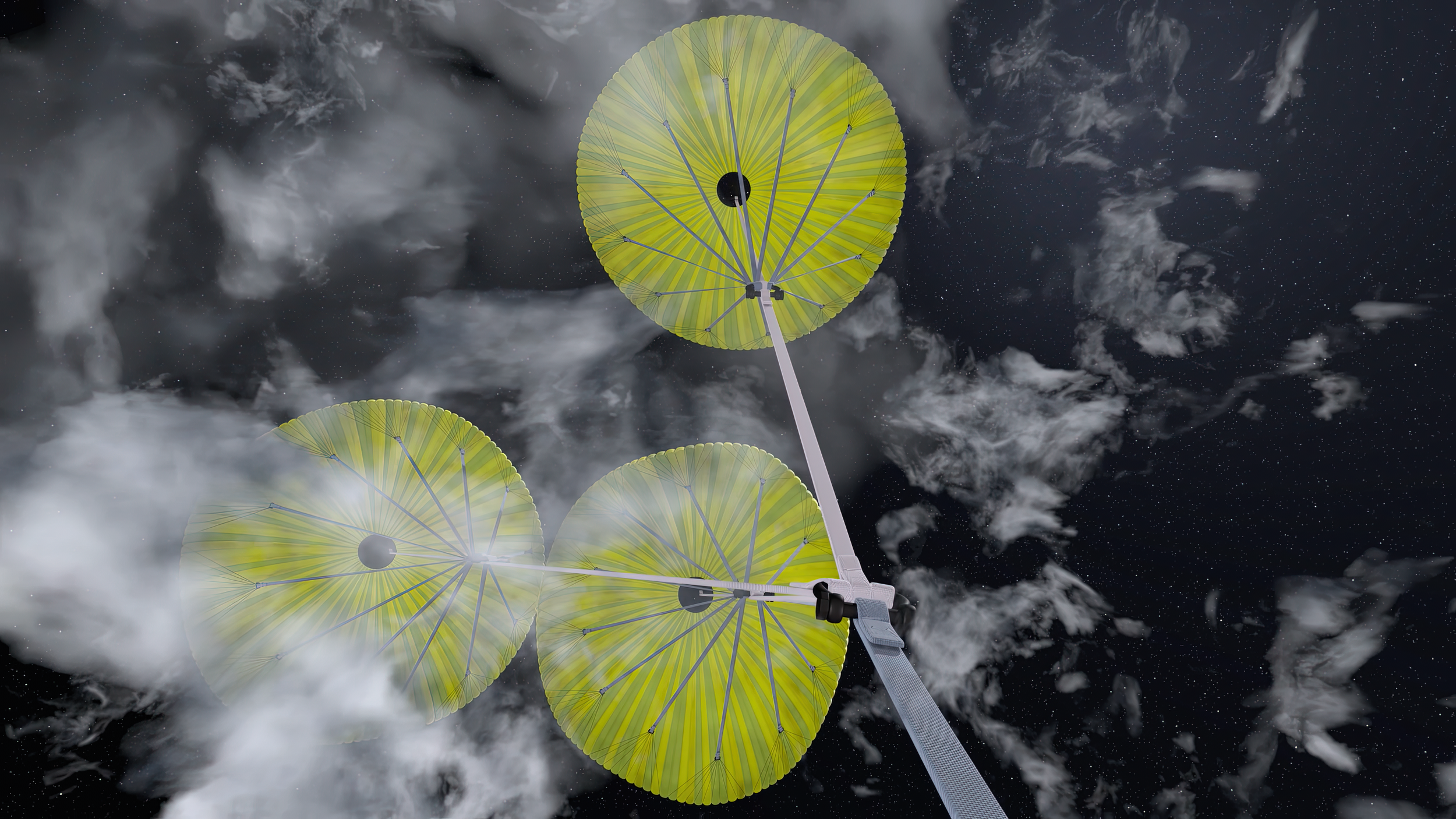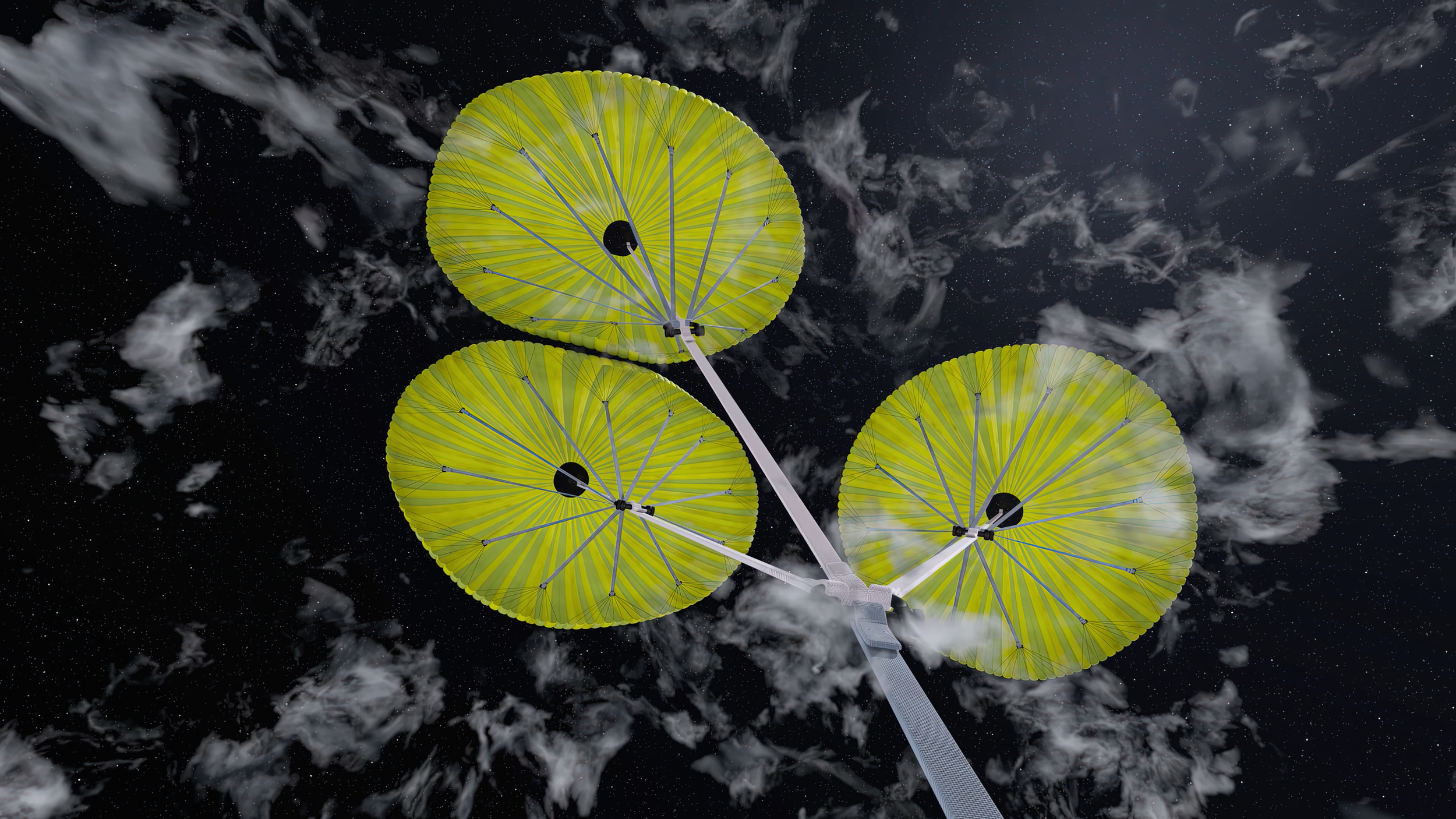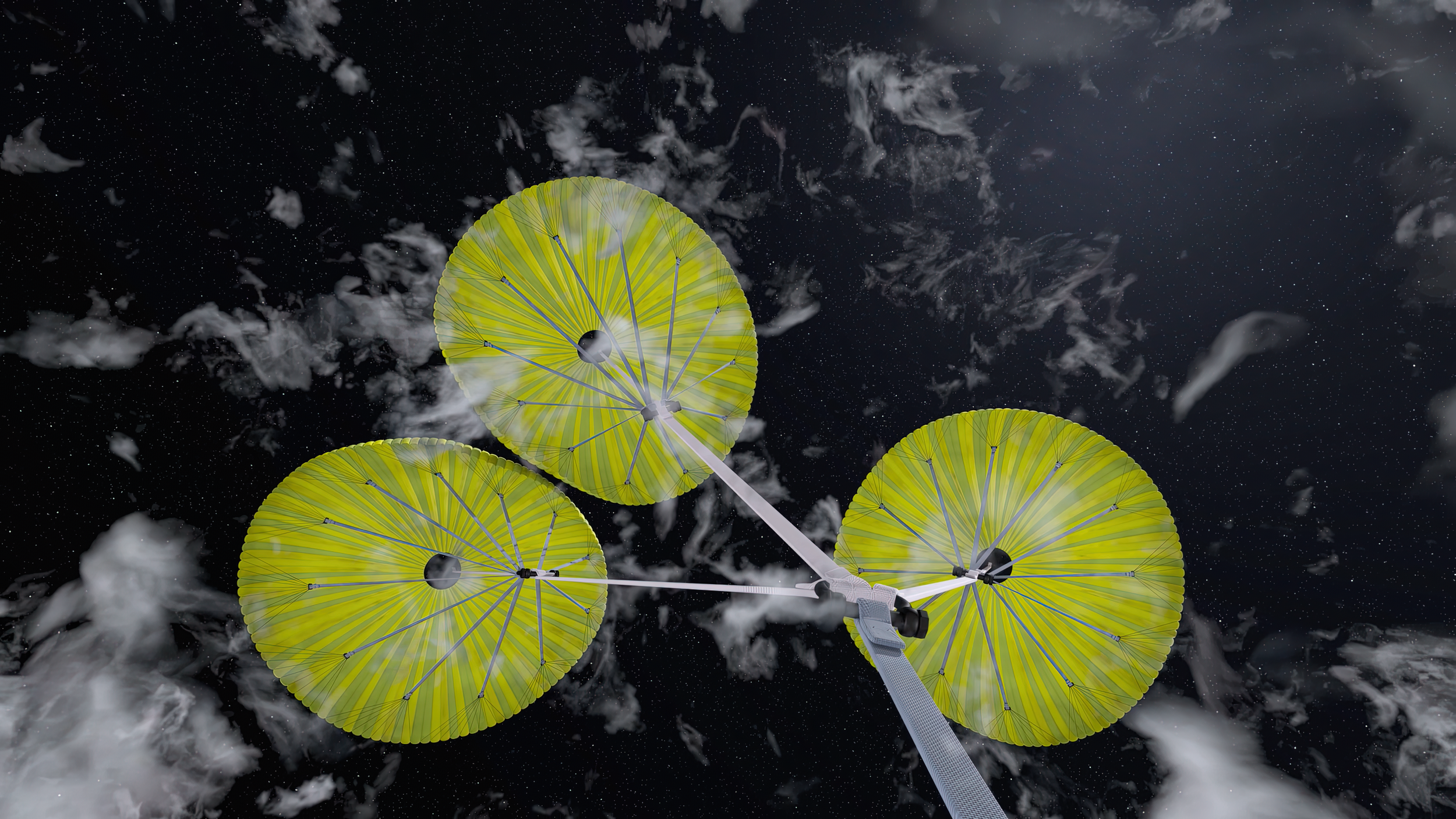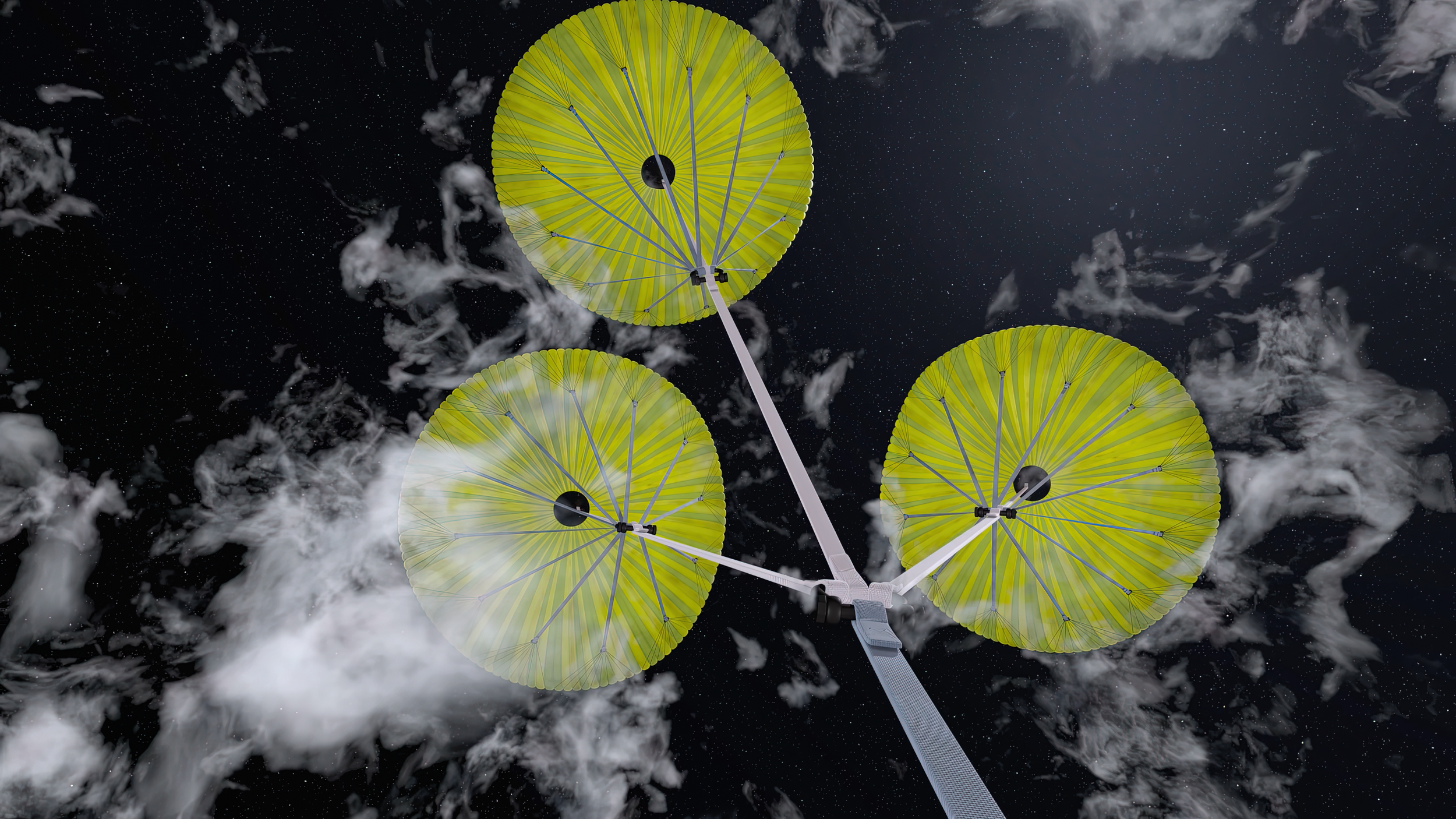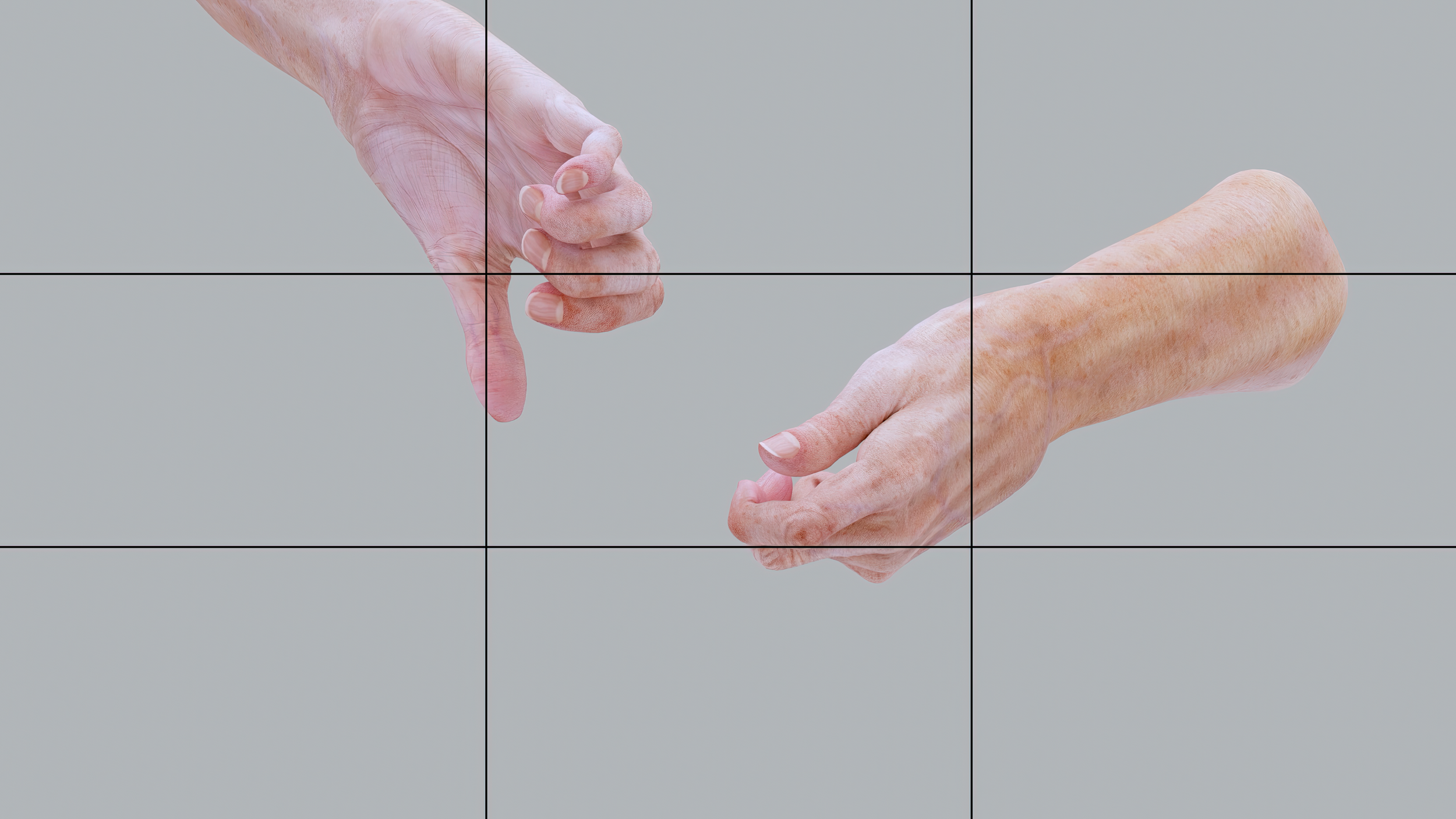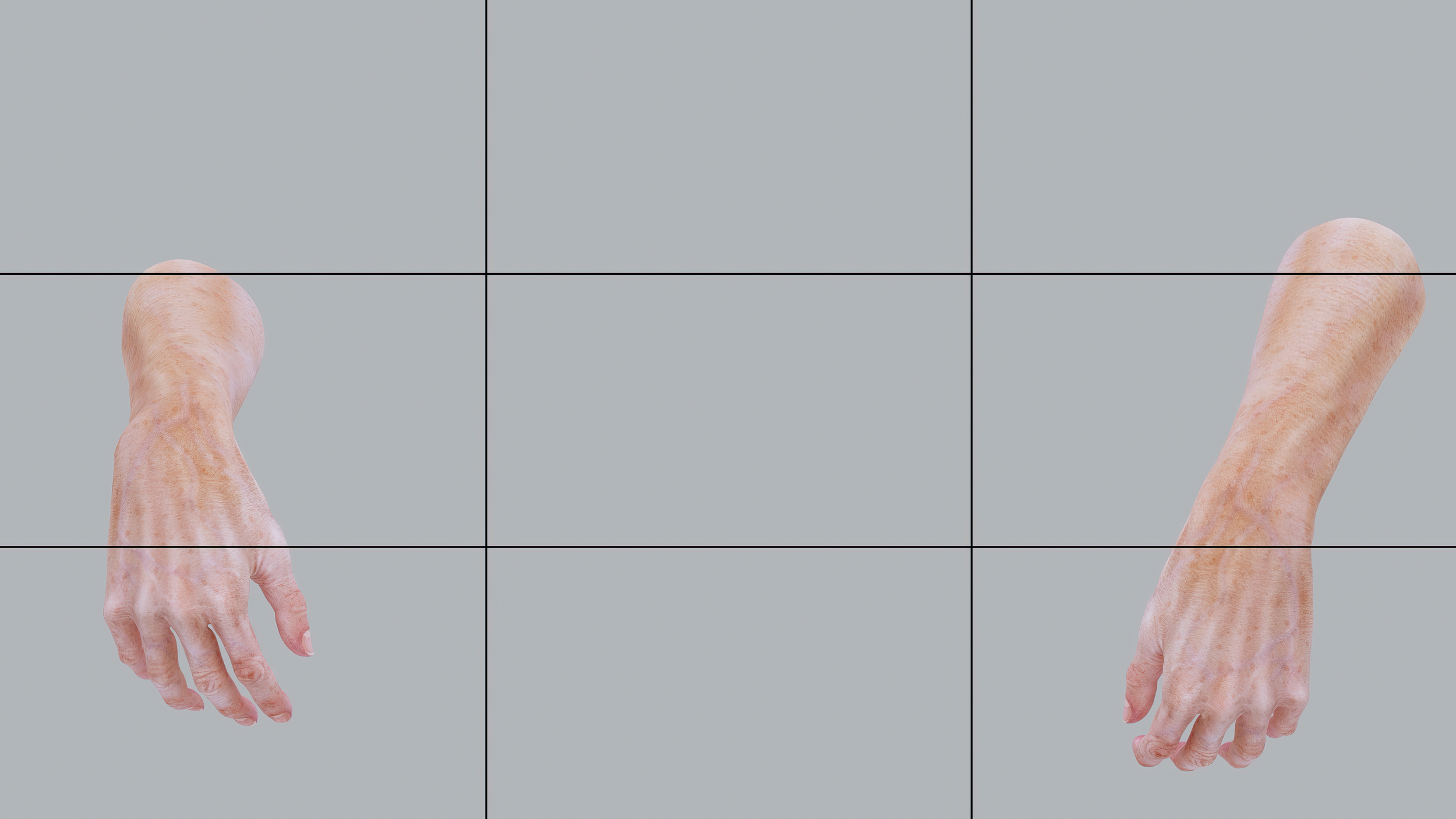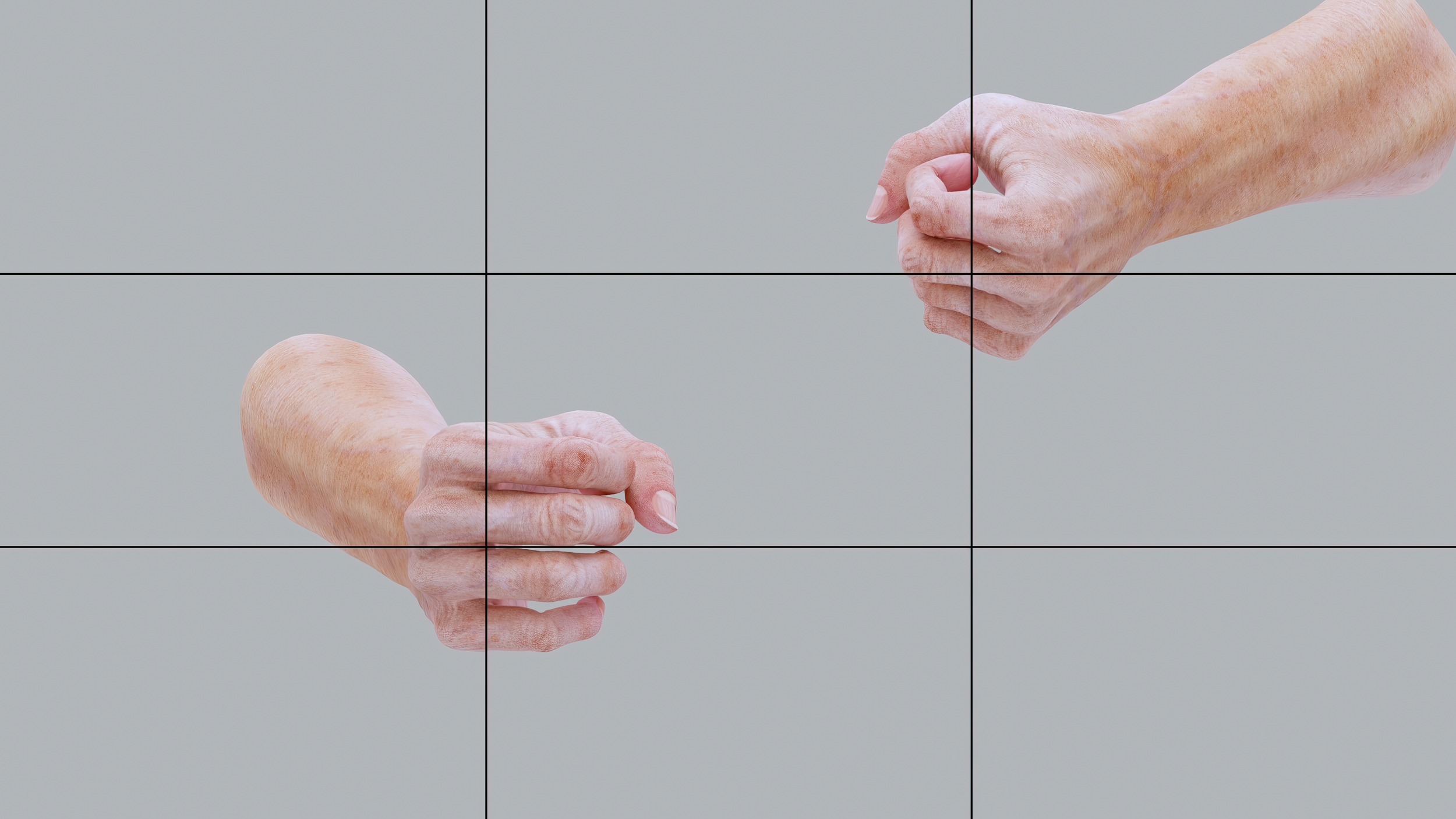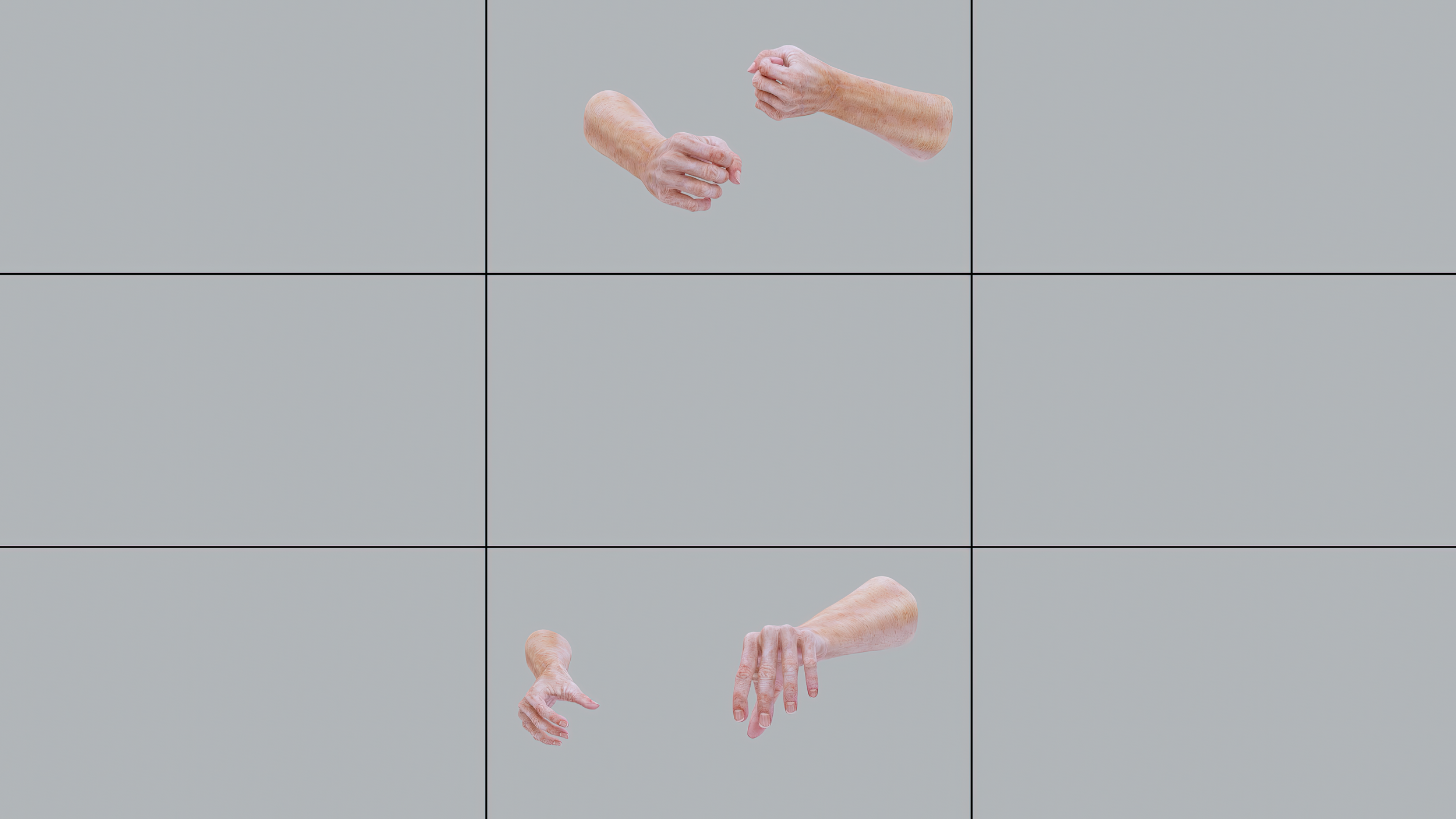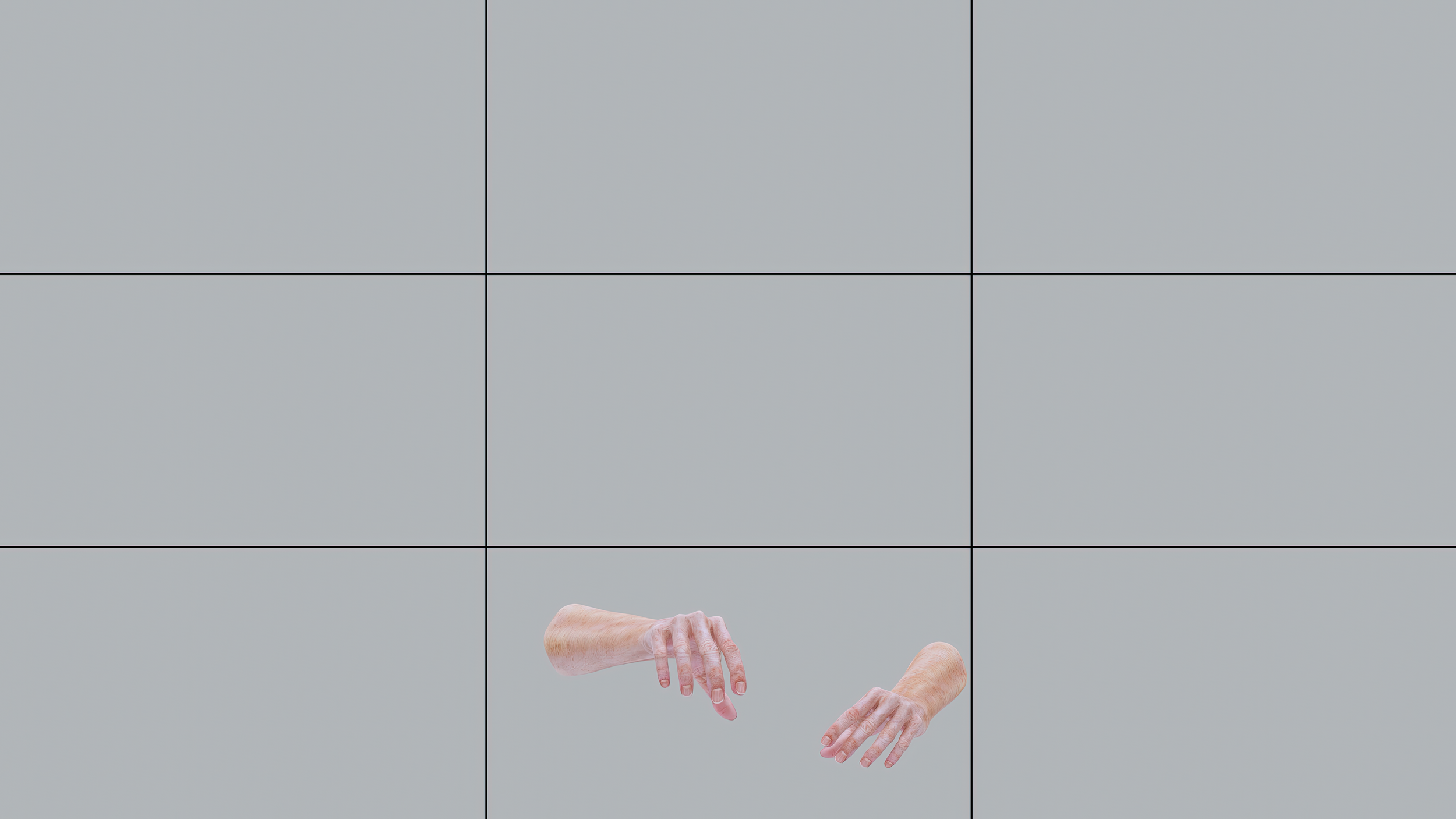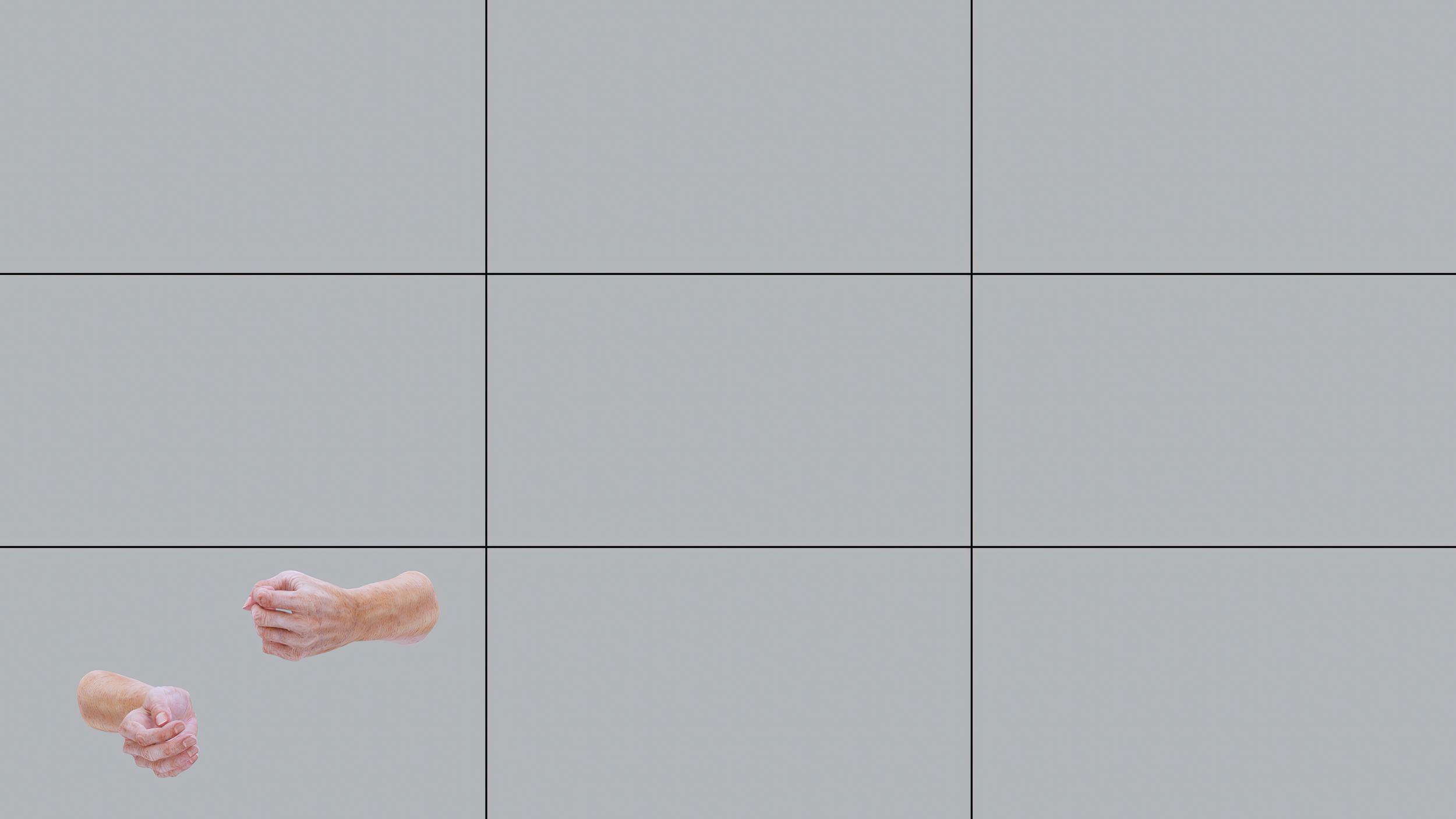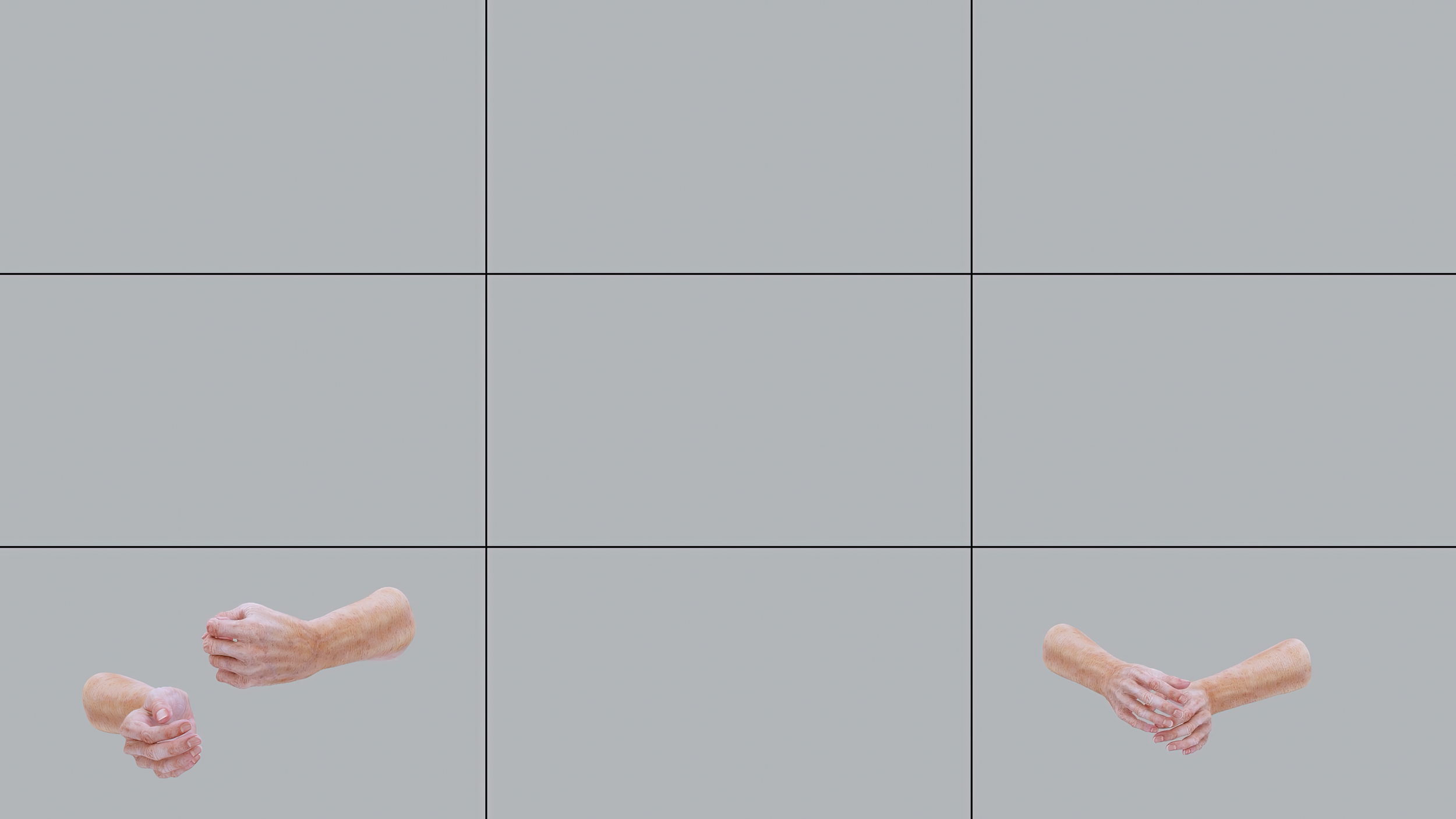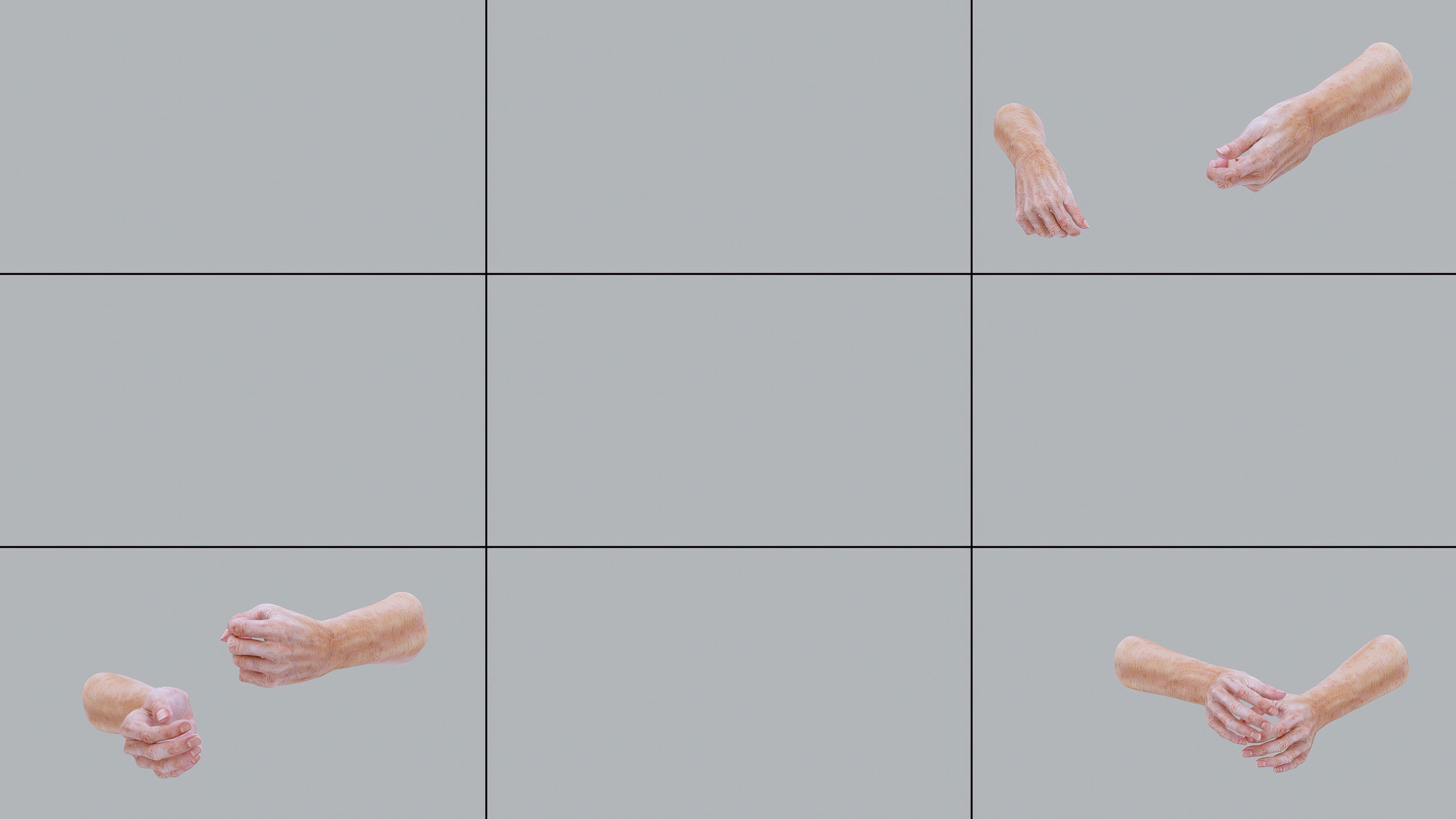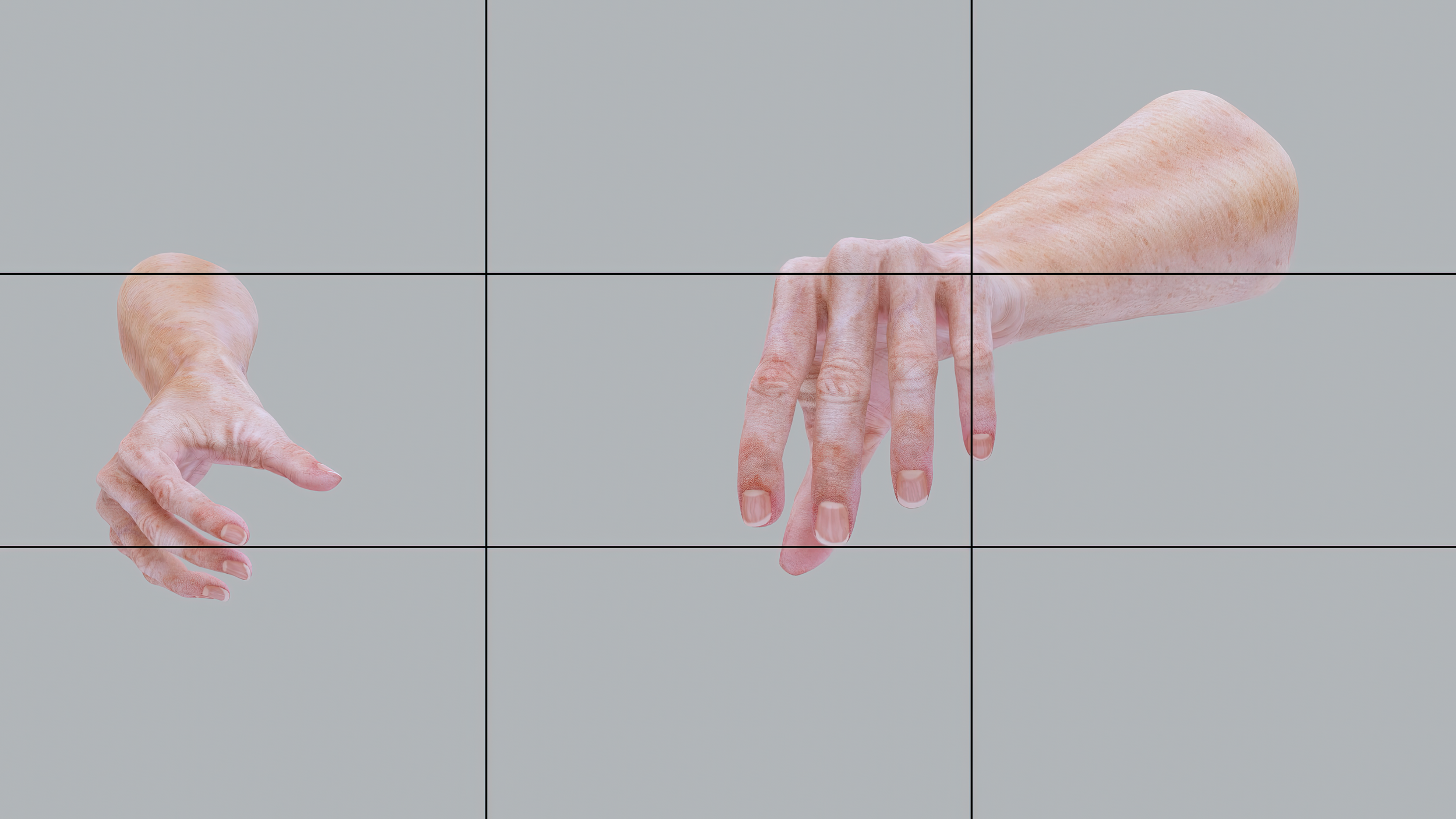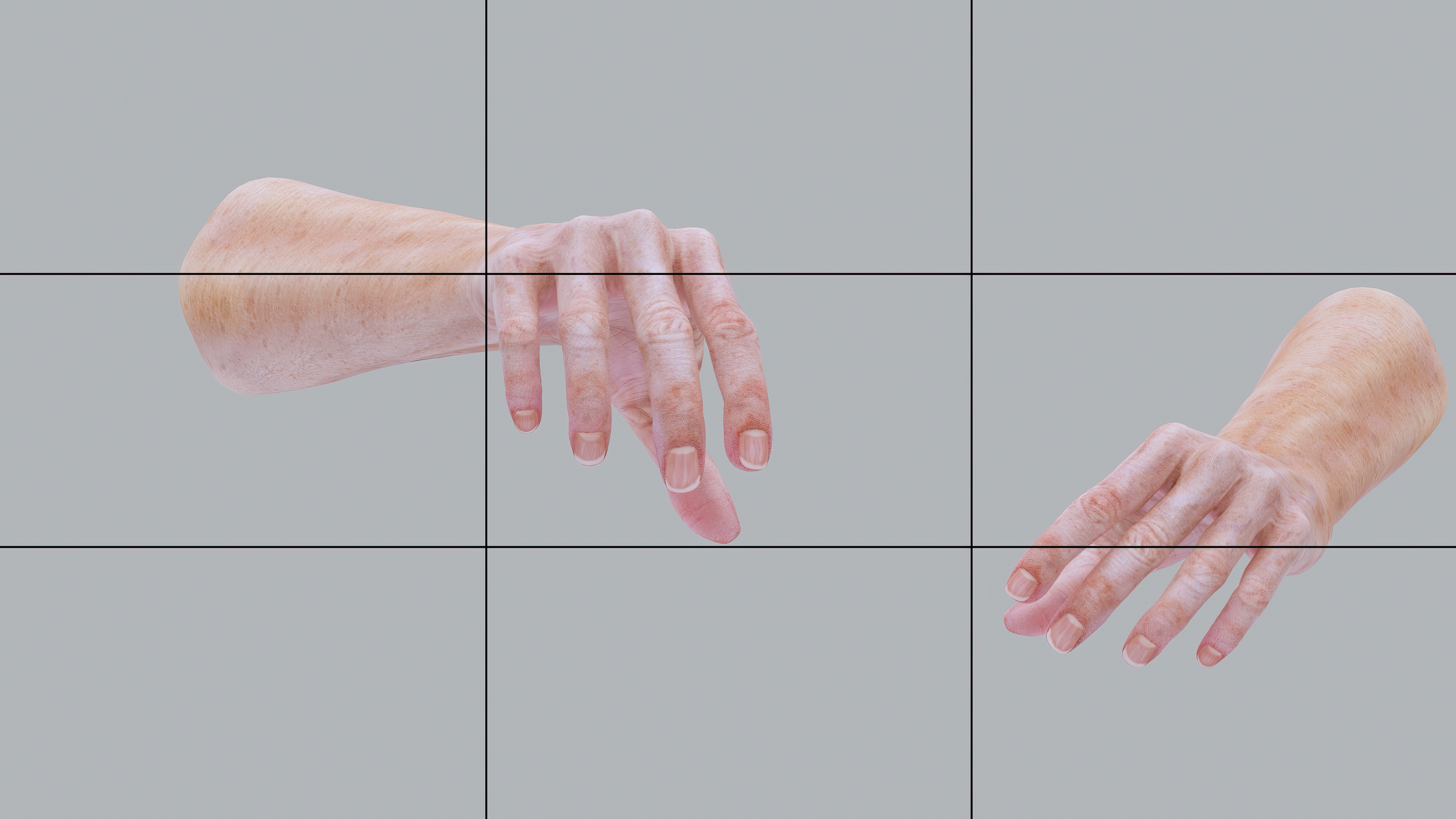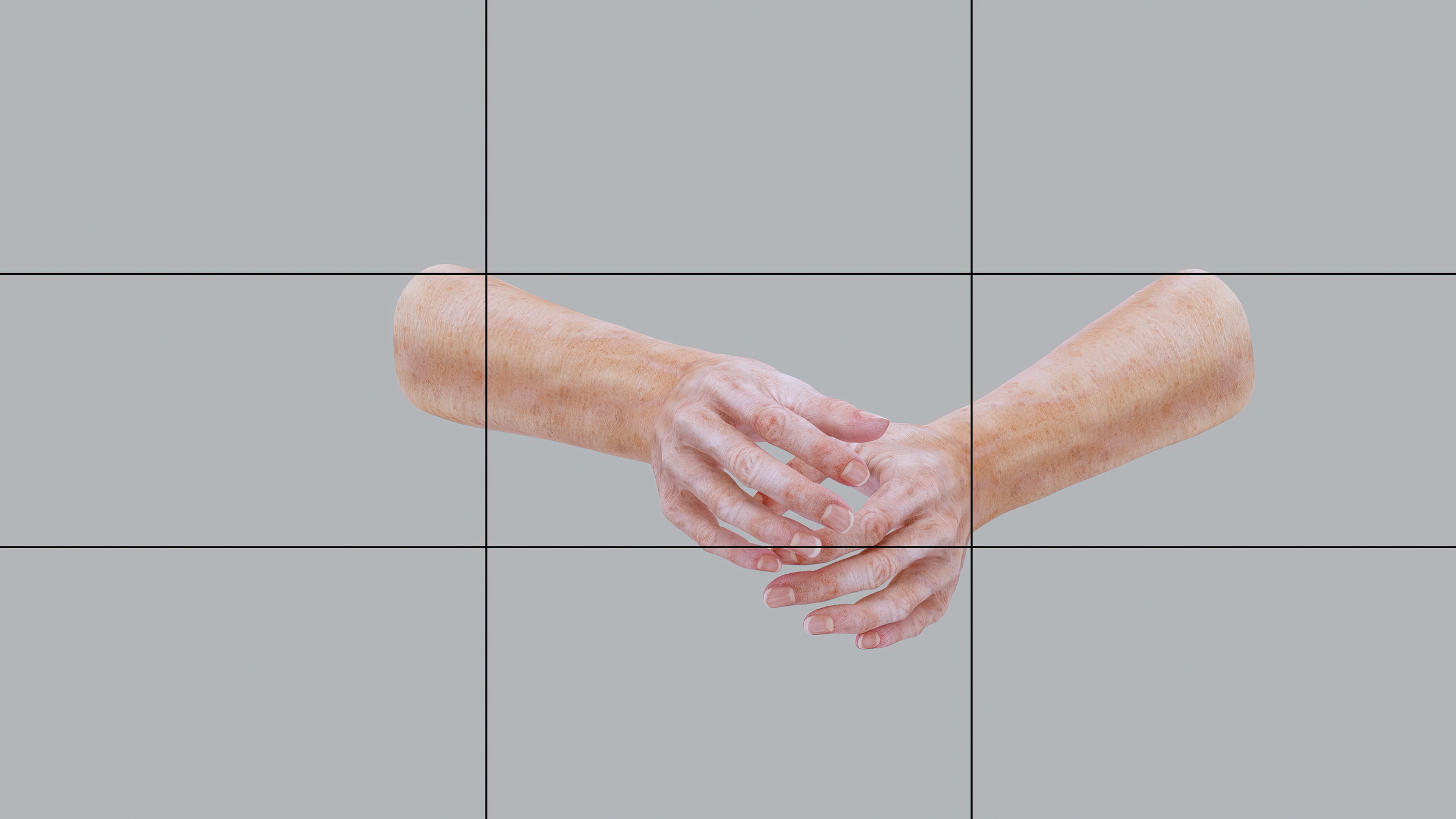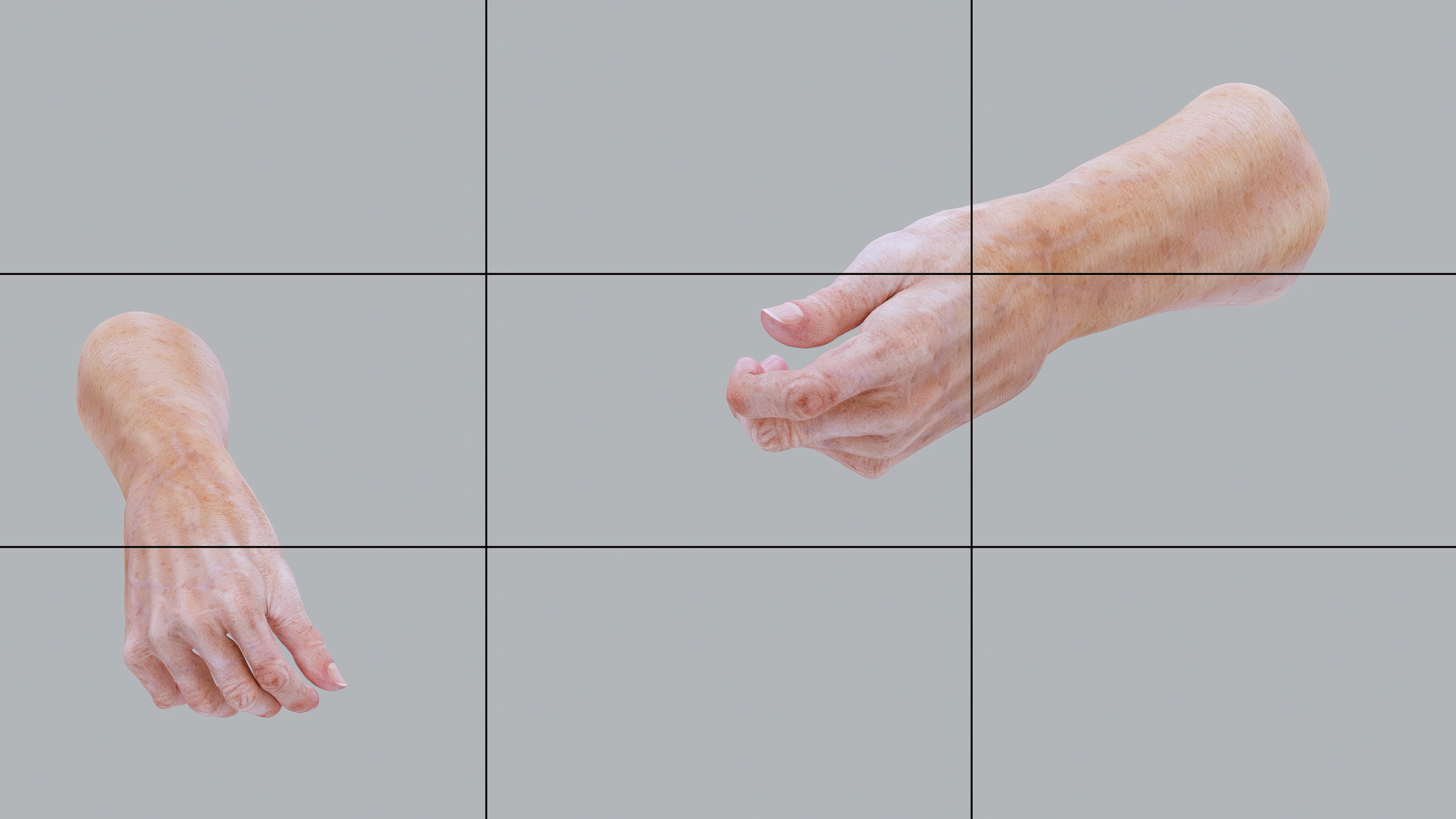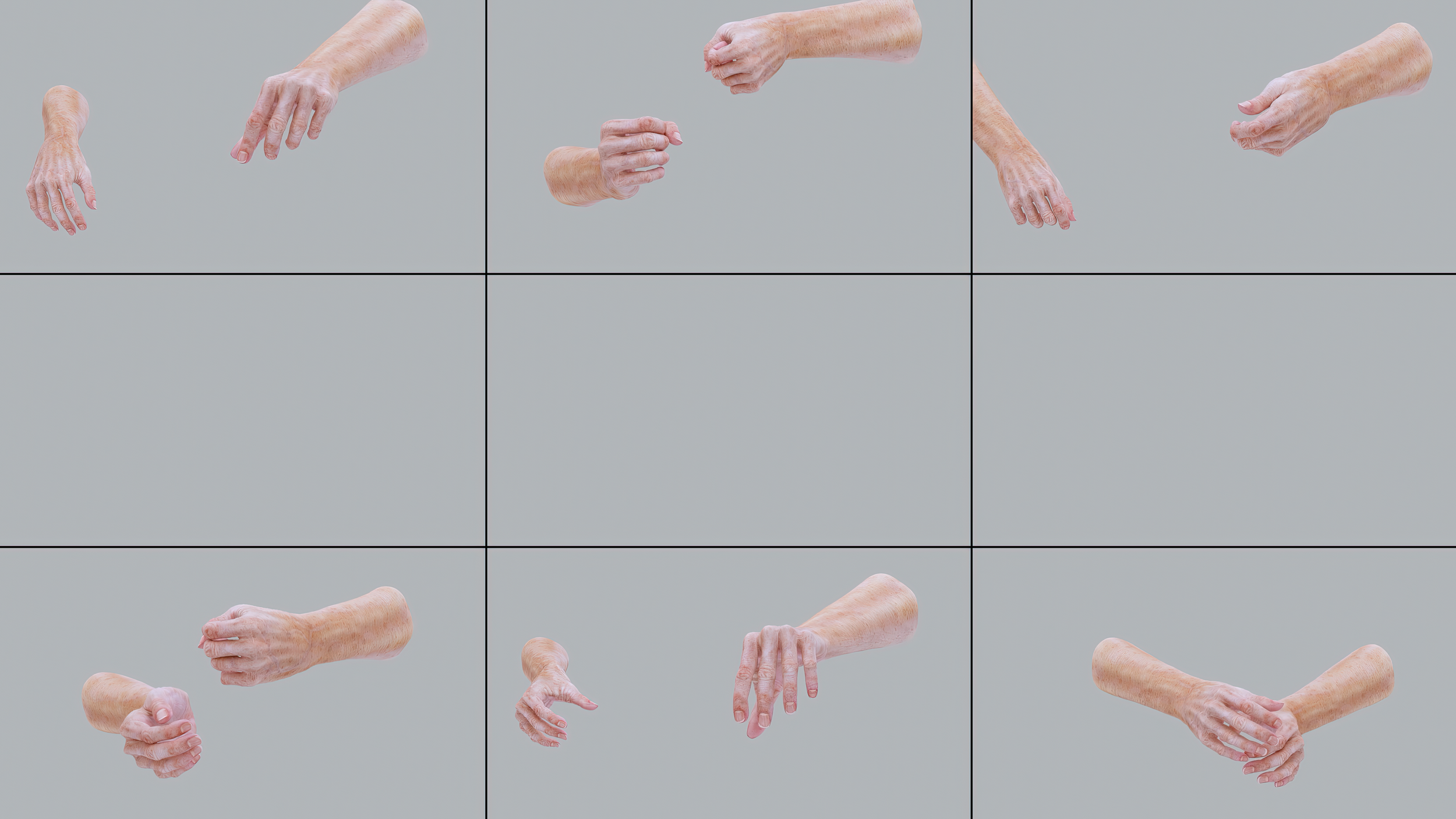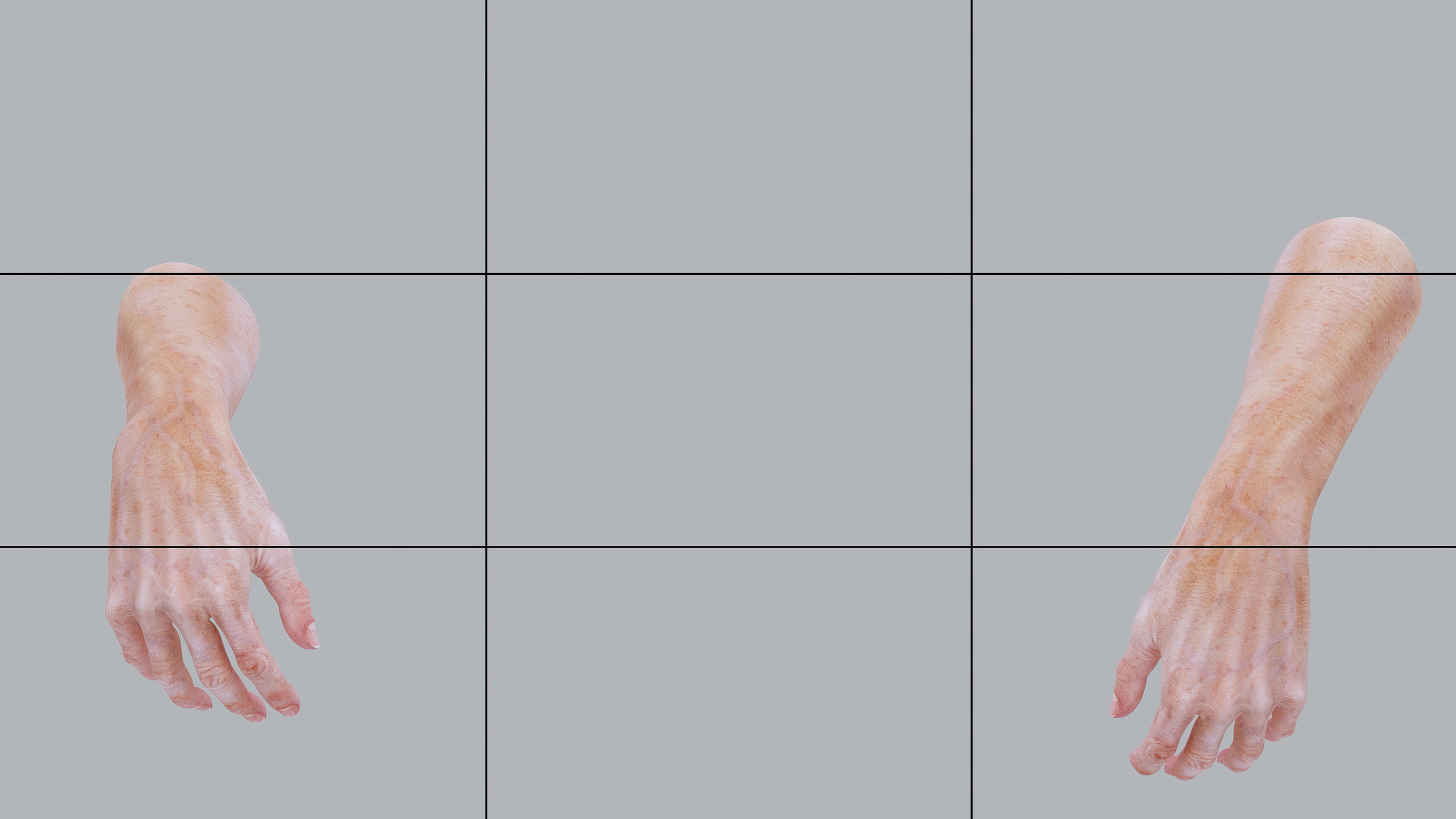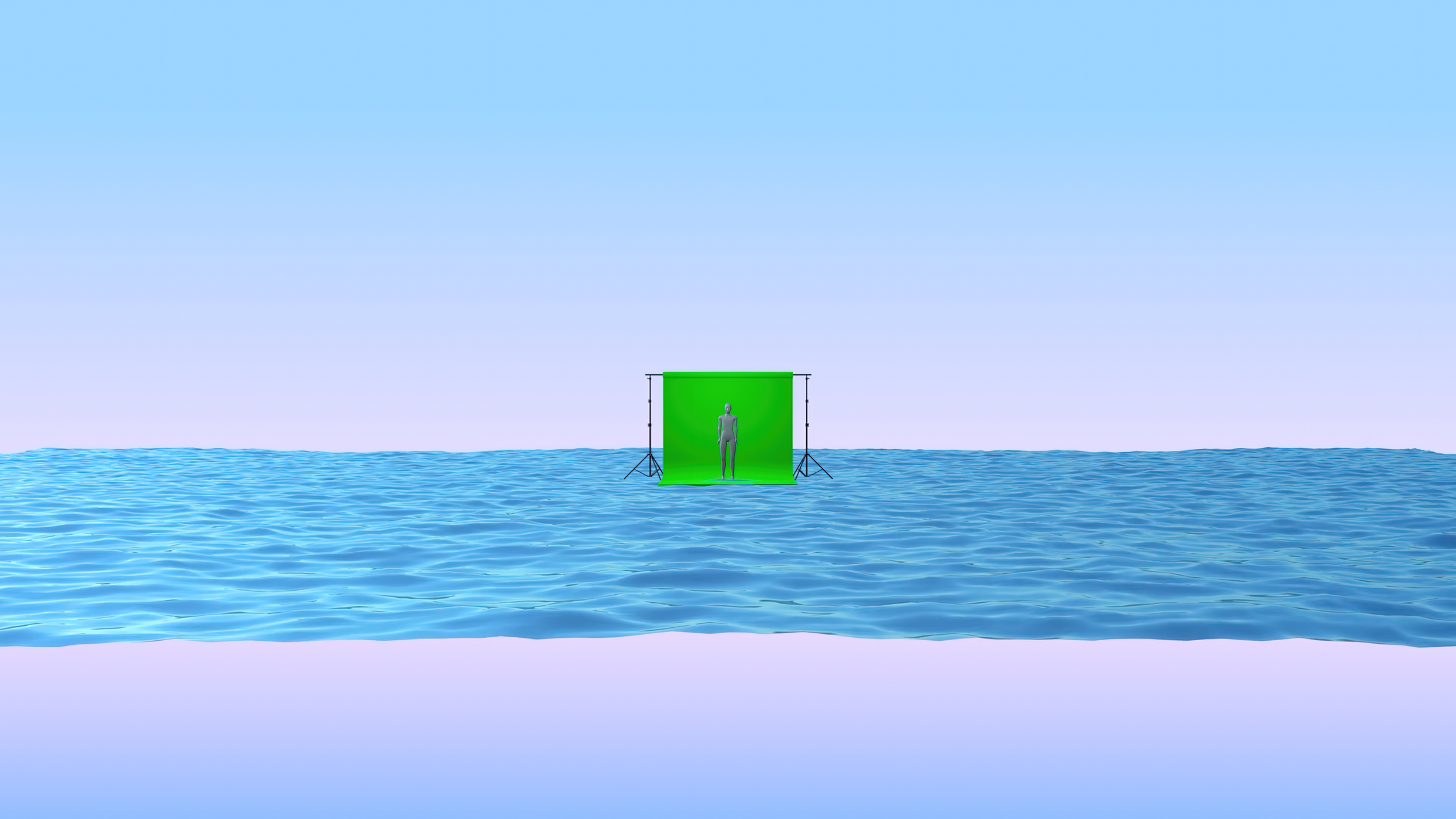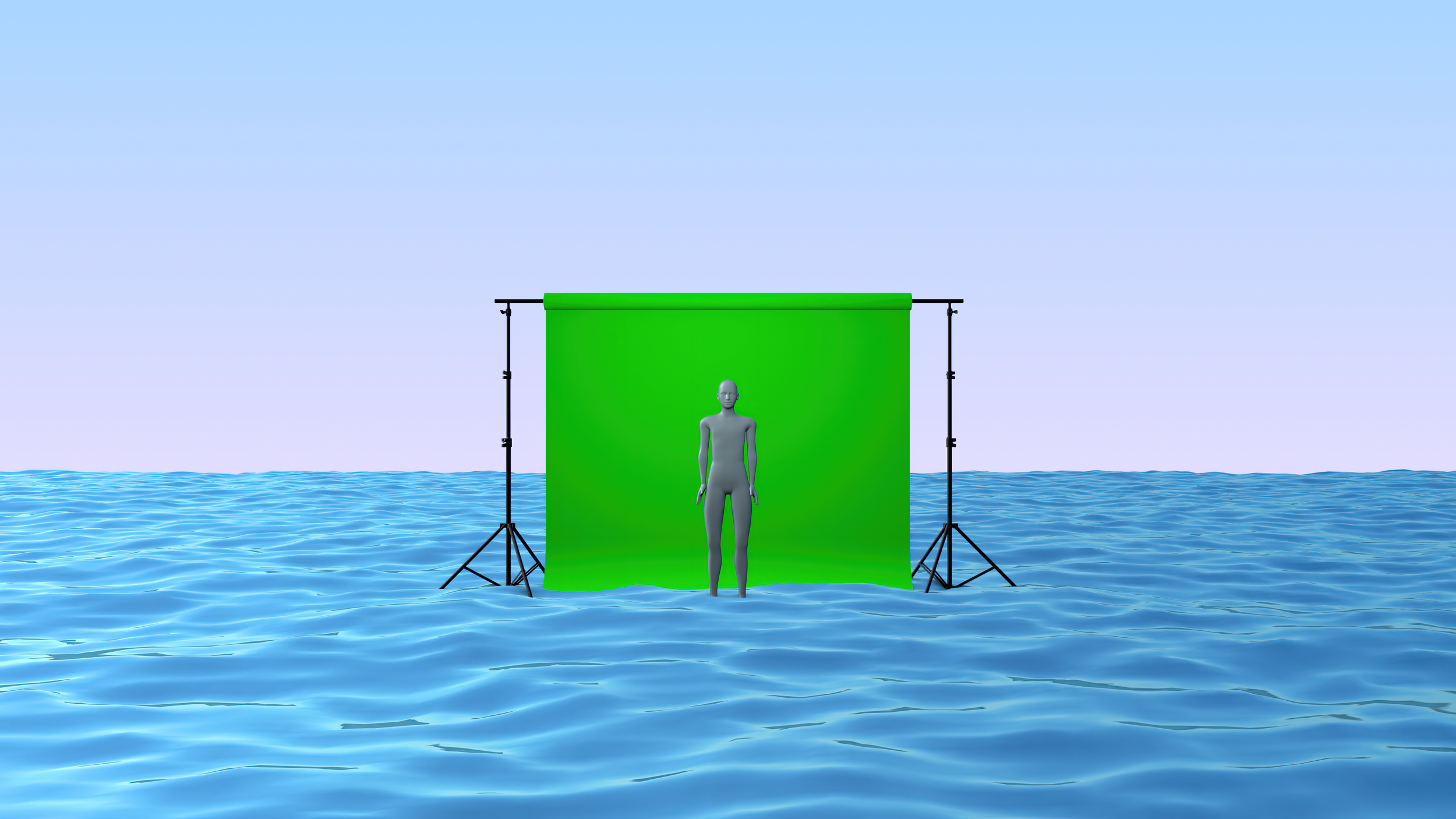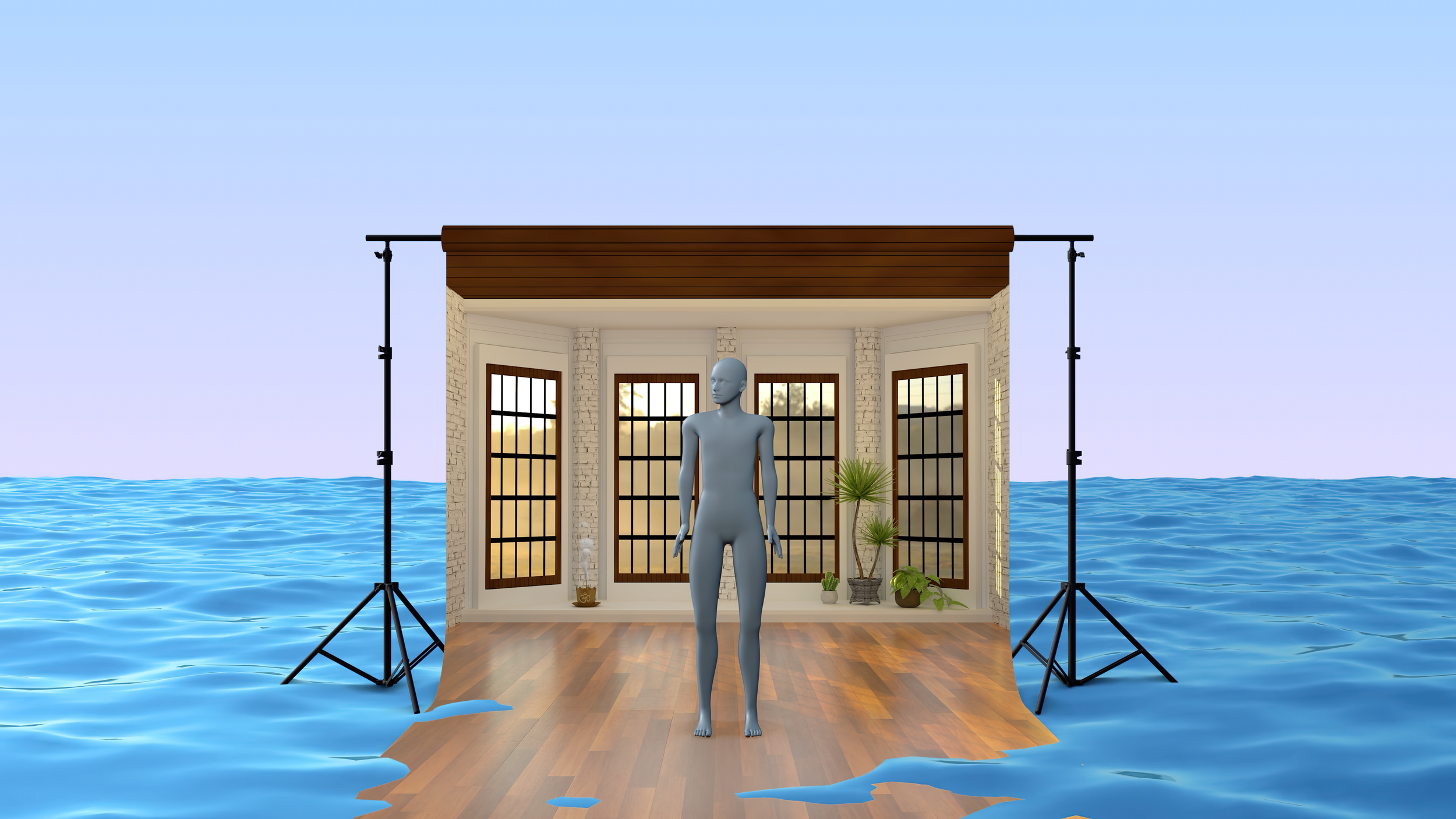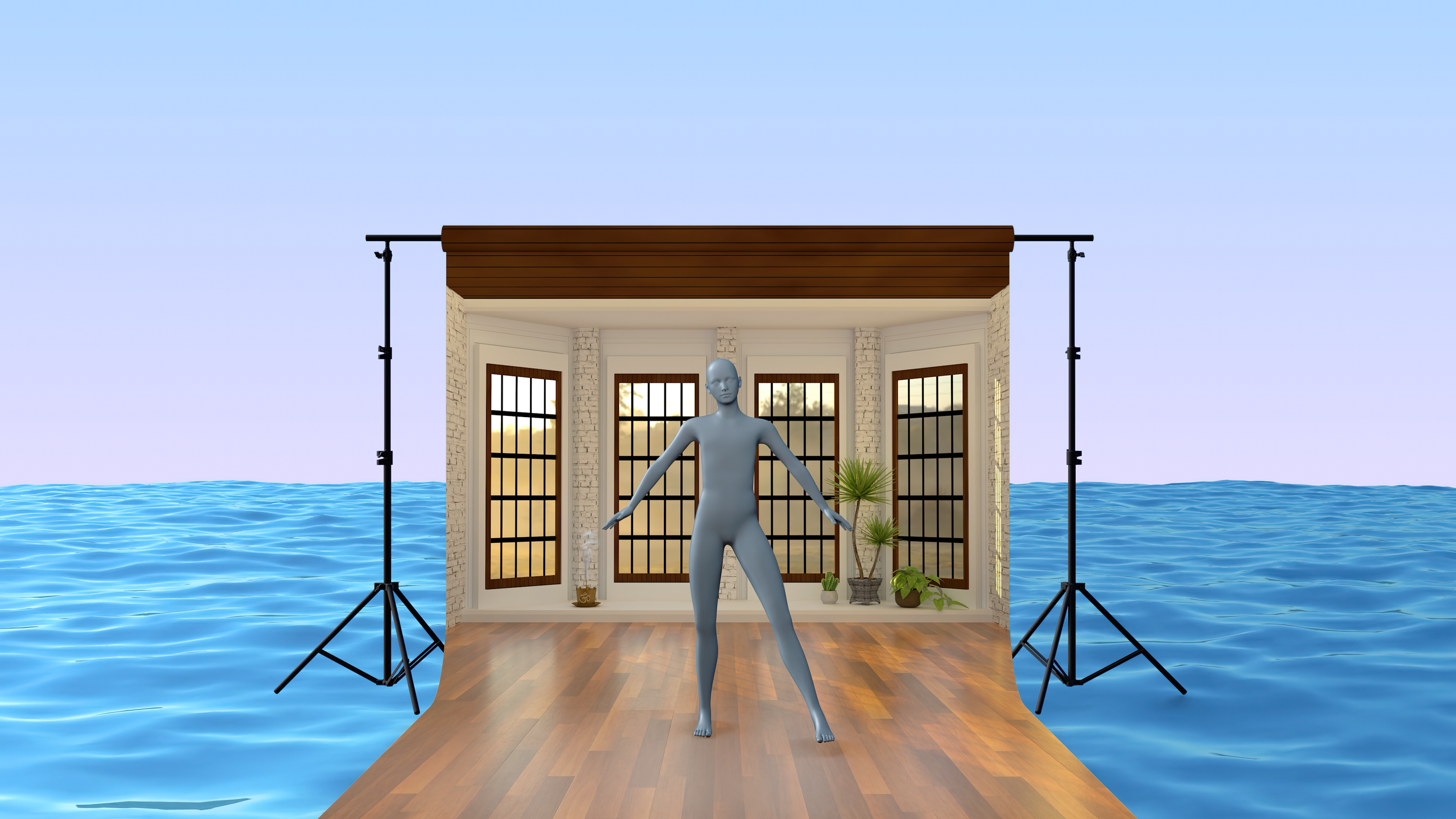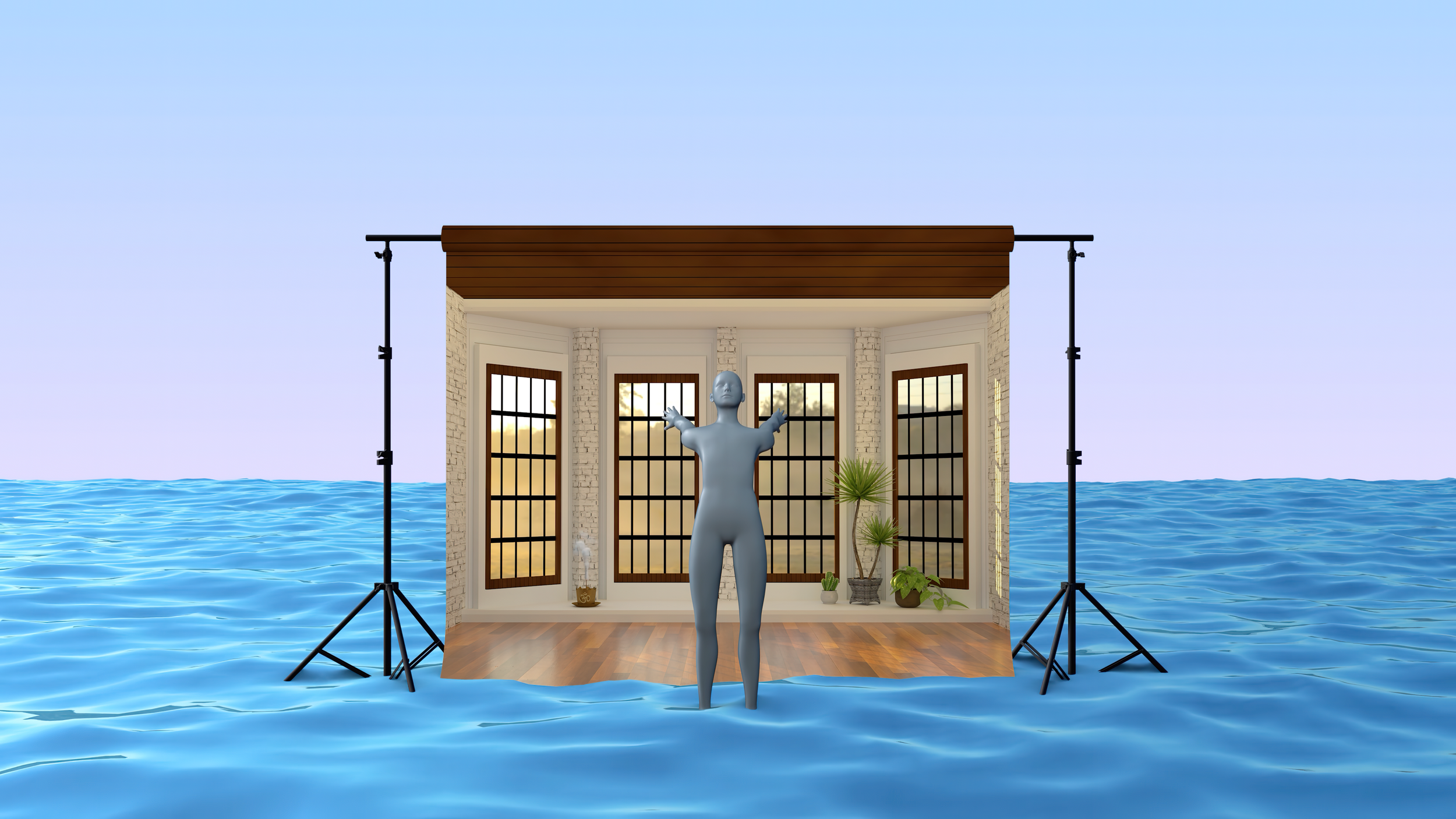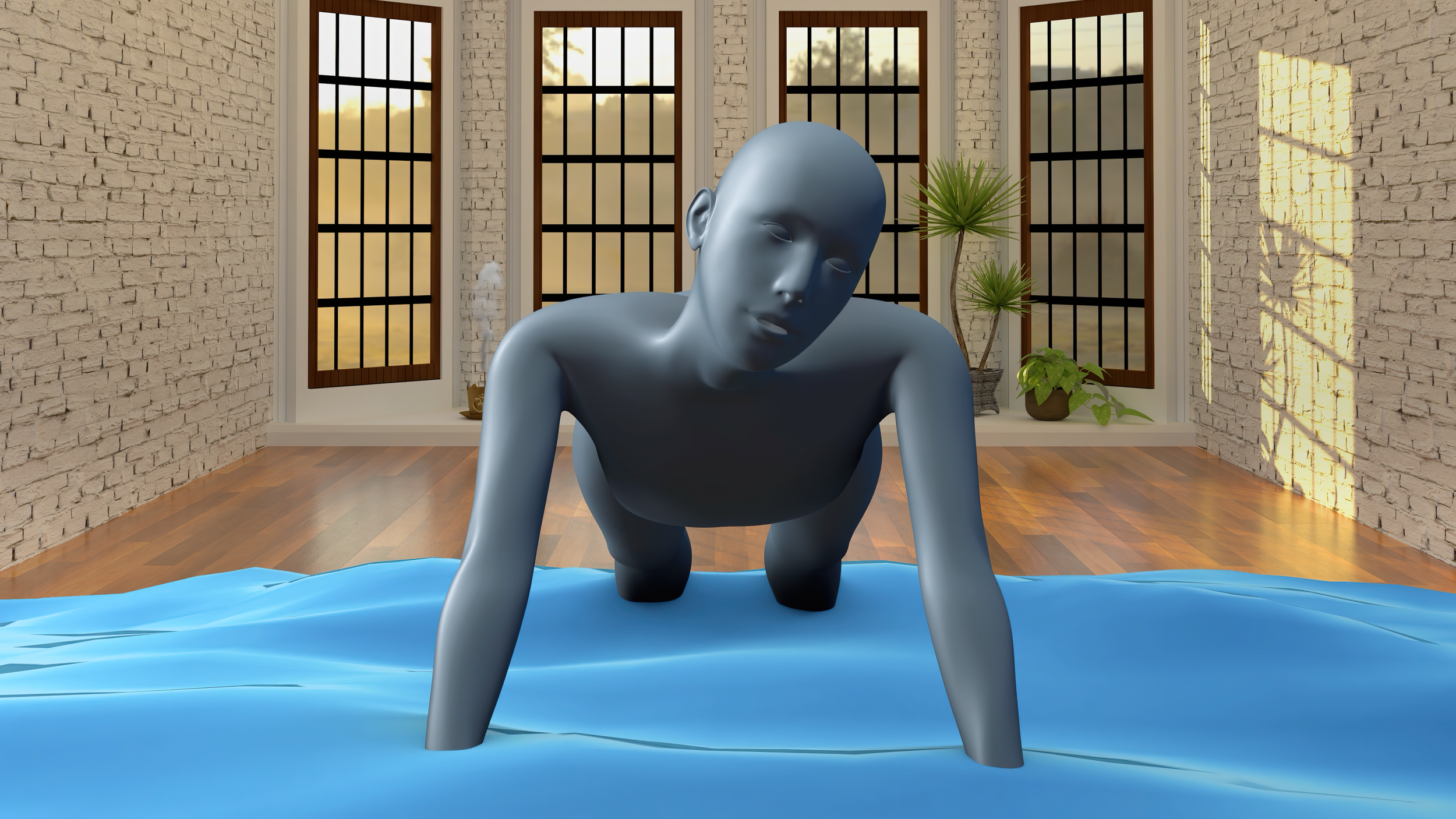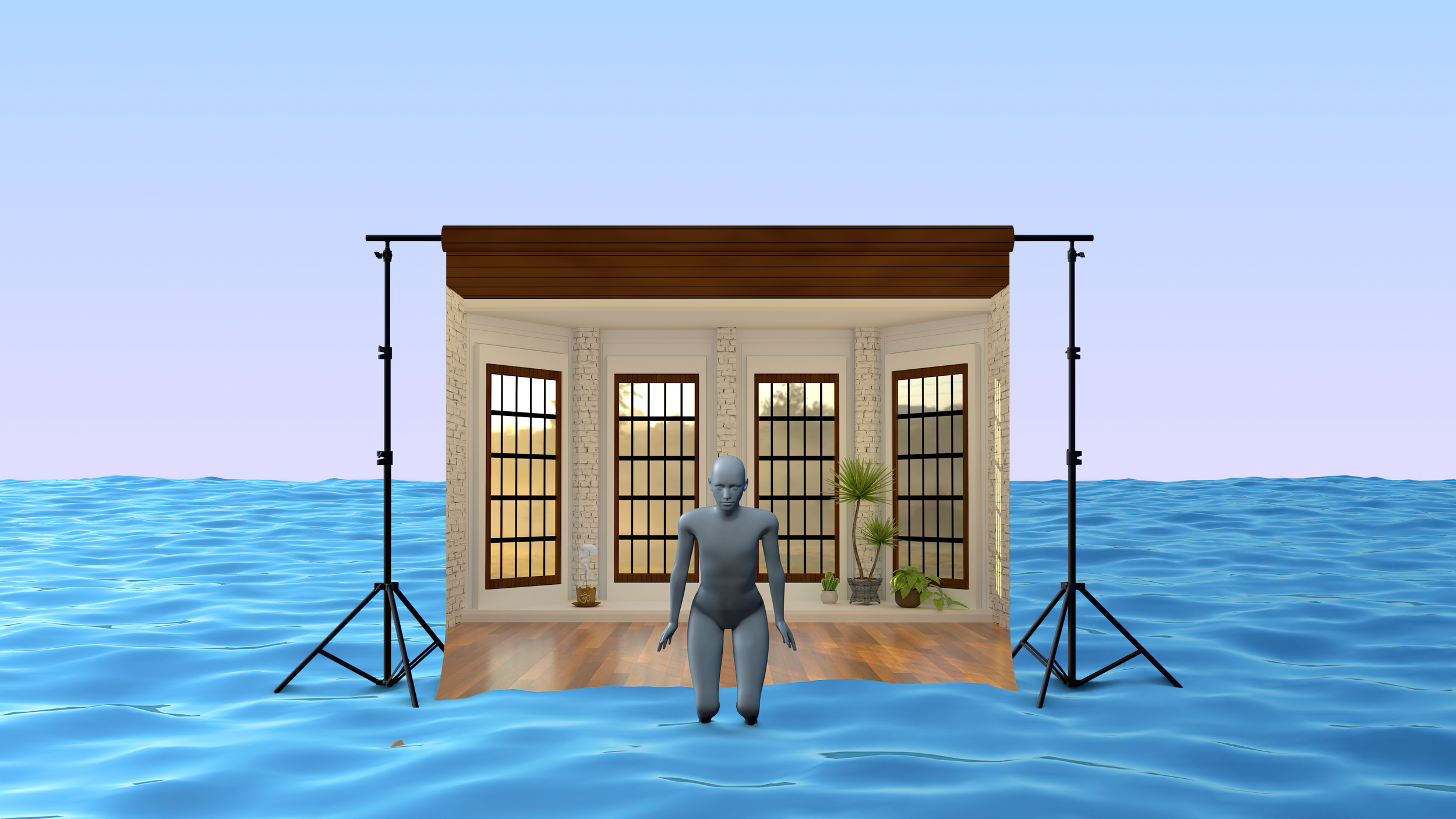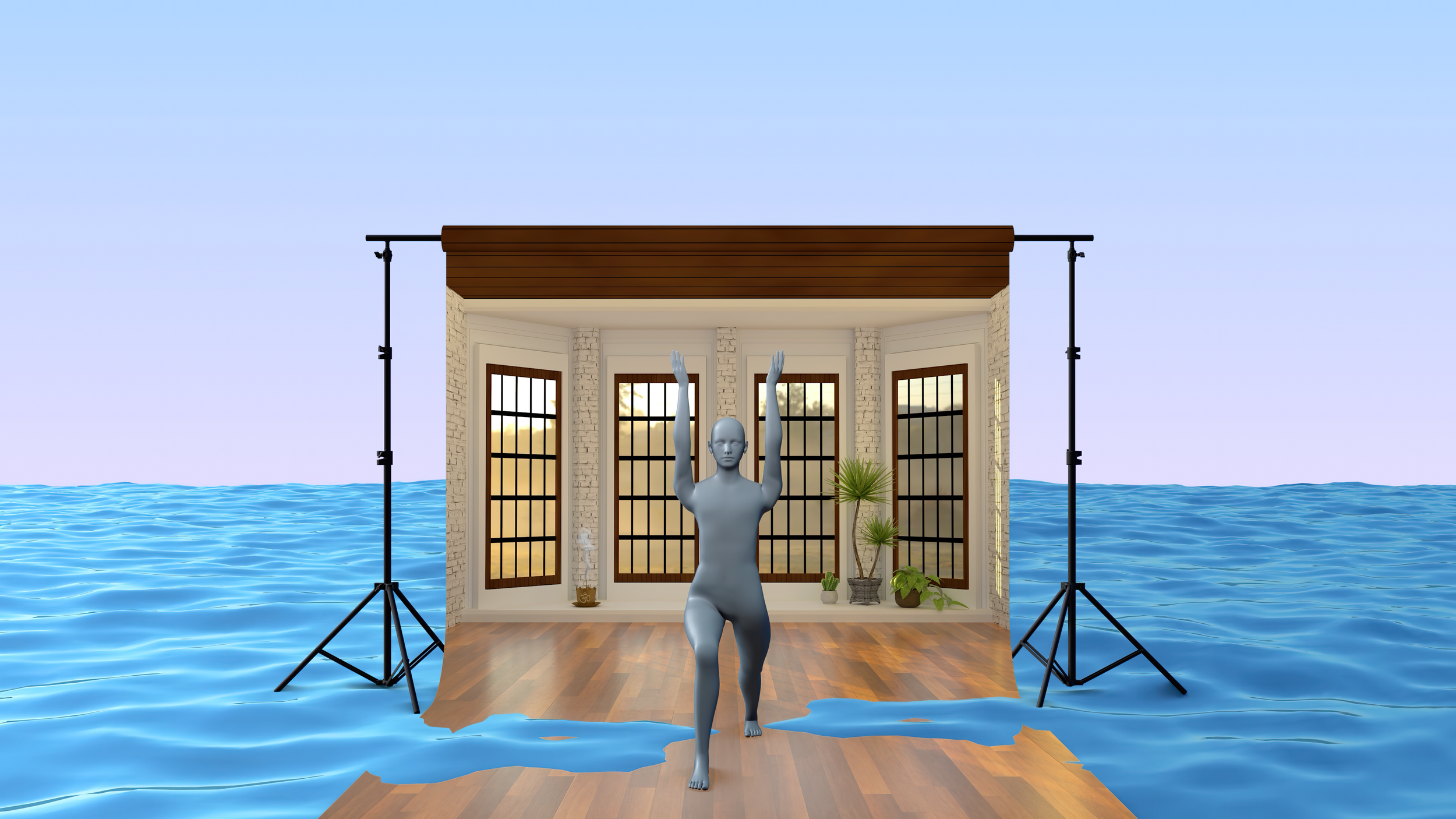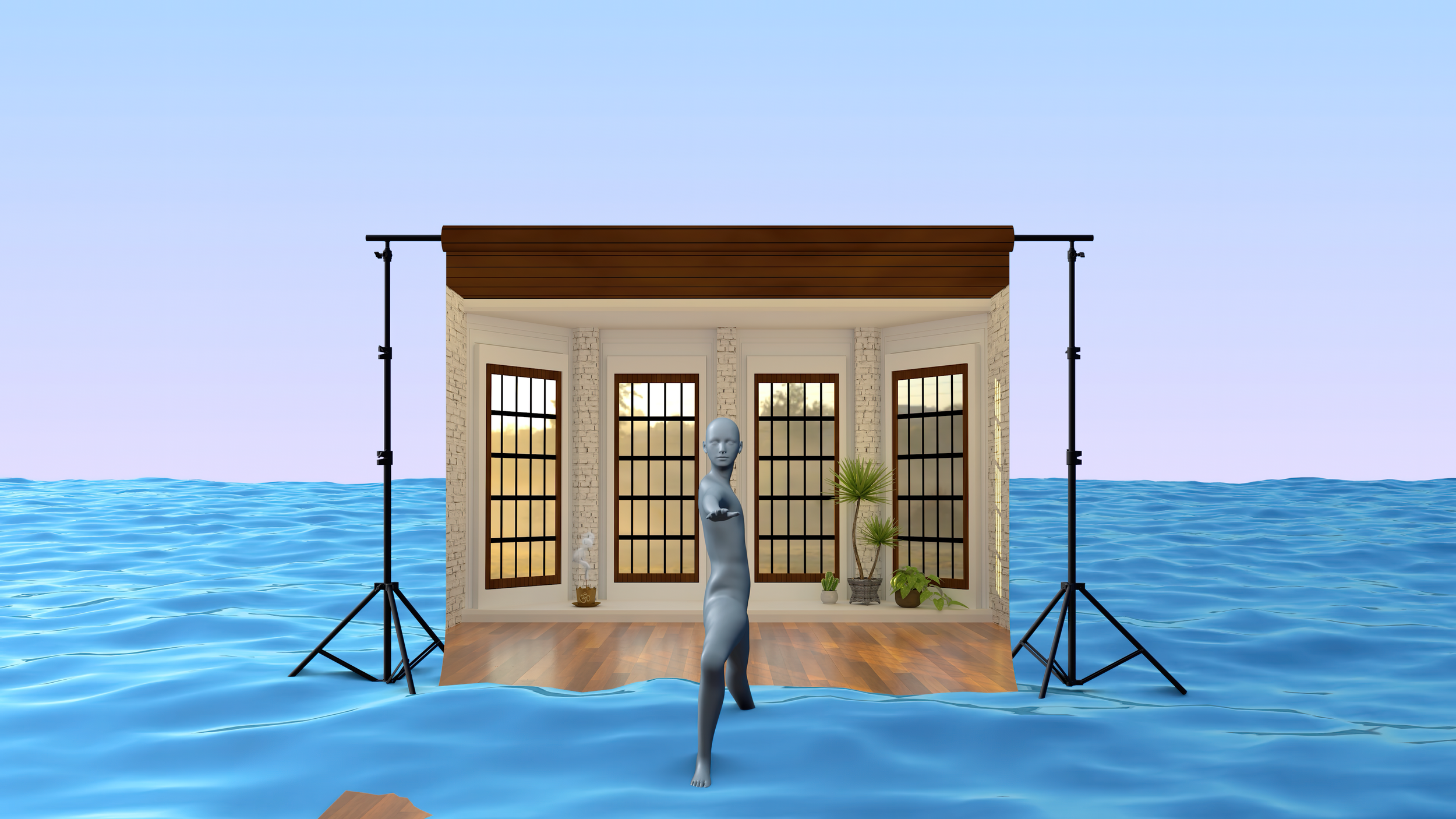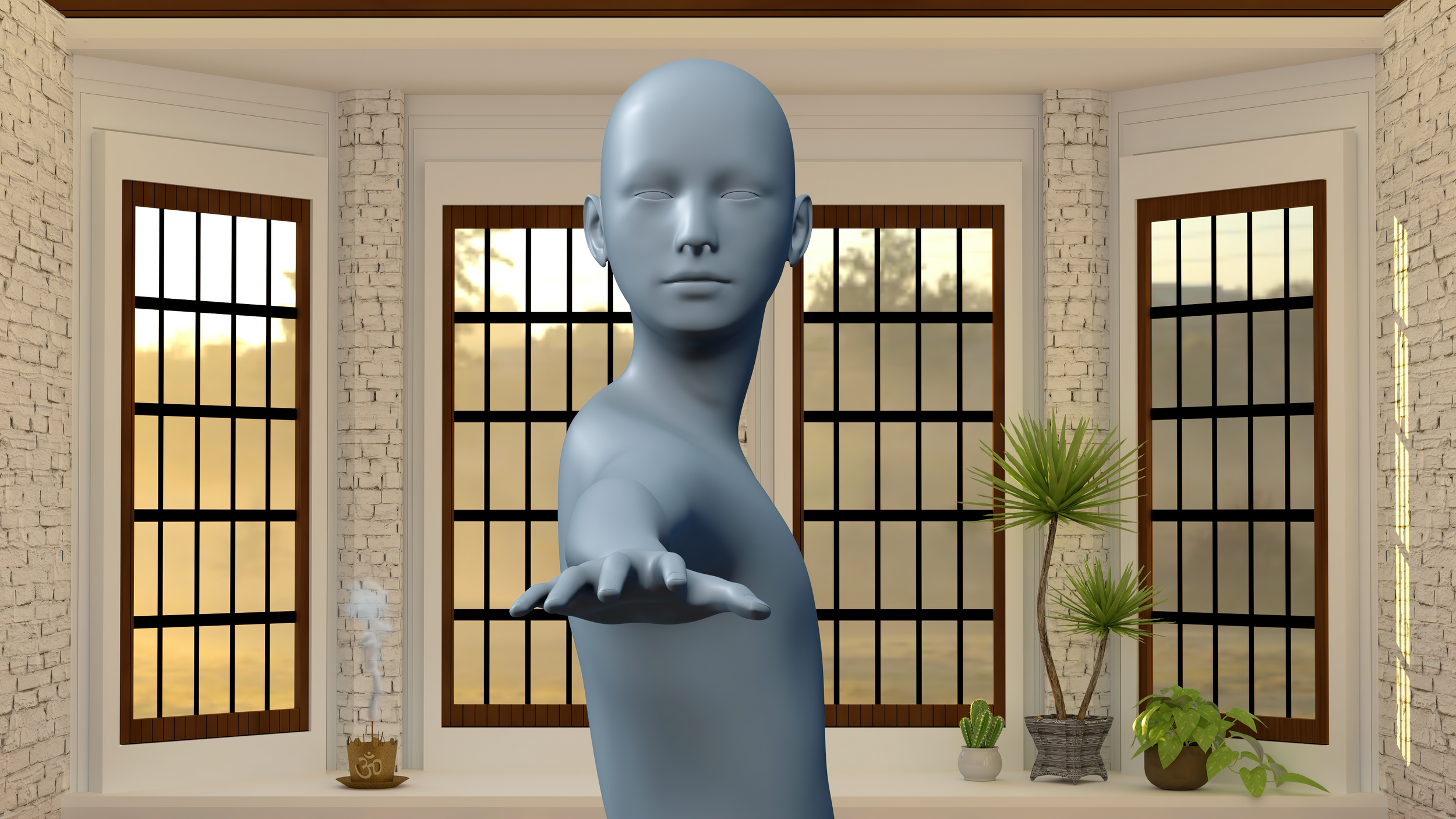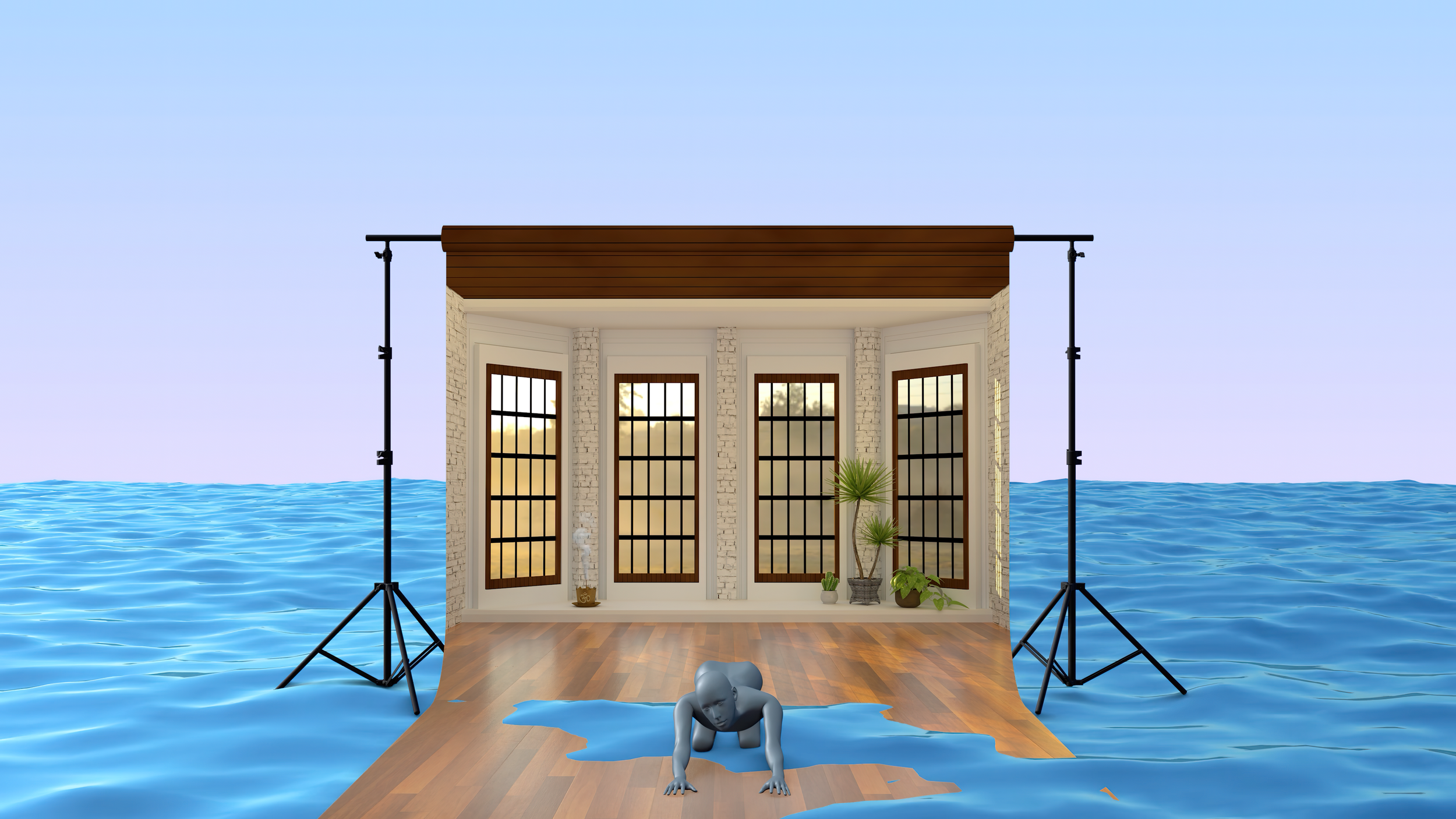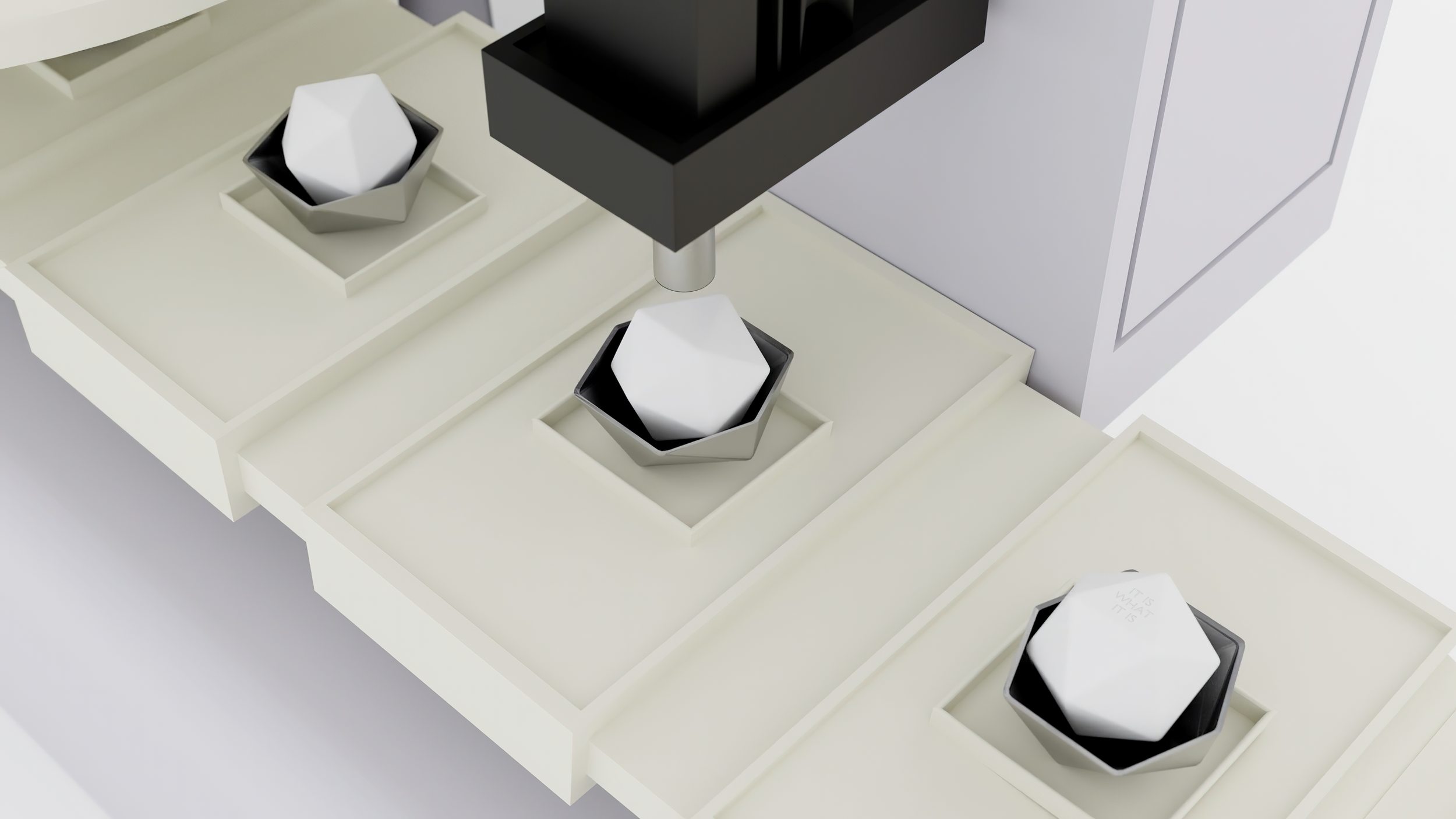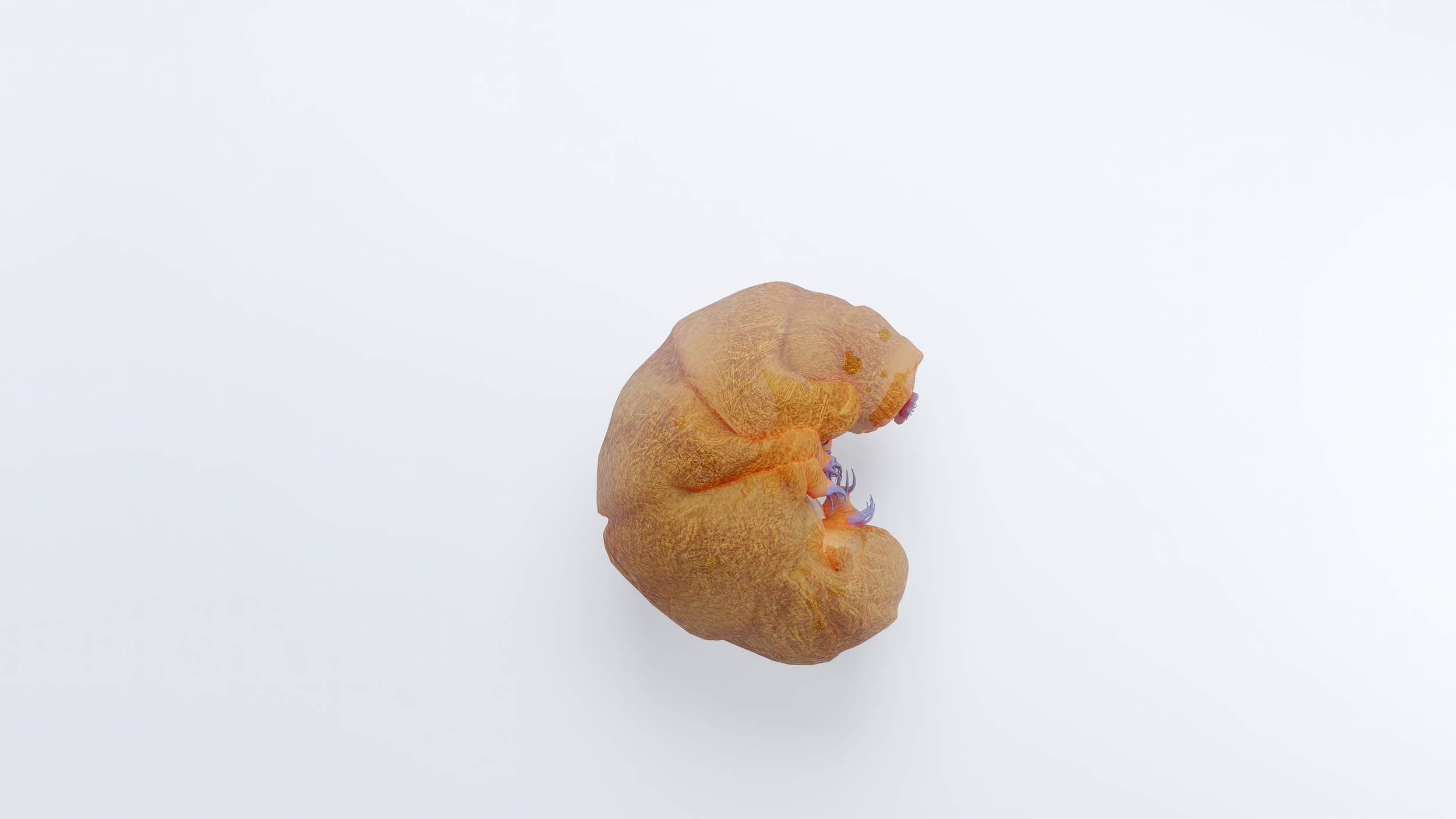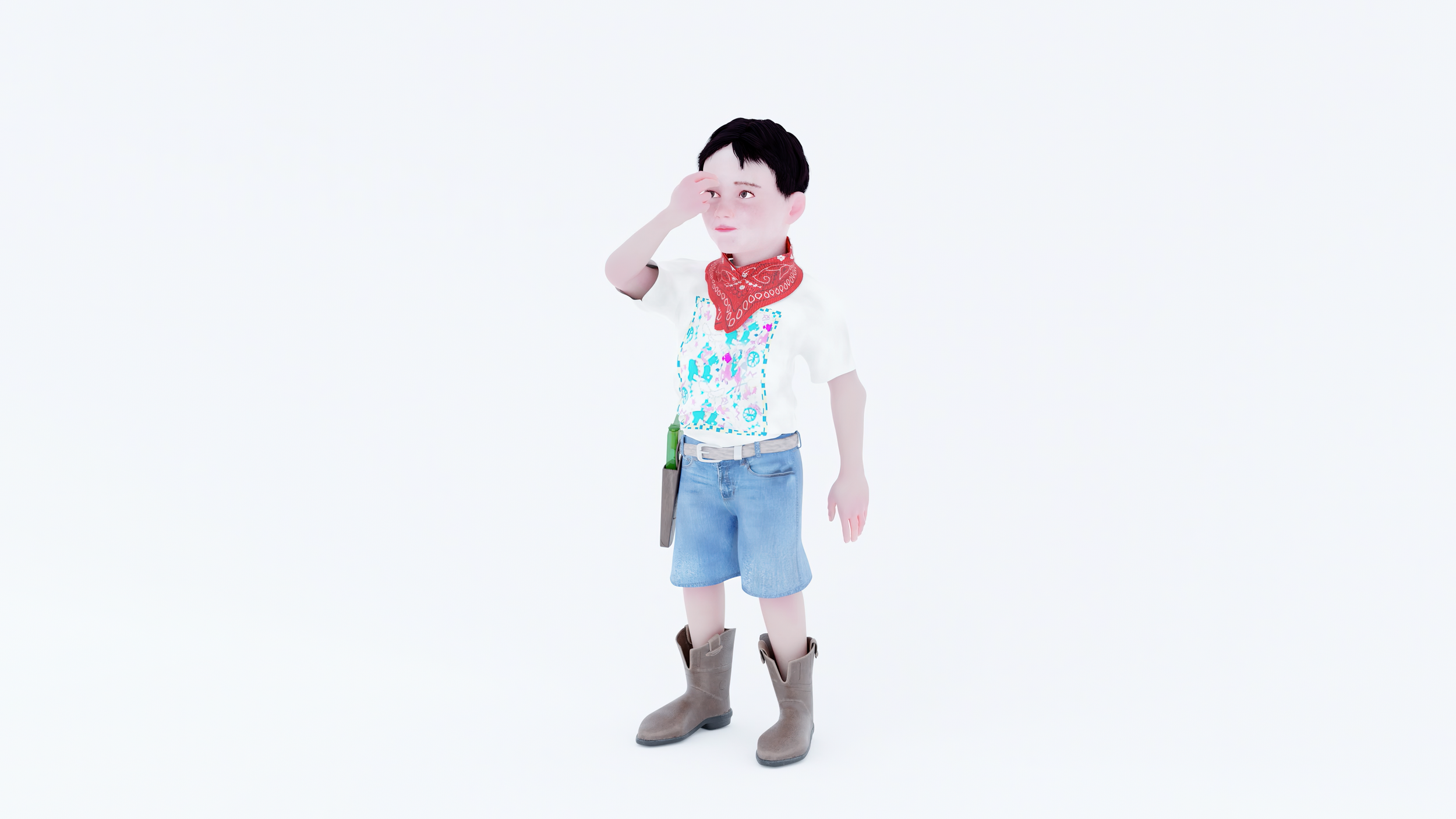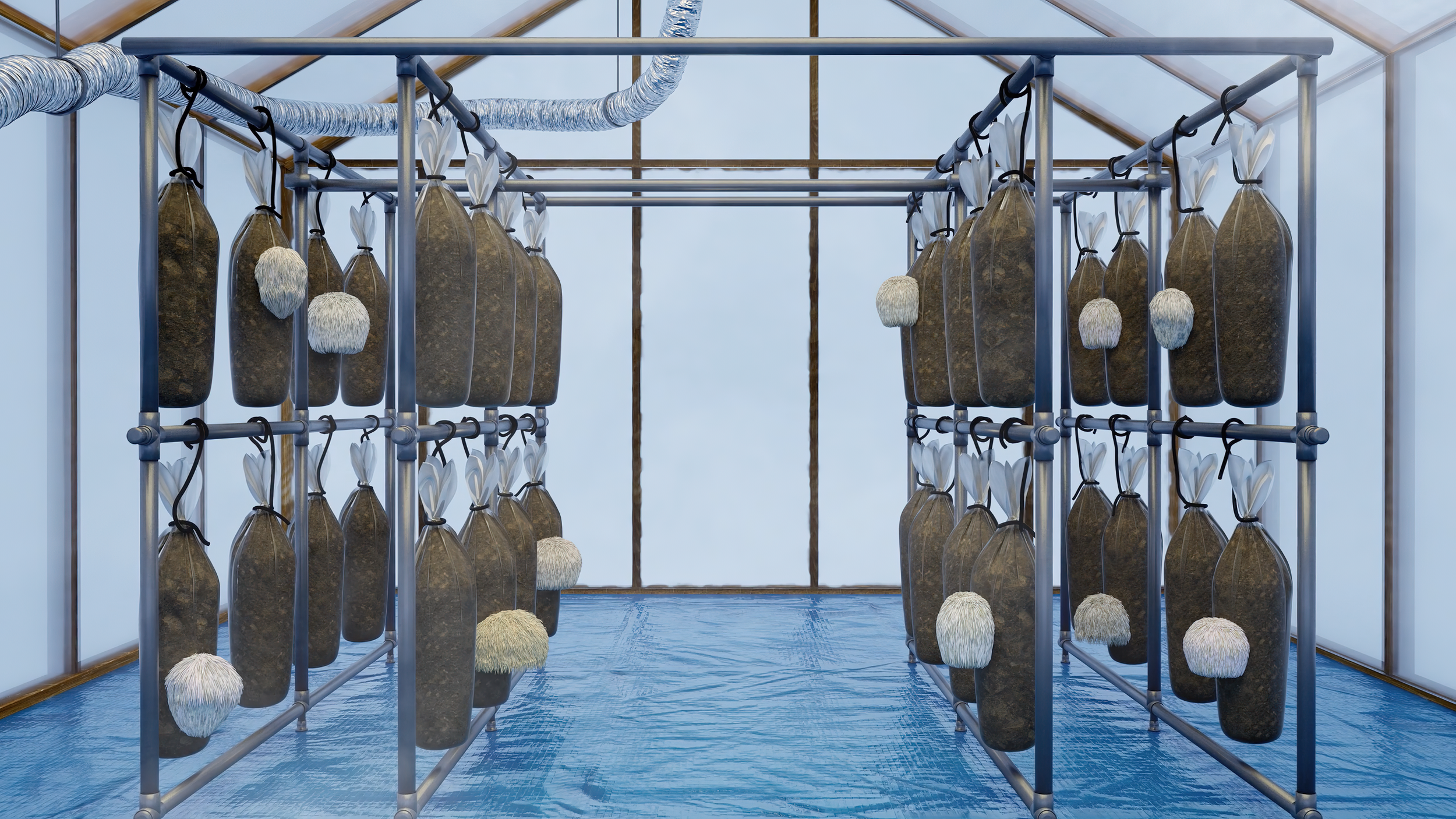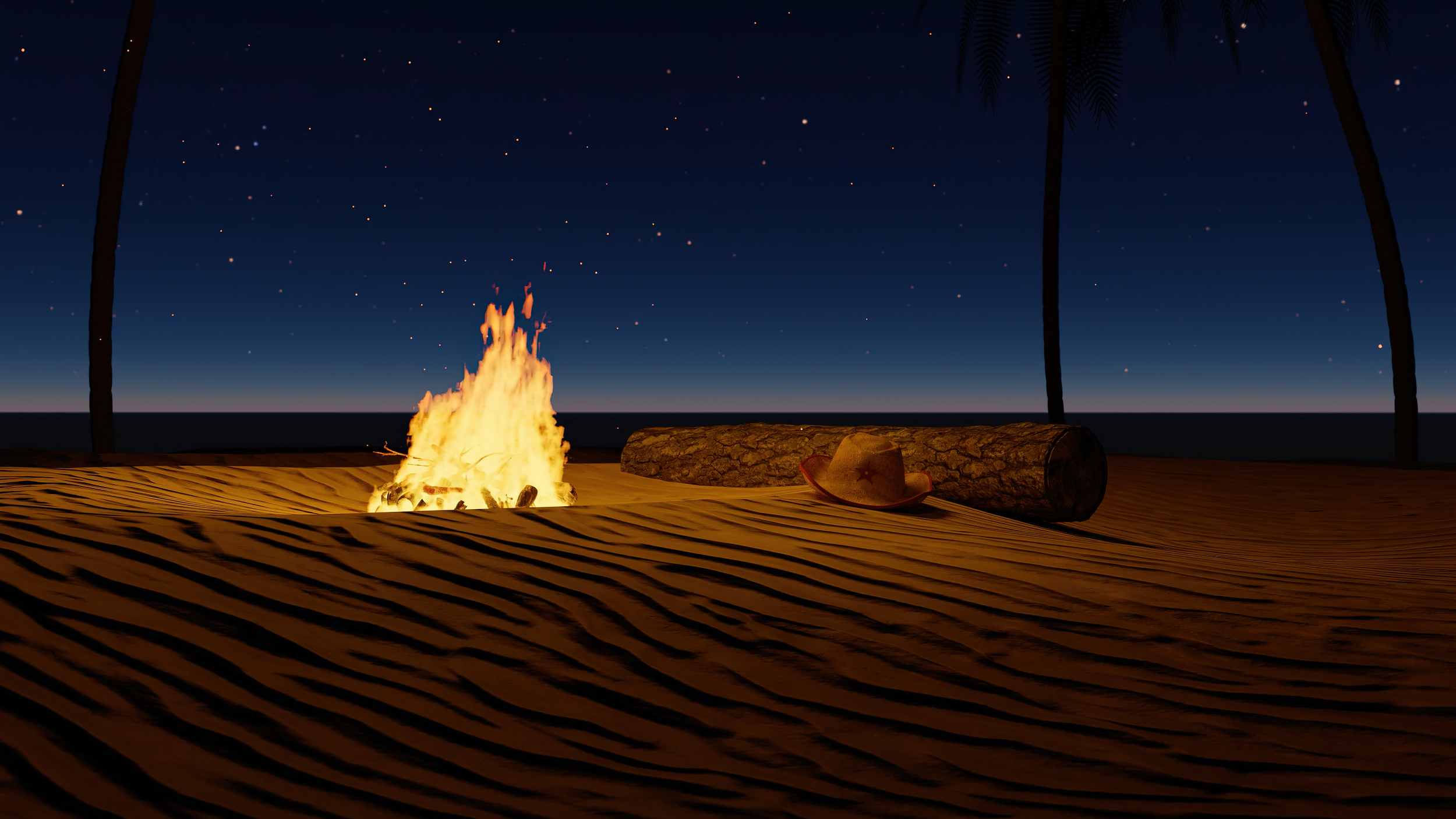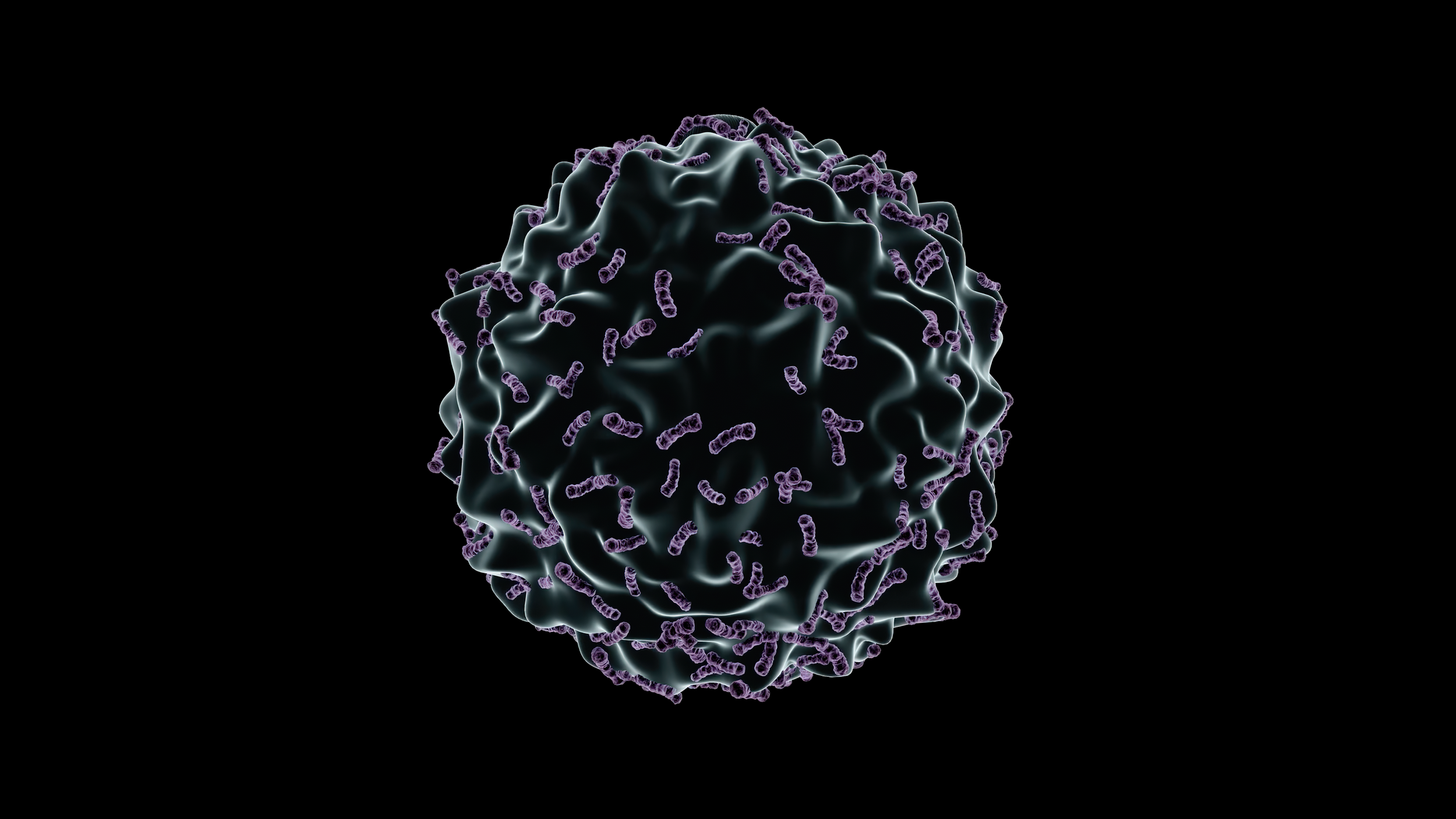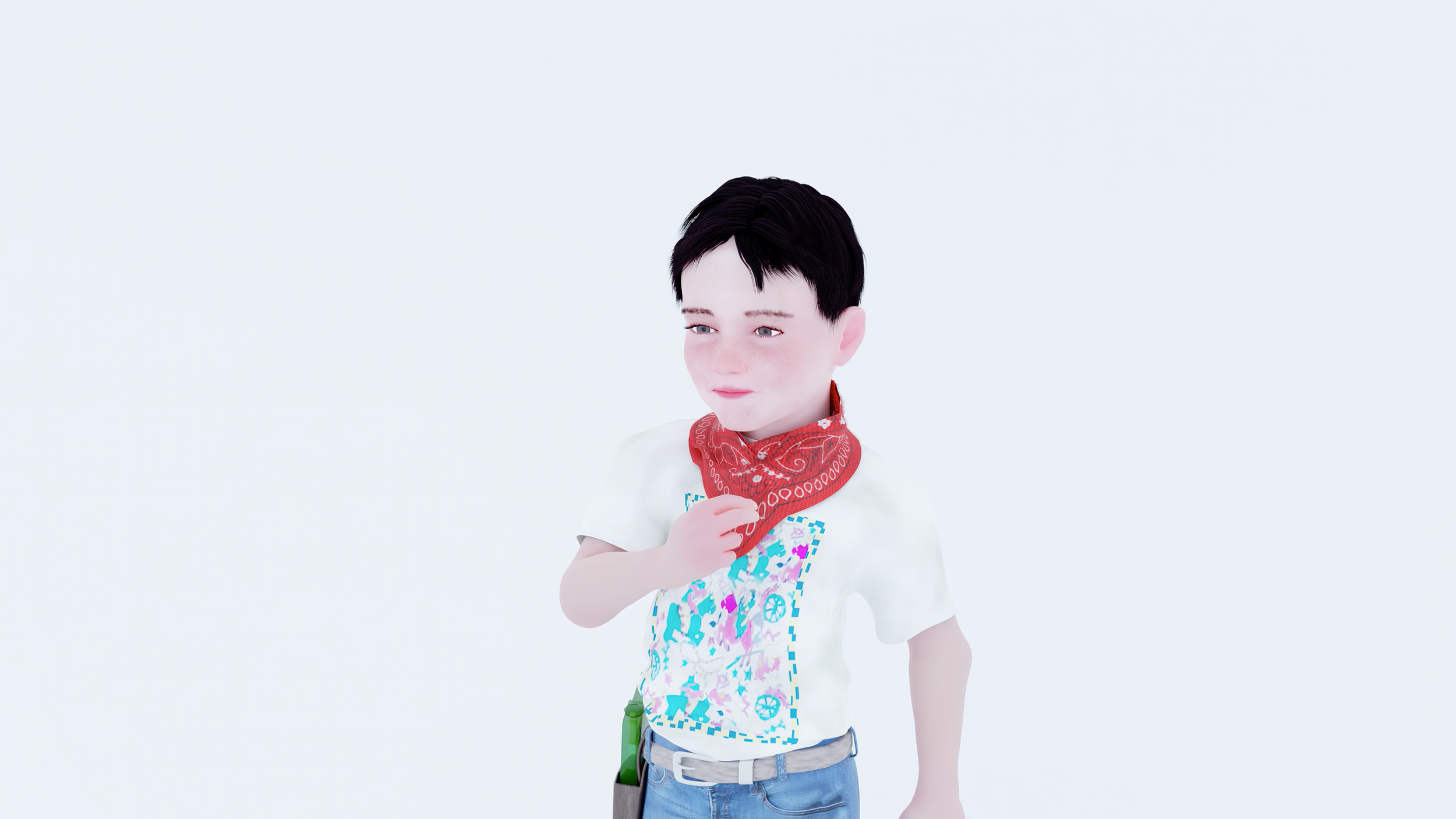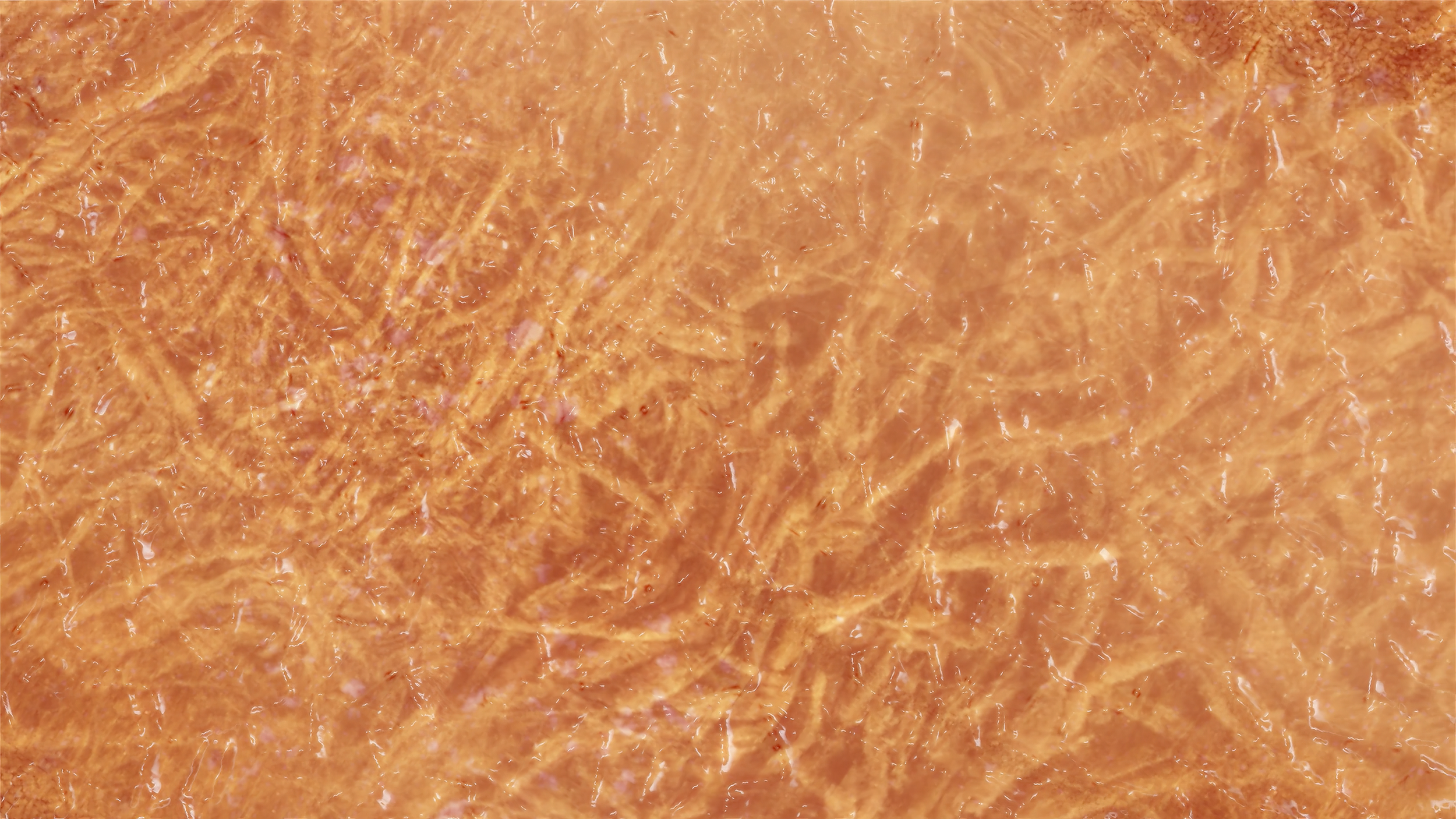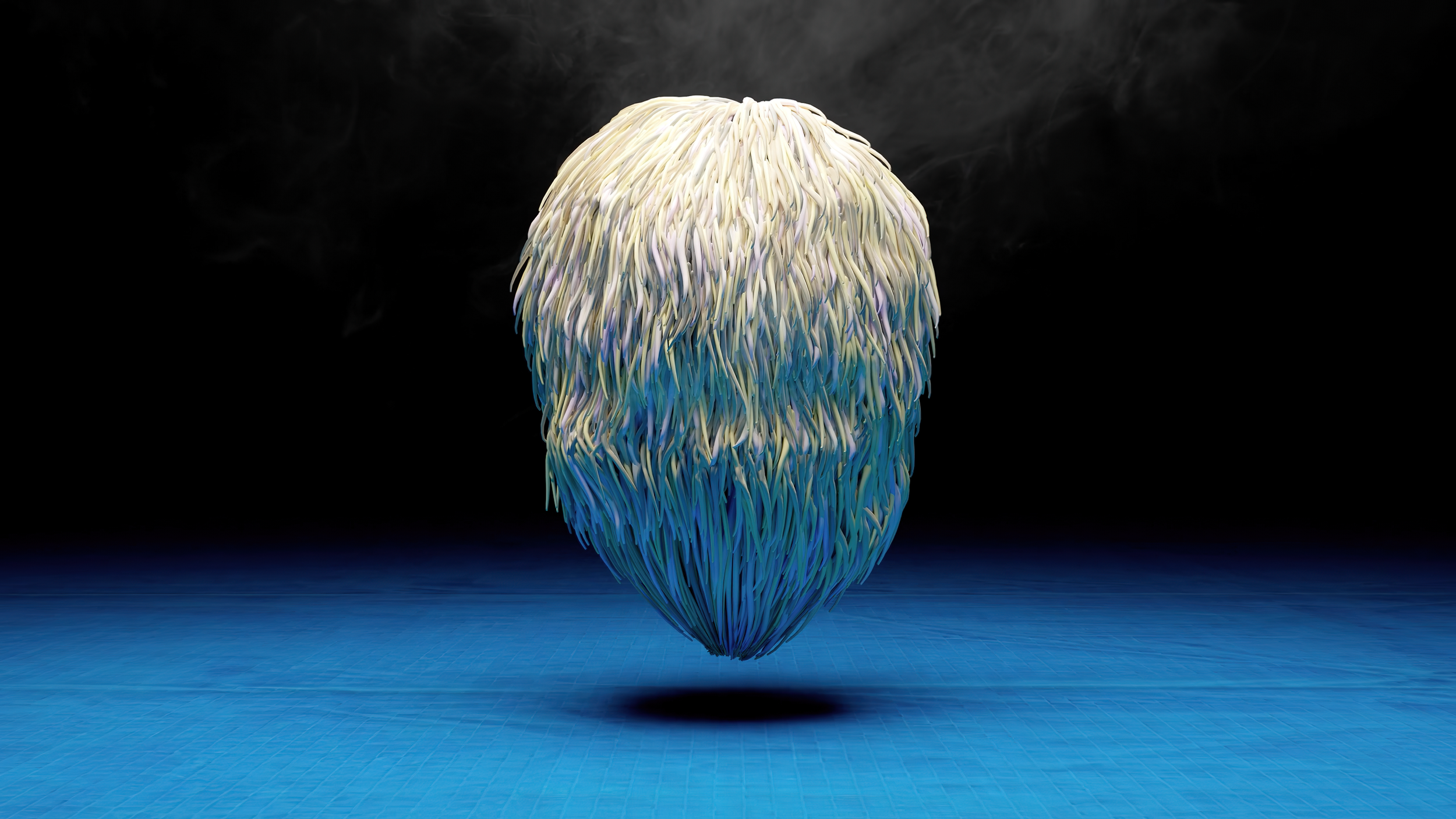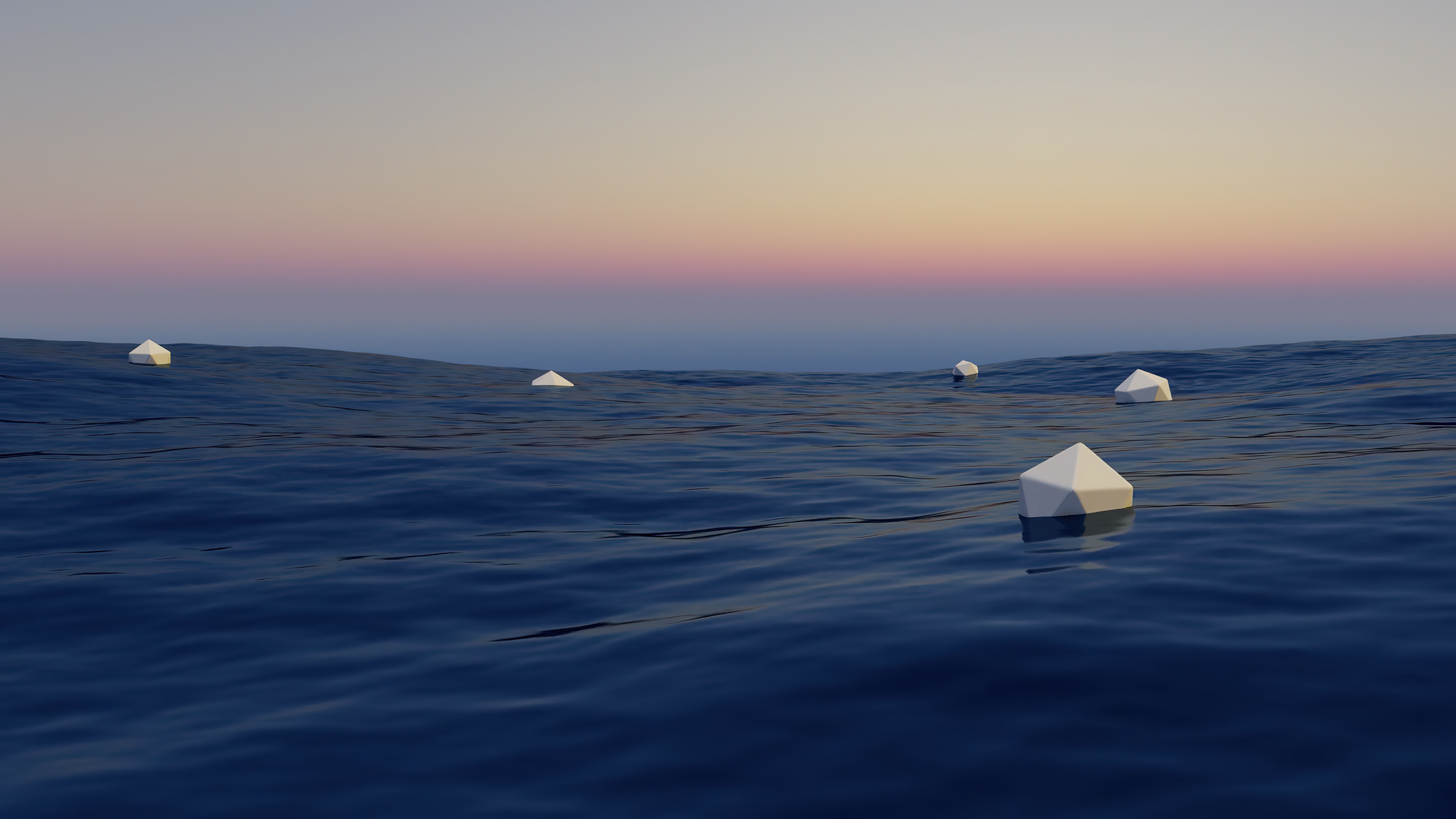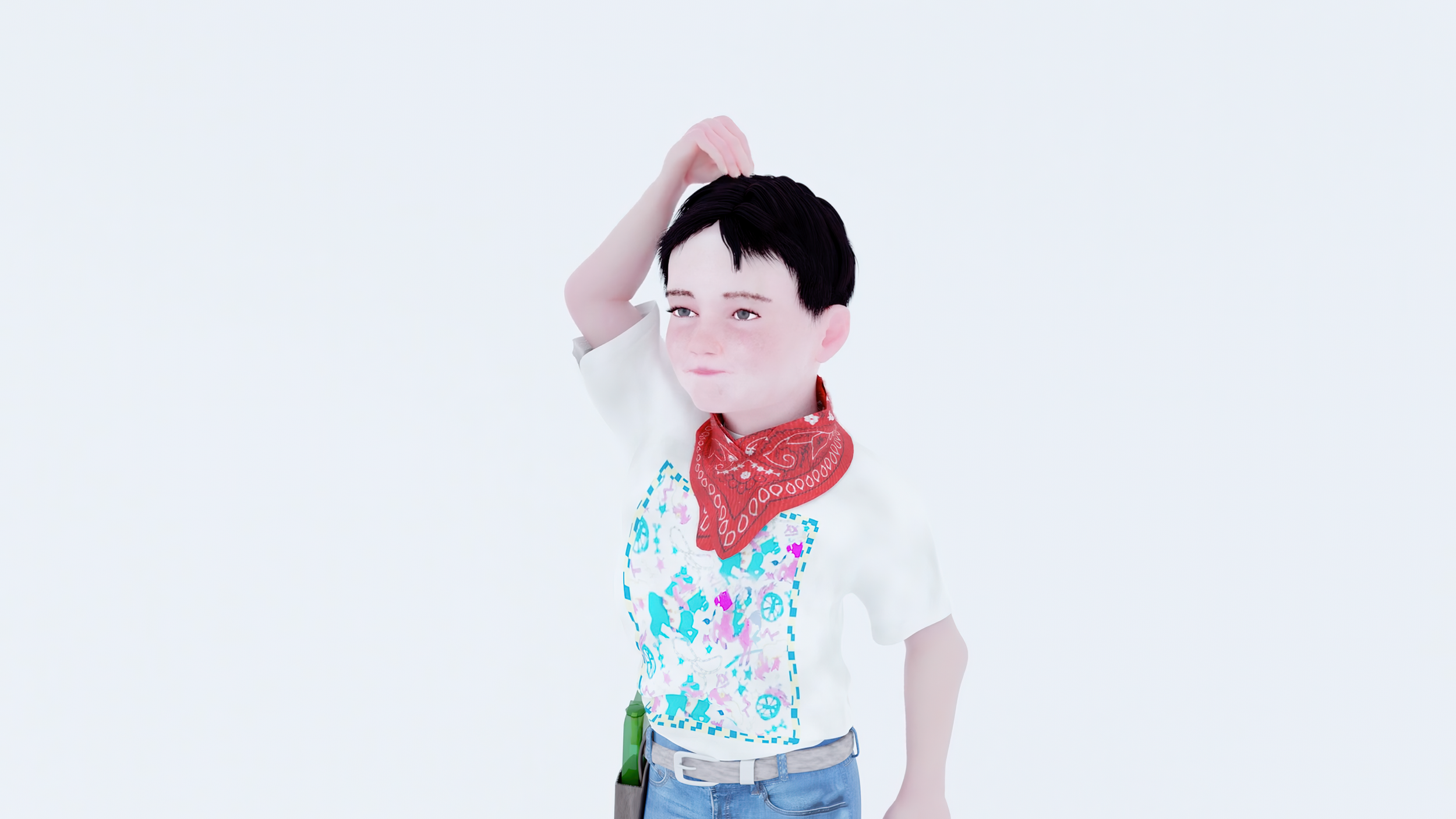Bending spoons, forking paths: On Natalie Maximova’s There is no spoon
As part of our ongoing coverage of Natalie Maximova’s The Edge of the World, currently exhibited on VRAL, we are delighted to present a video essay about her more recent work There is no spoon (2021).
The phrase “There is no spoon”, echoing through the corridors of cinematic history and bookmarked in the annals of culture virality, is a staple ingredient of simulation theory. This enigmatic utterance alludes at the inexplicability of reality and the illusory constructs that envelop our perception. The alleged, counter intuitive absence of the spoon, therefore, is a puzzle that has ontological and epistemological implications.
Let’s take a step back and try to unpack the concept.
In the dystopian universe of The Matrix (1999), this mantra emerges as a beacon of truth, challenging the accepted norms of existence. A young boy tells Neo about the paradoxical absence of the mundane utensil to suggest that within a simulation, anything is possible. The boy’s verdict “you’ll see that it is not the spoon that bends, it is only yourself” can be read as an invitation to abandon biases, reject prejudices, and recognize the limitations of existing frameworks. On a more philosophical level, the maxim serves as a reminder that the physical manifestations we perceive as tangible objects are but constructs of our mind’s incessant activity, mere facades within the vast labyrinth of simulation. The spoon, a seemingly ordinary tool, becomes a potent metaphor for the illusions that veil our understanding, urging us to question the authenticity and veracity of our perceptions. Recognizing our constraints is the first step toward an epistemological liberation.
As the narrative threads of simulation theory and video games intertwine, the parallel between the illusory world of The Matrix and the immersive interactive digital experiences becomes apparent. Video games, much like the simulated reality portrayed in the film, transport participants into meticulously crafted worlds, replete with intricately designed environments, characters, and narratives. In this boundless and often groundless domain, players embark on a number of quests, facing challenges and overcoming obstacles, all within a construct devoid of material substance and, perhaps, meaning.
The convergence of simulation theory and video games poses a captivating inquiry into the nature of agency and perception. Within the gaming realm, players navigate these digital landscapes, fully aware of the artifice that underpins their experiences. They become active participants, willingly immersing themselves in simulated realities, where the boundaries of what is real and what is fiction begin to blur. As we previously discussed, this confounding but enthralling situation is at the center of Maximova’s work The Edge of the World which seems to suggest that there’s no such thing as reality, just layers upon layers of simulation, connected by glitched areas, broken portals and literal or metaphorical rabbit holes.
Like its literary predecessor, the phrase “There is no spoon" serves as a poignant reminder of the ultimate conundrum, prompting players and observers alike to question the essence of their digital engagements. Are the avatars we control mere digital extensions of our own consciousness, or are they independent entities with their own sense of existence? Are the trials and triumphs we experience within the digital a reflection of our own realities — thus the underlying logic is memetic — or are they mere constructs of coded algorithms, and therefore purely compensative?
When examined through the lens of simulation theory and game design, this enigmatic observation — “There is no spoon” — confronts us with the profound paradox of existence within constructed realities. It beckons us to peel back the layers of illusion and seek a deeper understanding of the simulacra that shape our perception, understanding, and desires.
This paradox lies at the center of Natalie Maximova’s eponymous video work, which invites the viewer to embark on a profound expedition, akin to traversing a boundless video game devoid of prescribed objectives or known destinations. There is no spoon explicitly references the aforementioned line from The Matrix that explores the intersection of reality as a distinct entity and our perception of it.
(continues)
Matteo Bittanti



